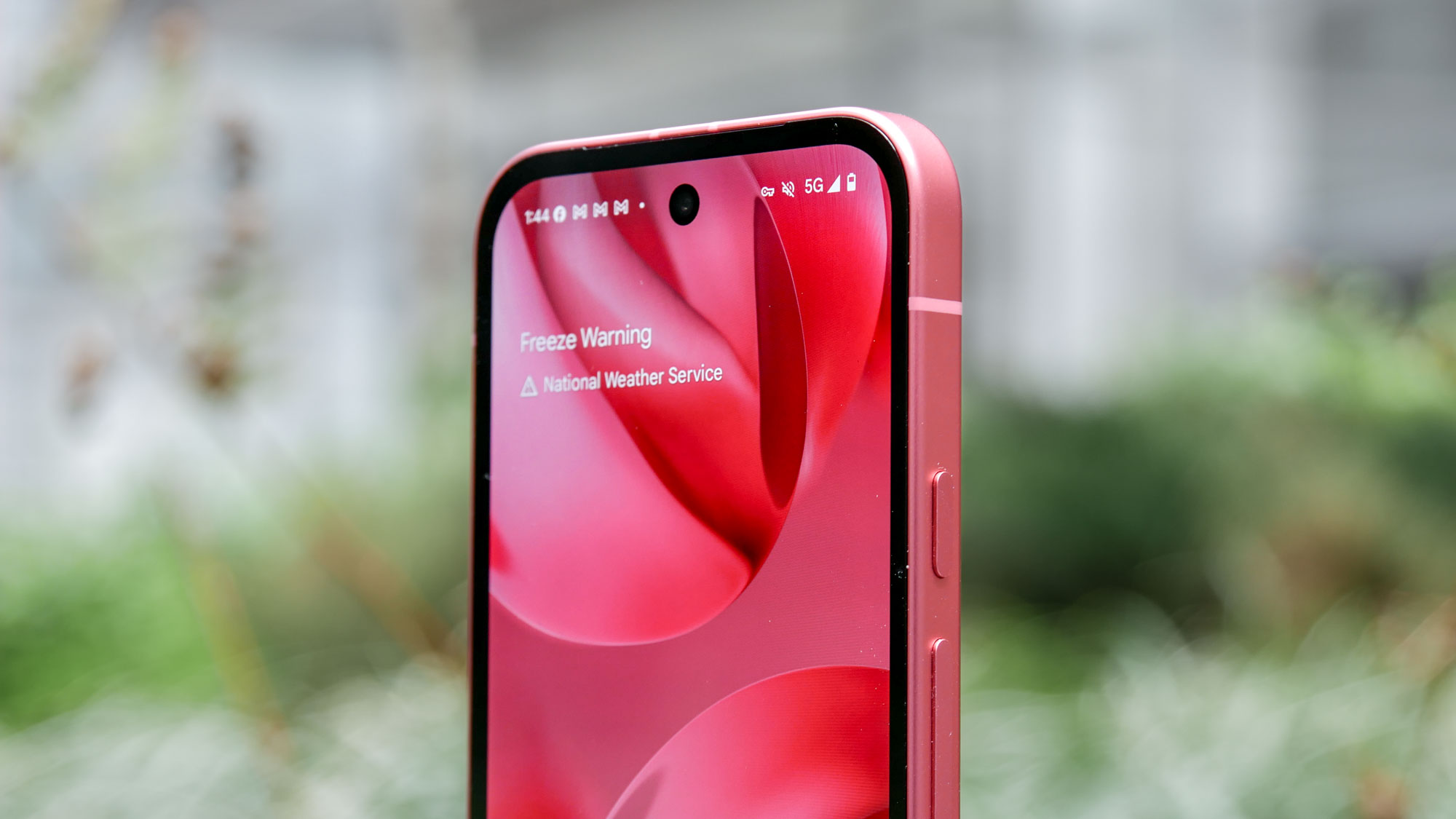I put the Google Pixel 9a vs Apple iPhone 16e through a 7-round face-off — here’s the winner
It turns out to be a one-sided win
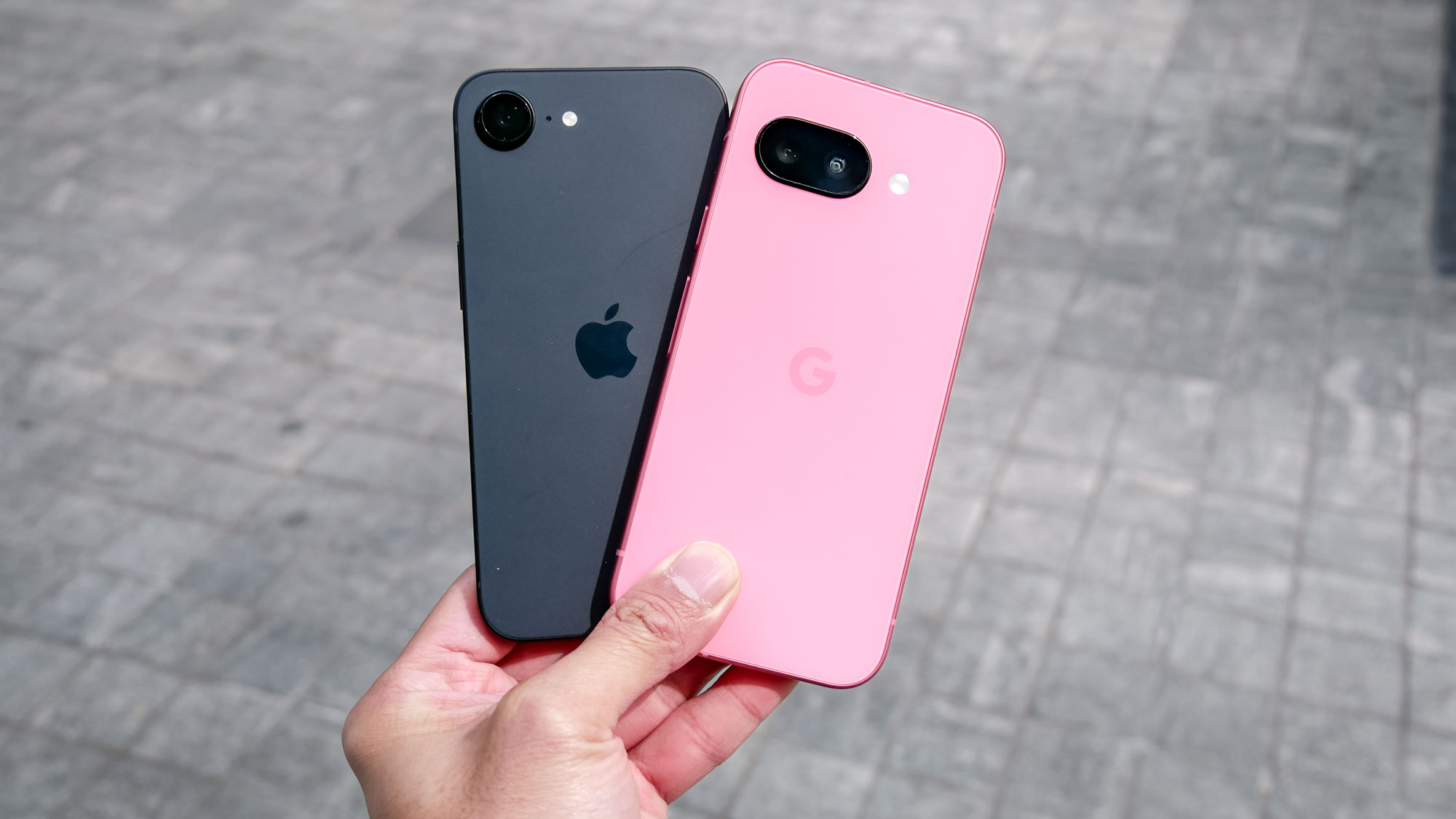
When it comes to the Android vs iPhone debate, one of the biggest comparisons centers around Google vs Apple. This is why a Google Pixel 9a vs. iPhone 16e face-off is needed to determine which is the worthier midrange phone.
There’s no denying that the iPhone 16e is one of the biggest phone surprises this year. In my iPhone 16e review, I mention how the cheapest new iPhone is a substantial upgrade over its spiritual predecessor, even if it is priced much higher than the iPhone SE.
In contrast, I really focus on the value proposition that Google’s new budget phone provides in my Pixel 9a review. Not only does the Pixel 9a have several hardware advantages, but its sub-$500 cost continues to be one of its biggest rewards. It’s no surprise that the Pixel 9a ranks as the best cheap phone you can buy.
Now that I’ve put both phones through their paces, it’s time to ultimately determine a winner in this Pixel 9a vs. iPhone 16e debate. Much like my other phone face-offs, I’m grading them on seven categories and choosing a winner with each.
Pixel 9a vs. iPhone 16e: Specifications
| Row 0 - Cell 0 | Google Pixel 9a | iPhone 16e |
Starting price | $499 / £499 | $599 / £599 / AU$999 |
Display | 6.3-inch Actua pOLED | 6.1-inch OLED (2532 x 1170) |
Refresh rate | 60 - 120Hz | 60Hz |
Rear cameras | 48MP main (ƒ/1.7), 13MP ultrawide (ƒ/2.2) | 48MP main with 2x in-sensor zoom (f/1.6) |
Front camera | 13MP selfie (ƒ/2.2) | 12MP (f/1.9) |
Chipset | Google Tensor G4 | Apple A18 |
RAM | 8GB | 8GB |
Storage | 128GB, 256GB | 128GB, 256GB, 512GB |
Battery | 5,100 mAh | 4,005 mAh |
Charging | 23W wired, 7.5W wireless | 20W wired, 7.5W wireless |
Size | 6.1 x 2.9 x 0.4 inches (154.9 x 73.6 x 10.1 mm) | 5.78 x 2.82 x 0.31 inches (146.7 x 71.5 x 7.8 mm) |
Weight | 6.6 ounces / 187 grams | 5.88 ounces / 167 grams |
Colors | Obsidian, Porcelain, Iris, Peony | Black, White |
Dust/water resistance | IP68 | IP68 |
Pixel 9a vs. iPhone 16e: Price and availability
I’m still a little shocked about the $599 price that Apple decided to give the iPhone 16e. Not only is it substantially more expensive than the iPhone SE 2022, but Apple's phone suffers from a specs disadvantage in some areas when compared to a device like the Pixel 9a — like its display refresh rate and single rear camera. Meanwhile, you’ll spend less picking up the $499 Pixel 9a.
Even though Google has an inherent advantage here, all the different Pixel 9a deals and iPhone 16e deals effectively can get either of them at steeper discounts depending on where you go.
Both phones are available in 128GB and 256GB capacities, but you will also find a 512GB option with the iPhone 16e. However, I much prefer the color choices of the Pixel 9a (Obsidian, Porcelain, Iris, and Peony) because you only get to pick between white or black with the iPhone 16e.
The iPhone 16e launched first on February 28, 2025, with the Pixel 9a launching a bit later on April 10, 2025.
Winner: Pixel 9a
Pixel 9a vs. iPhone 16e: Design
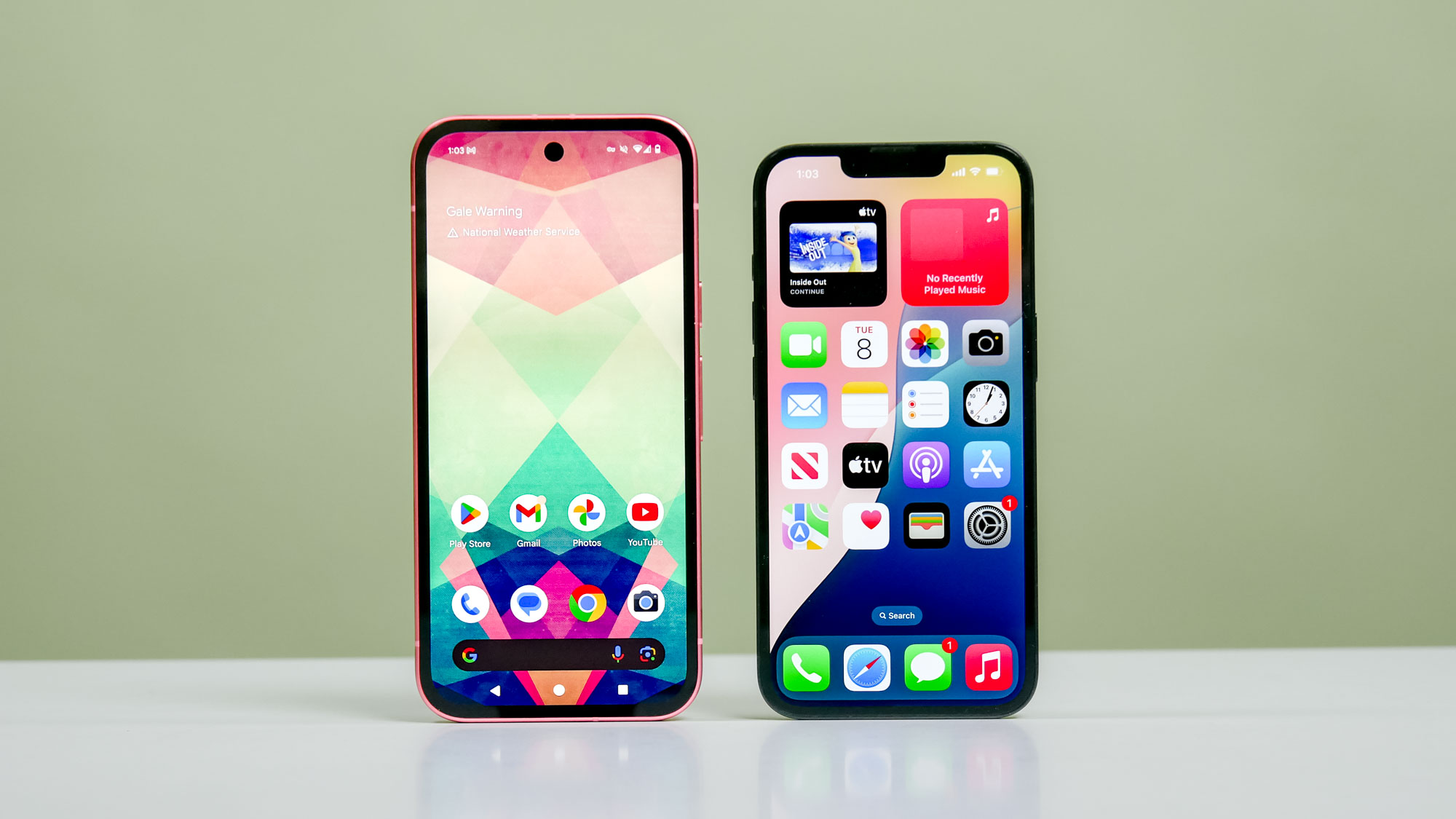
From the front, it’s almost impossible to tell which phone is which because they’re so similar — at least until you turn them on or flip them around. The iPhone 16e adopts the design language of the iPhone 16 with its flat edges and rounded corners, while the Pixel 9a follows the aesthetics of the Pixel 9.
Neither design is polarizing in my opinion, but there are a few crucial design aspects that make me favor the Pixel 9a here. For starters, it has a cleaner look on the front because it has a pinhole cutout for its selfie camera, while the iPhone 16e has a notch instead of the Dynamic Island featured on other iPhone 16 models.
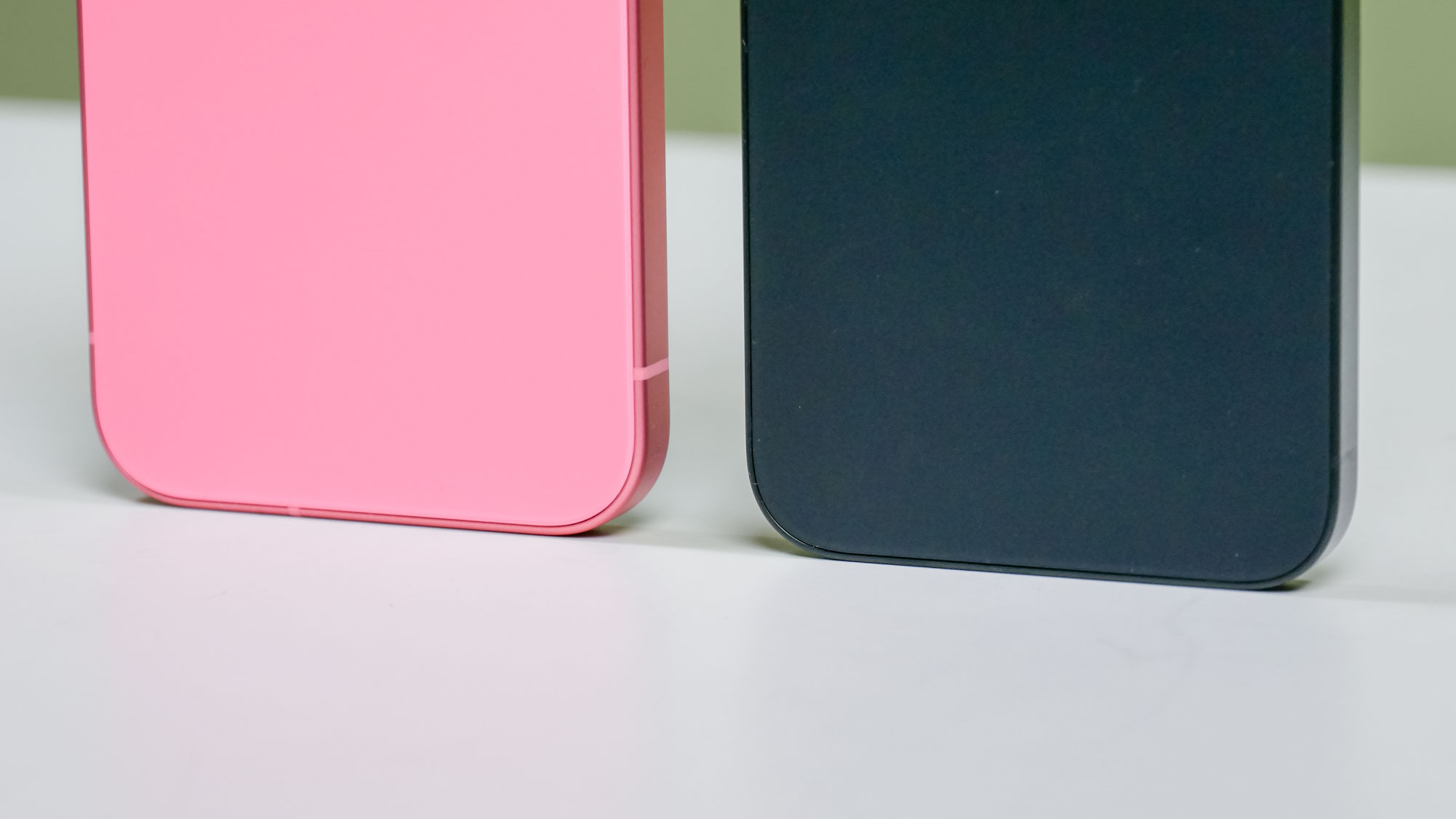
Secondly, the Pixel 9a’s edges have a slight curved edge — making that phone gentler to hold than the iPhone 16e. Those same edges on the iPhone 16e feel a bit sharp.
And finally, the extra two color options with the Pixel 9a add a bit of charm to the usual black and white options both phones are offered in. Color options are always good, even if people are likely to buy a case.
In terms of durability, the Pixel 9a and iPhone 16e both offer IP68 dust/water resistance, an upgrade for the Pixel that gives both phones the current flagship standard for toughness. Apple uses a Ceramic Shield display material to protect the iPhone 16e, while Google uses Gorilla Glass 3, giving both protection against drops and scratches.
Winner: Pixel 9a
Pixel 9a vs. iPhone 16e: Display
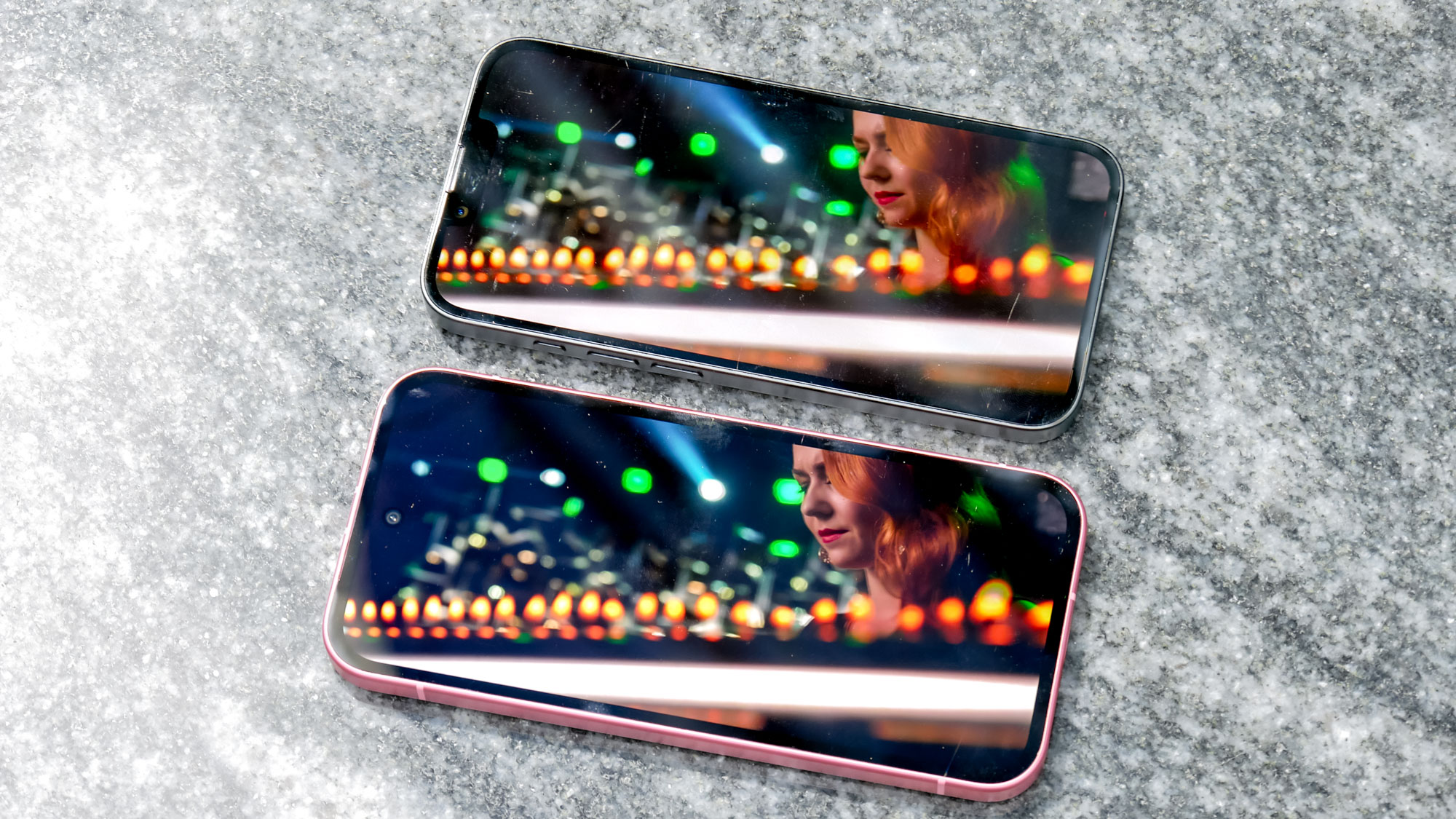
The screen of the Pixel 9a is a touch larger than the iPhone 16e, measuring 6.3 inches to the Apple phone's 6.1-inch size. It also looks smoother, with a peak refresh rate of 120Hz rather than just a flat 60Hz. Both phones use OLED tech, but the Actua technology used by Google delivers a much brighter panel.
In fact, it’s not even close. That’s because our labs recorded a peak brightness of 2,076 nits with the Pixel 9a, which for a budget phone is way off the charts. This is nearly double the 1,028-nit peak brightness we recorded with the iPhone 16e, and it’s instantly noticeable when we watch videos outside.
| Row 0 - Cell 0 | Pixel 9a | iPhone 16e |
Peak brightness (nits) | 2,076 | 1,028 |
DCI-P3 Adaptive/Neutral (%) | 94.2 / 83.8 | 90.2 |
Delta-E color accuracy (lower is better) | 0.24 / 0.20 | 0.26 |
A big reason why I prefer the Pixel 9a’s display over the iPhone 16e is because of that faster 120Hz refresh rate. Even though it’s not as apparent while watching video, I can see the difference with certain animations — like scrolling — as well as playing games. The Pixel 9a simply looks smoother.
Winner: Pixel 9a
Pixel 9a vs. iPhone 16e: Cameras
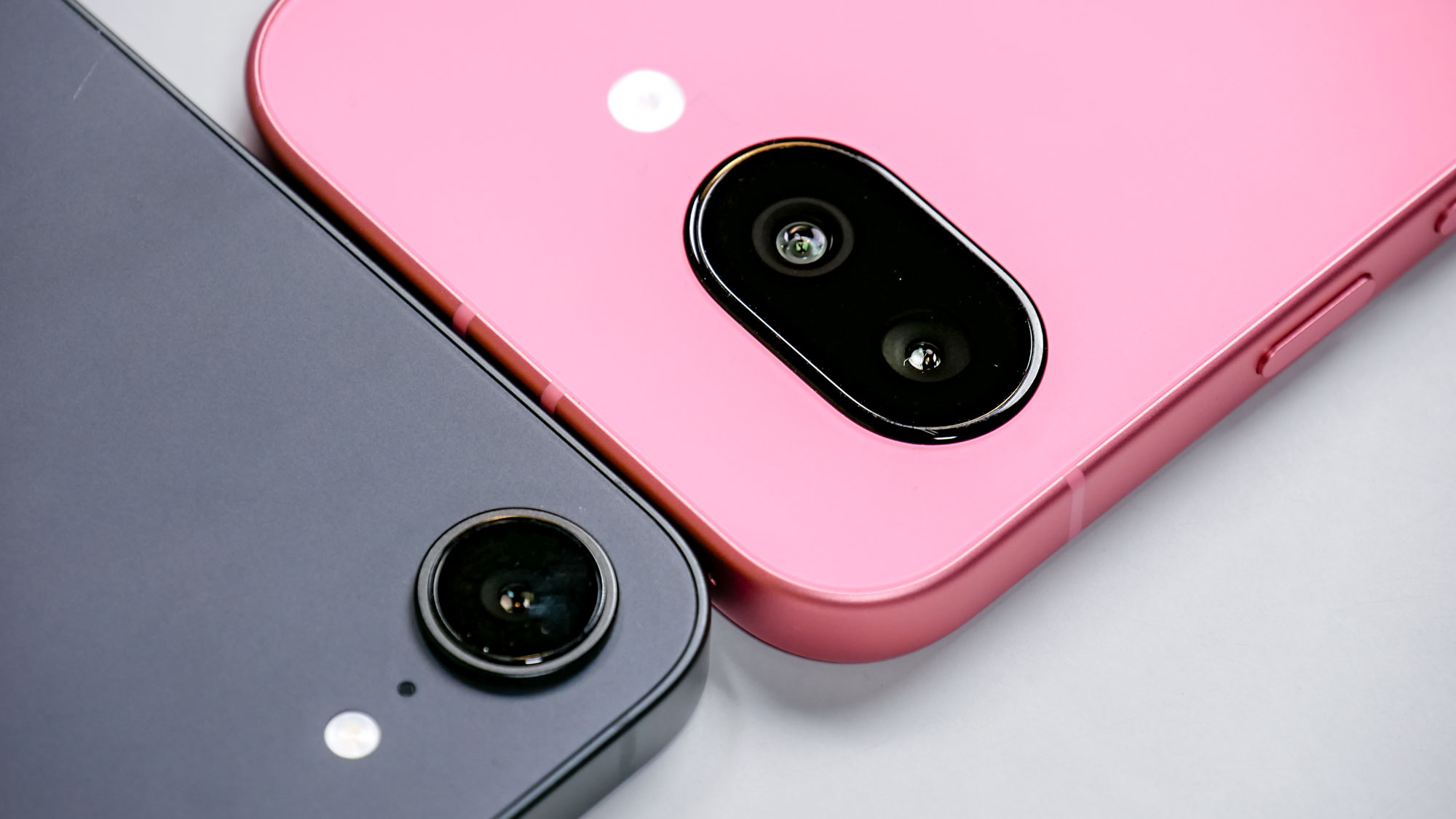
Our two competitors both offer 48MP main cameras, but things change from that point. Technically, this is a downgrade for the Pixel 9a, since the Pixel 8a featured a 64MP camera, but the larger aperture of the new 48MP camera makes a difference, which I’ve pointed out in my Pixel 9a review.
On top of that, the Pixel 9a has an inherent utility advantage because it also comes with a 13MP ultrawide camera, something that the iPhone 16e doesn't offer. That gives the Pixel an advantage when it comes to fitting more stuff in-shot and for close-ups, as Google's now given the ultrawide camera the same macro abilities as premium Pixels. On the front, the Pixel 9a has a slight megapixel advantage with its 13MP selfie camera compared to the iPhone 16e's 12MP one.
Between them, I prefer the camera app of the Pixel 9a — largely because of how it has better controls and modes. There are also the different AI-assisted photo tools of the Pixel 9a, like Add Me, which the iPhone 16e doesn’t have anything close to matching.
I’ve already taken over 200 photos with the Pixel 9a and iPhone 16e, so I know very well what these best camera phone contenders have to offer — but here’s just some of my thoughts about their camera performances.
When it's daytime and there's plenty of light, the iPhone 16e's main camera really shines — and the side-by-side shot above is proof. While the Pixel 9a’s shot appears to be brighter, it looks a bit washed out compared to the higher contrast looking shot of the iPhone 16e. Plus, the warmer color temperature makes the iPhone’s image pop a lot more.




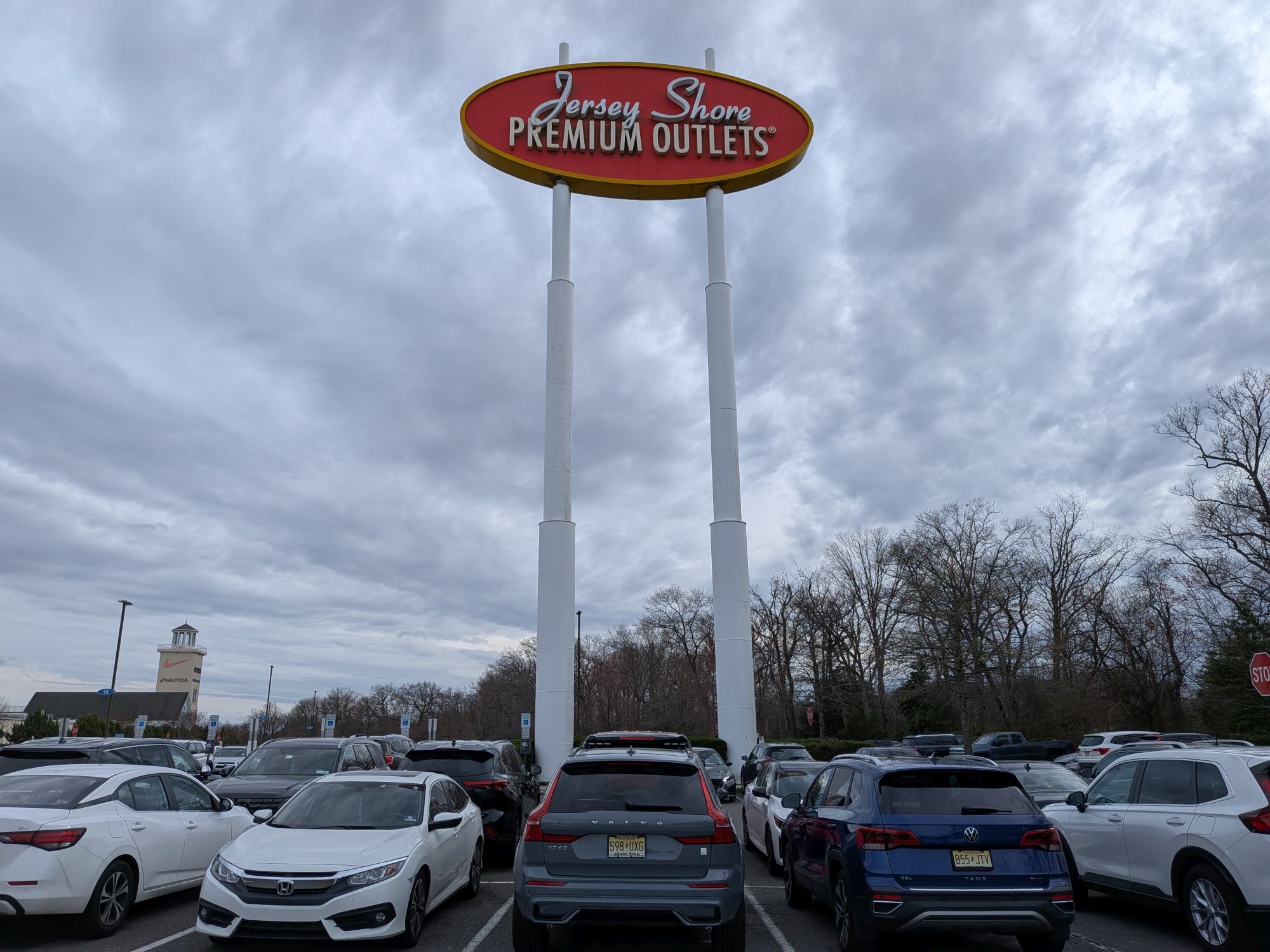

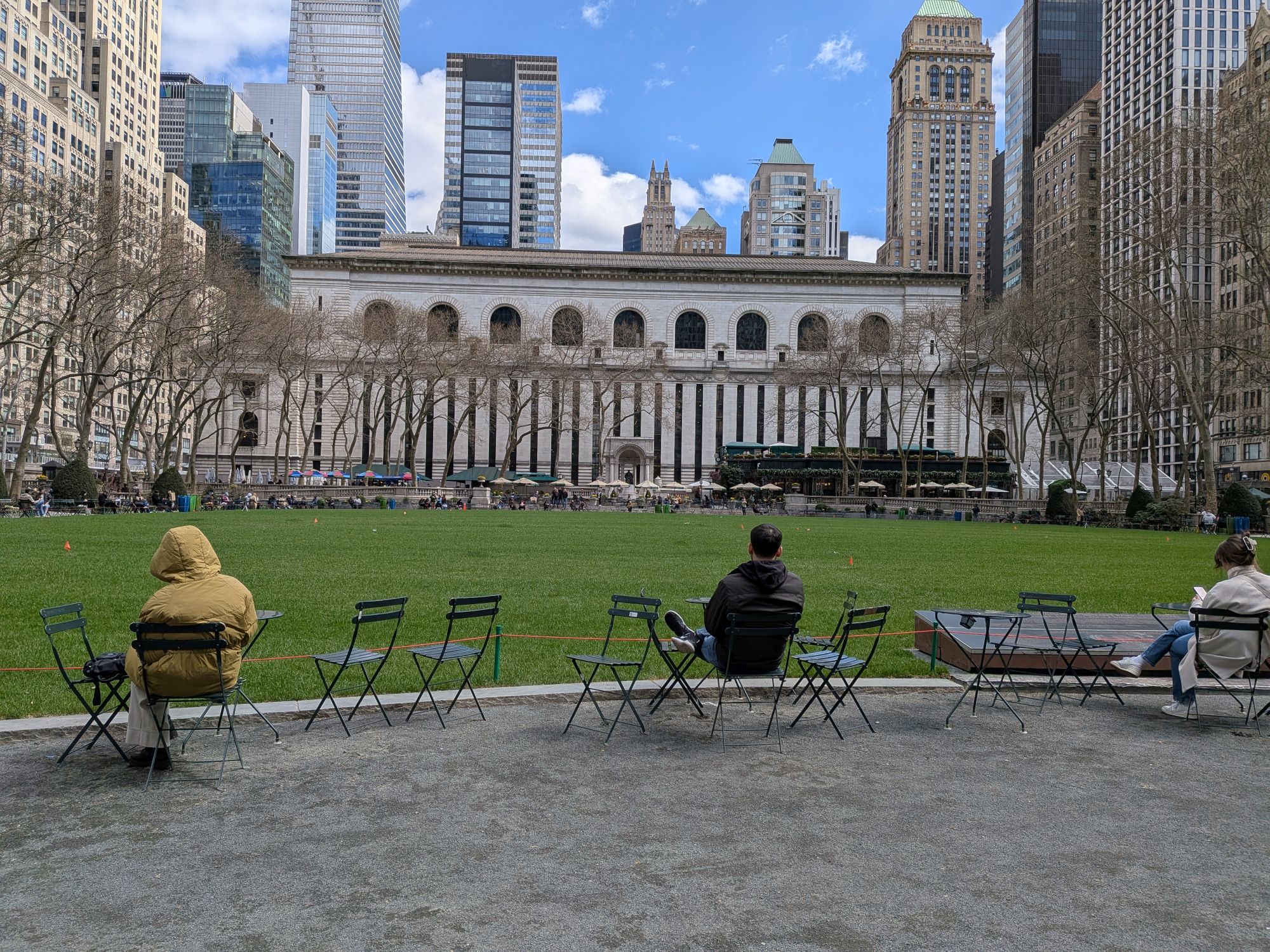

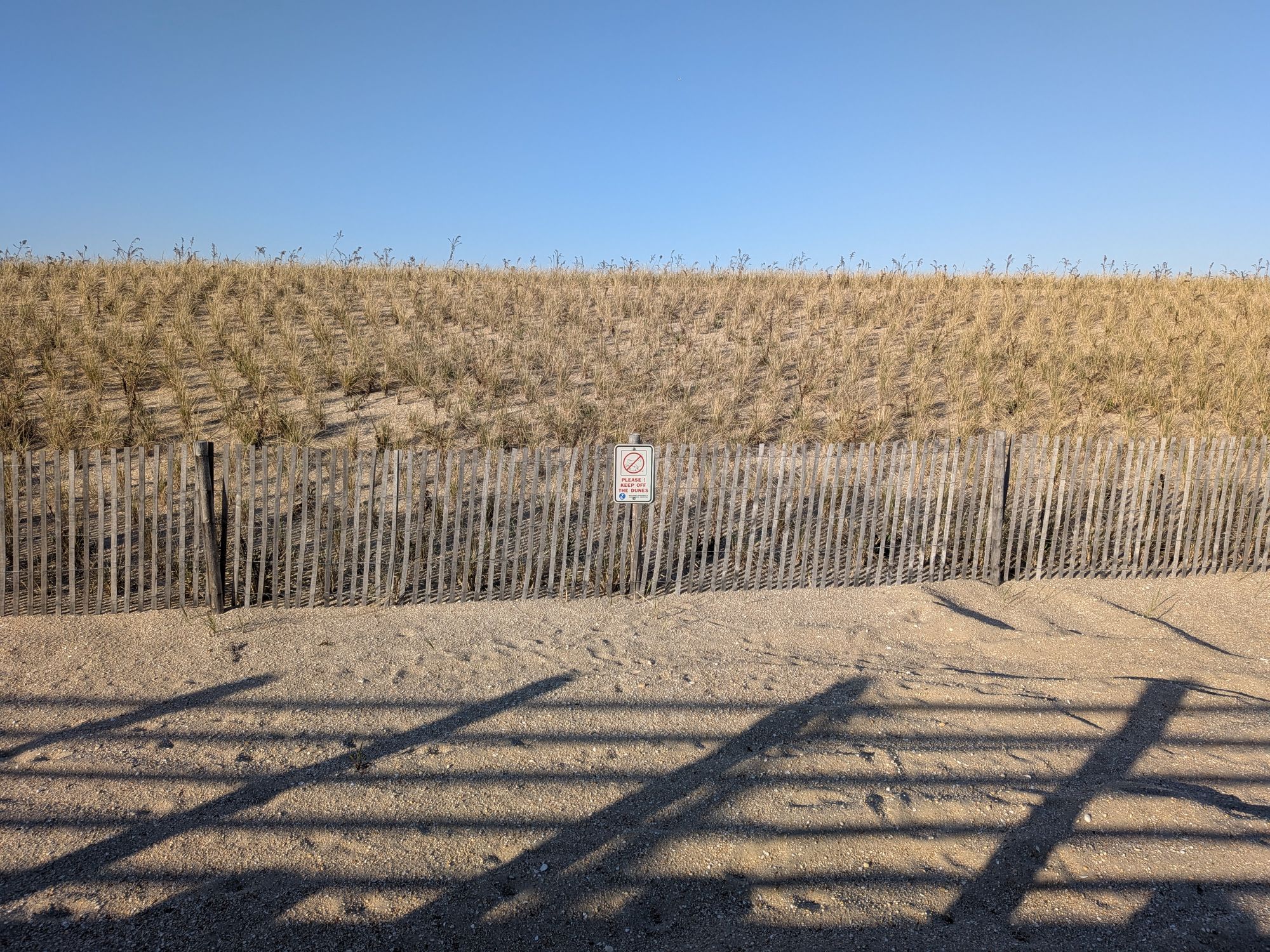



Due to how the Pixel 9a offers a dedicated macro mode, I’m able to get much closer to my subjects.
The shot above of the gerbera daisy might have the same framing, but the iPhone 16e’s shot is cropped a lot more to match the Pixel 9a. As a result, it doesn’t have the same amount of details captured with the petals and buds.
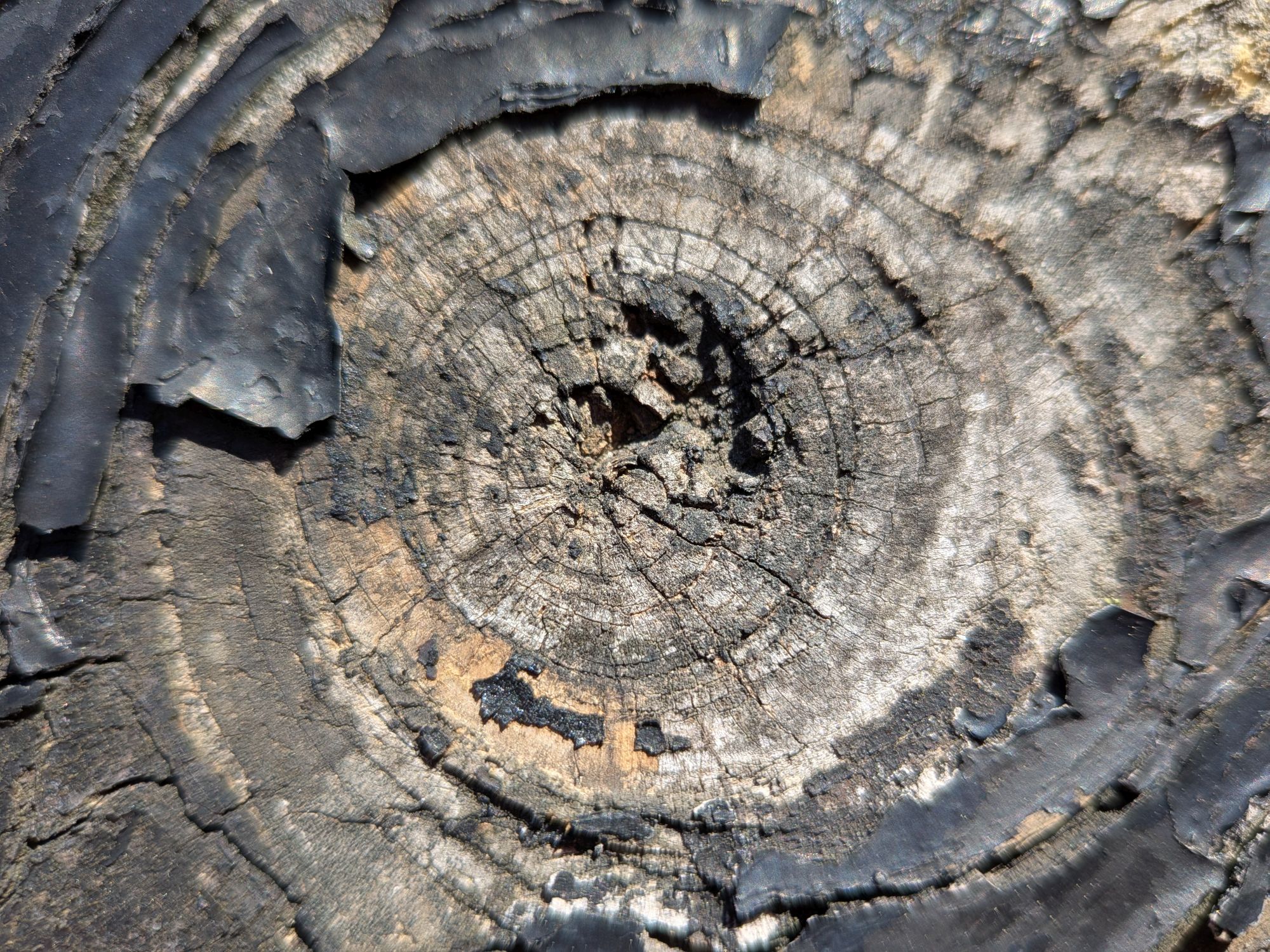
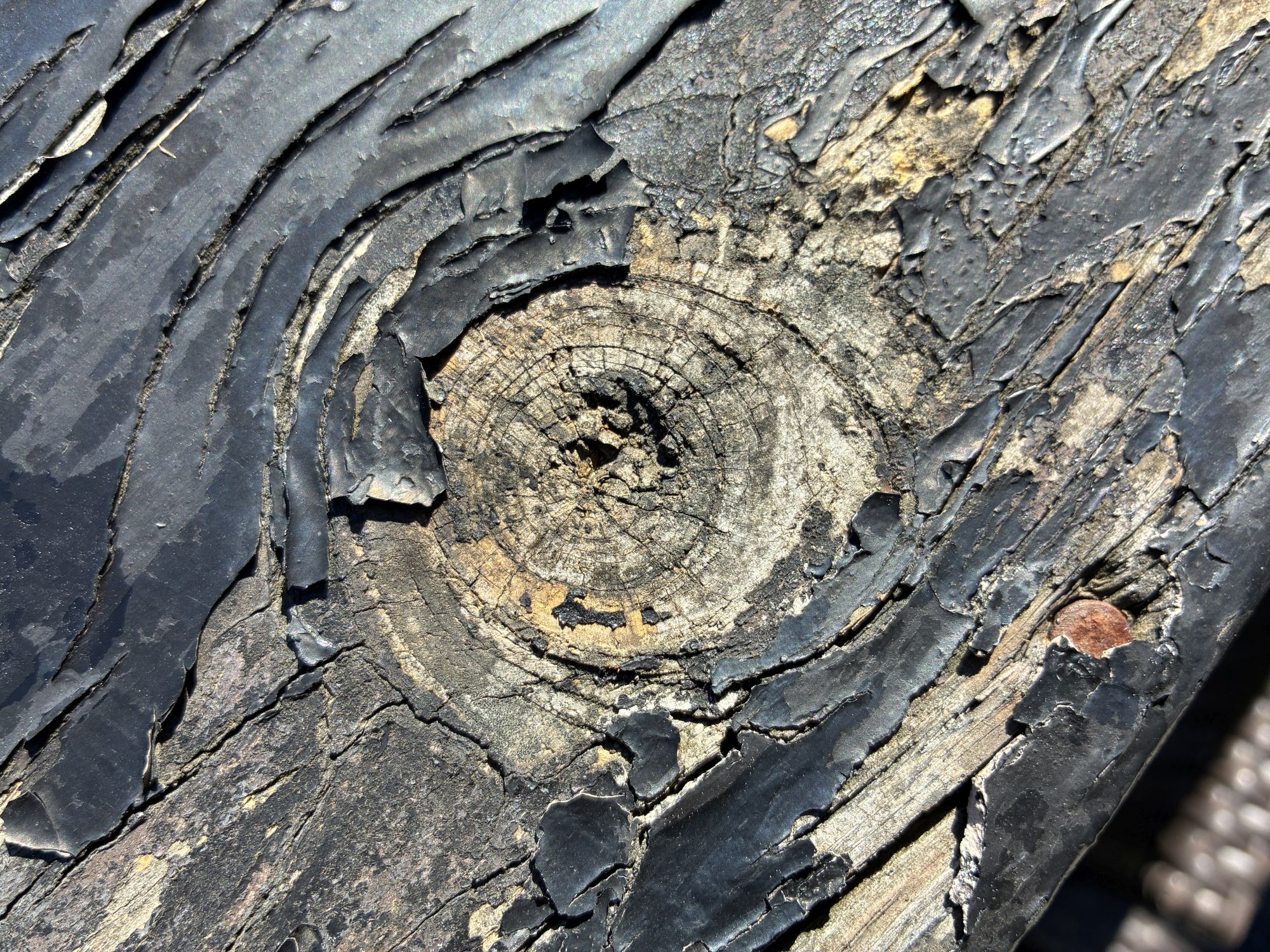
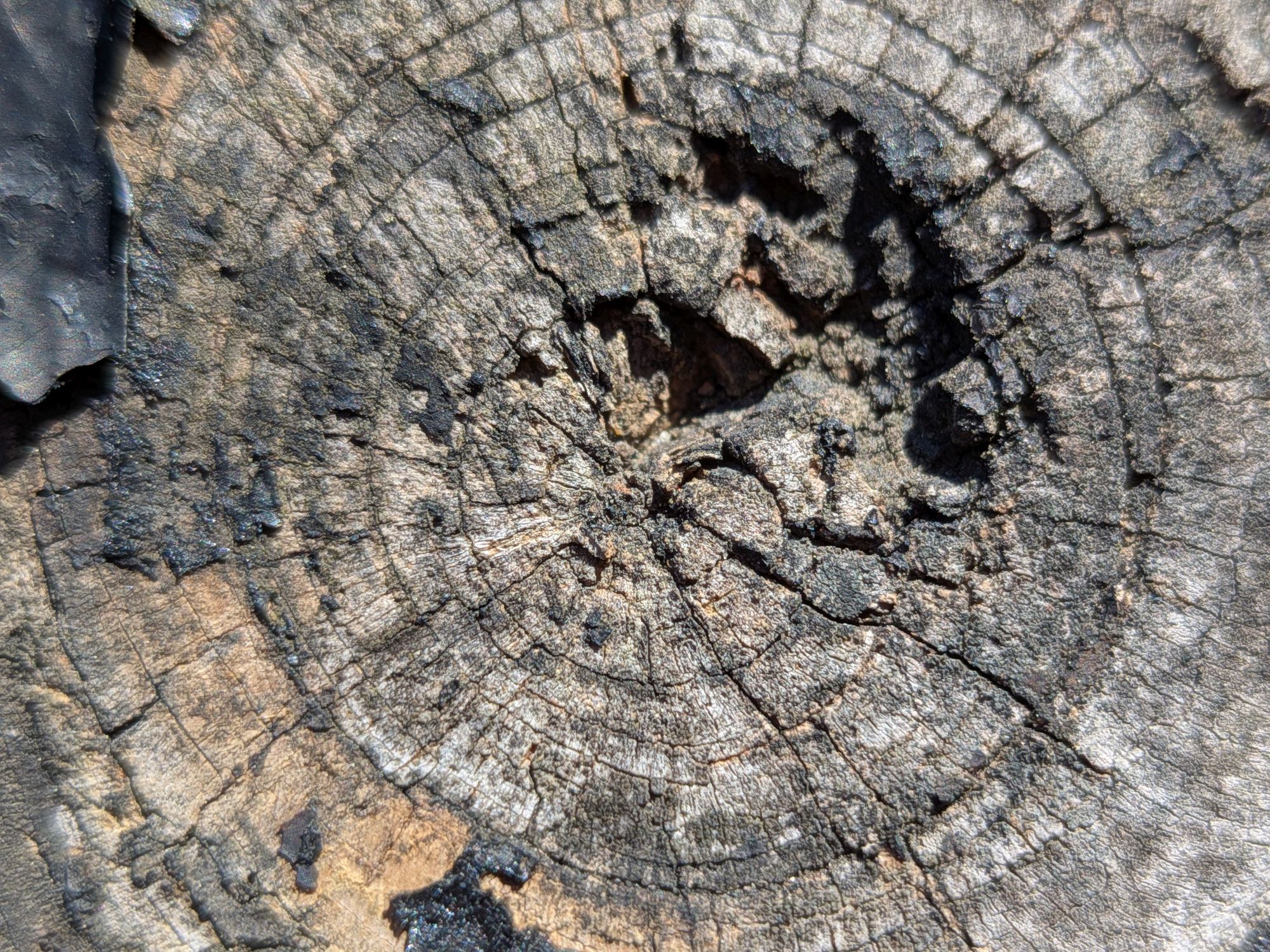

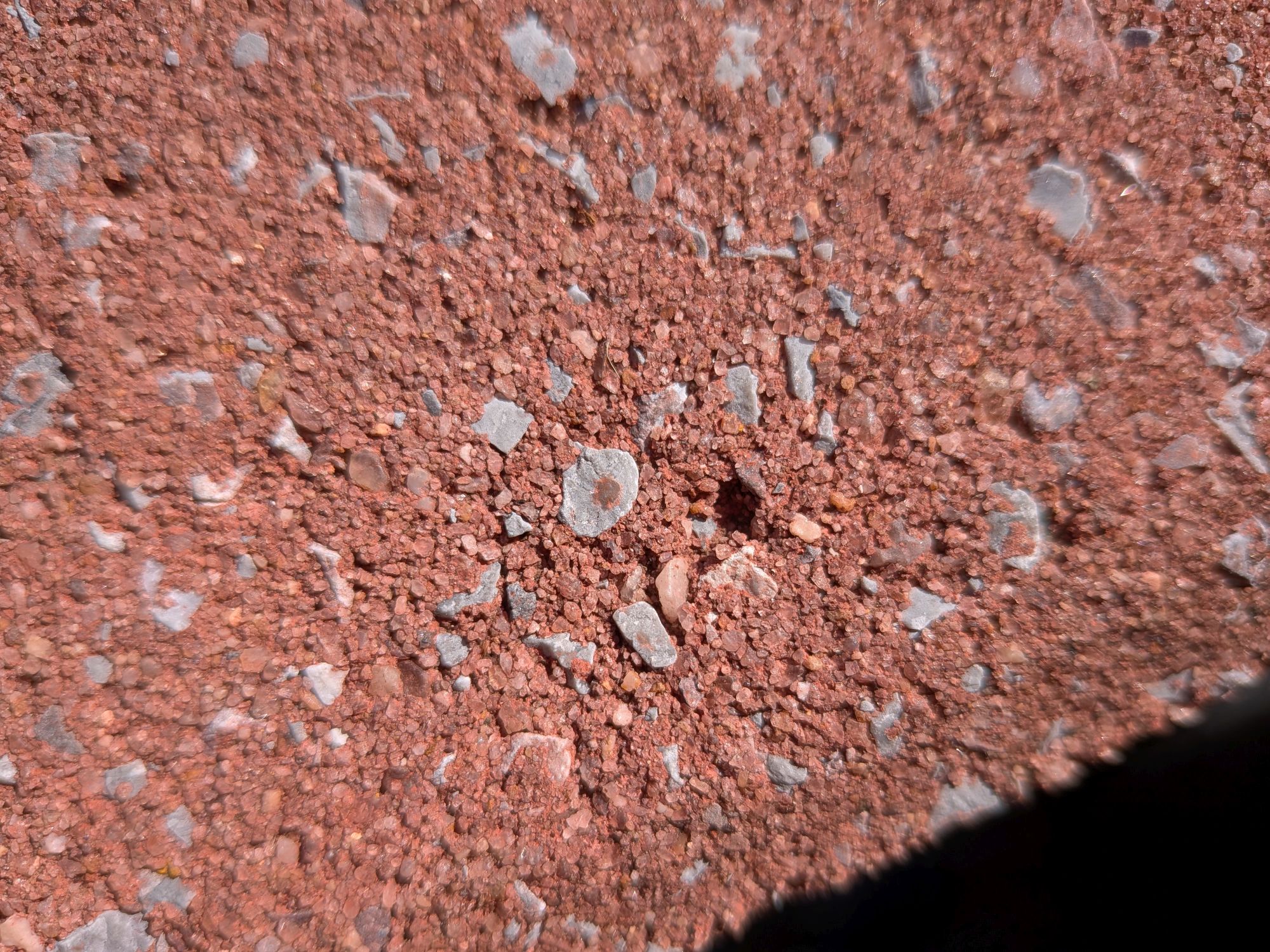
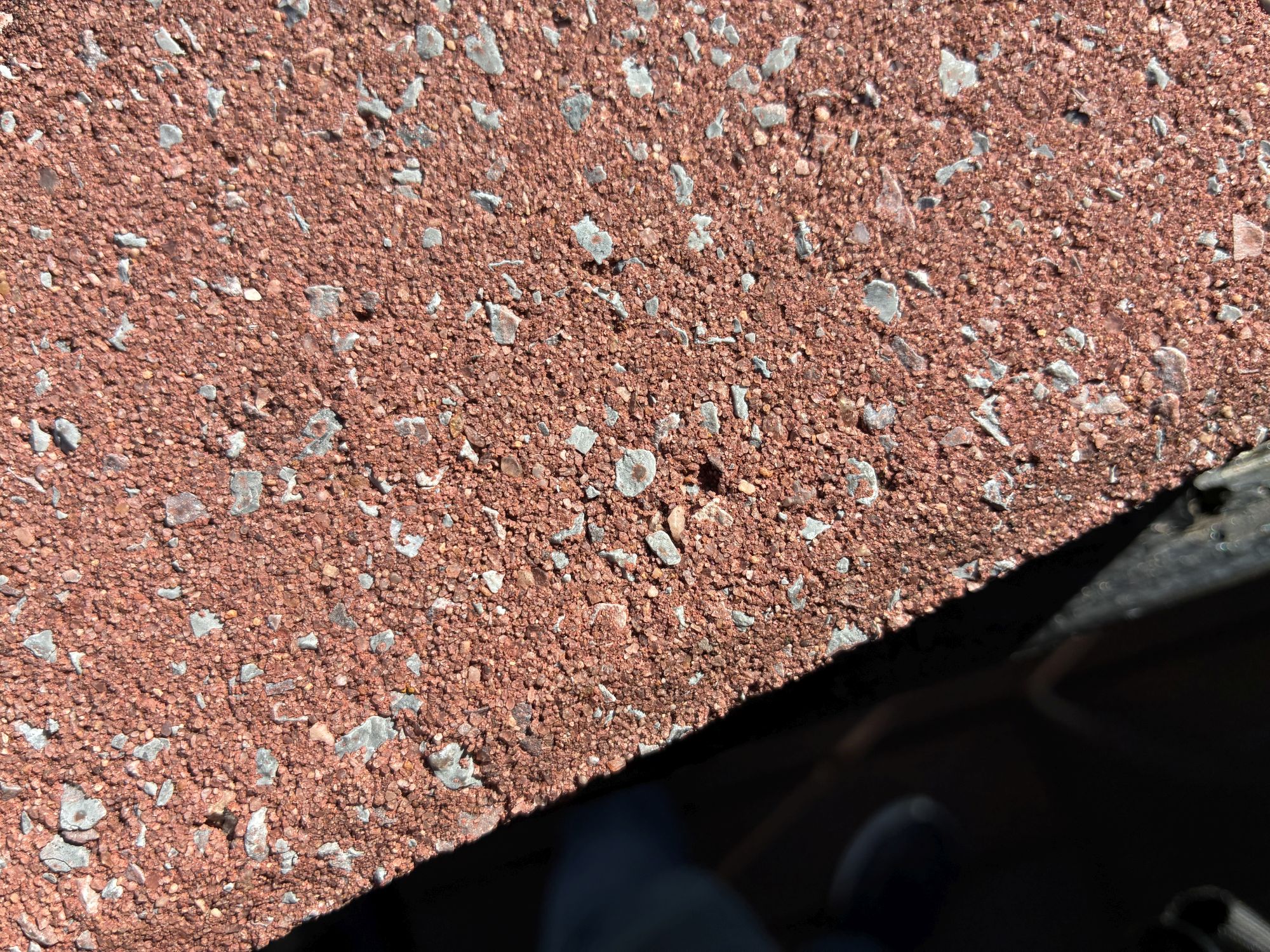
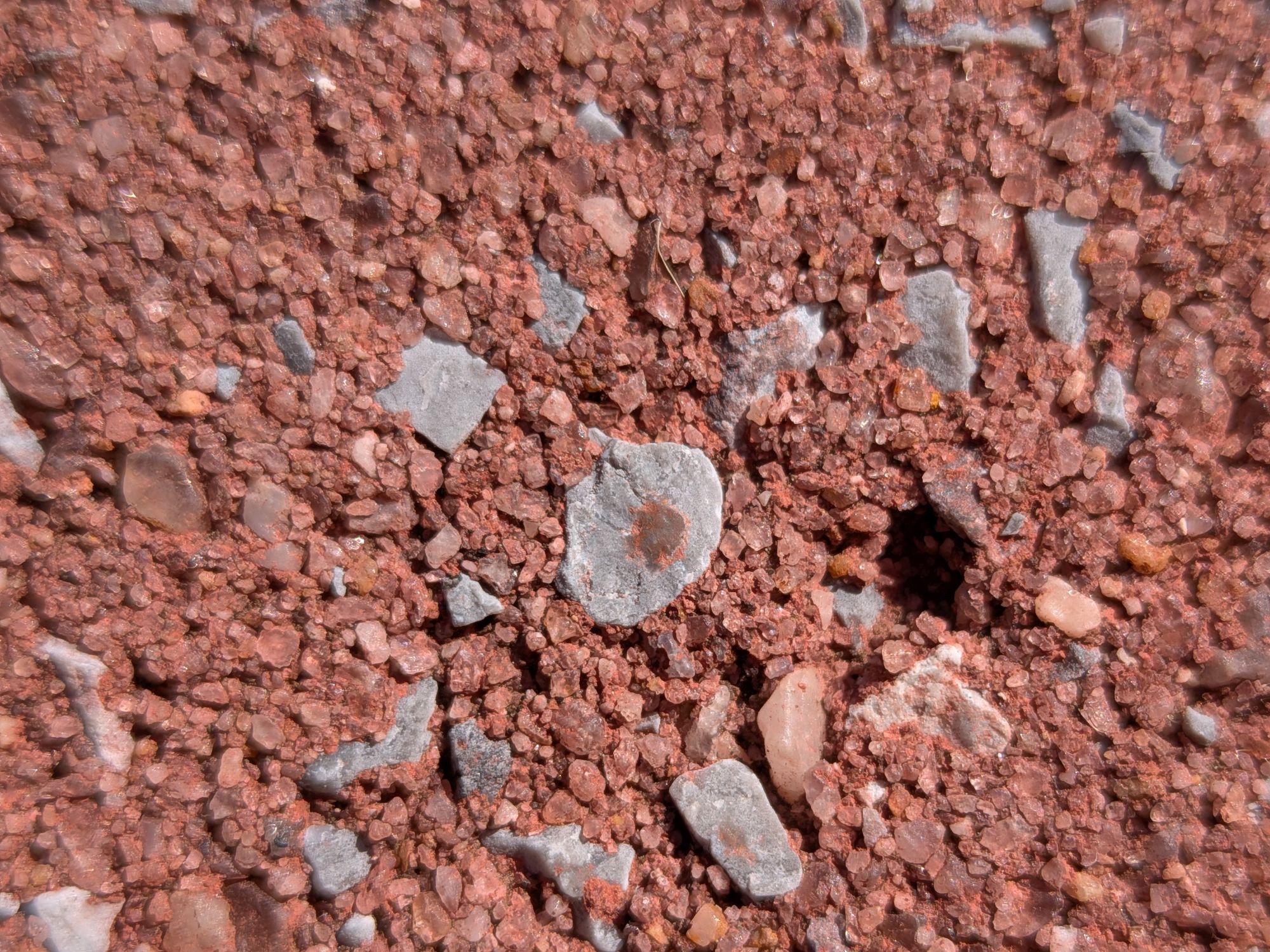
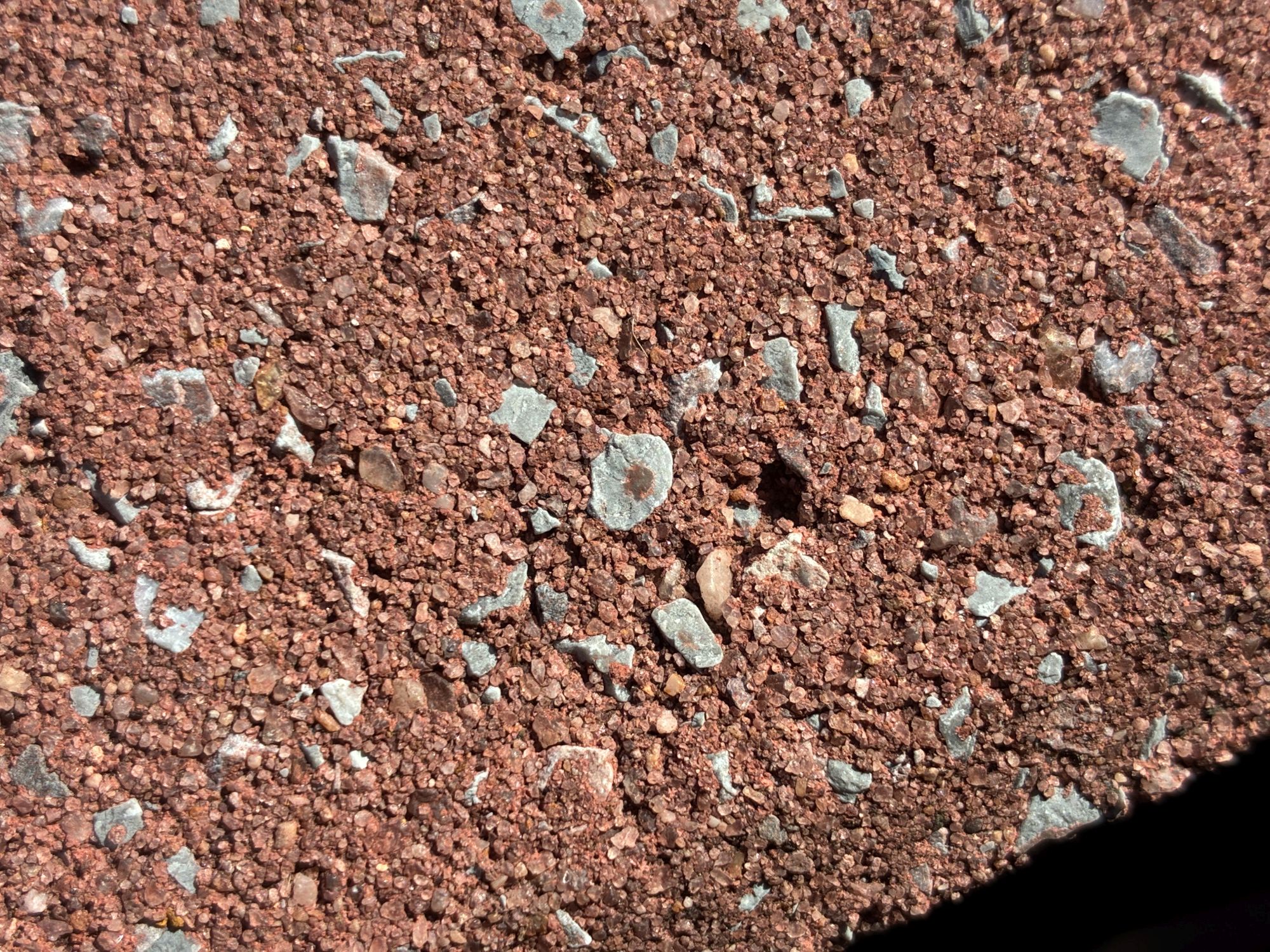




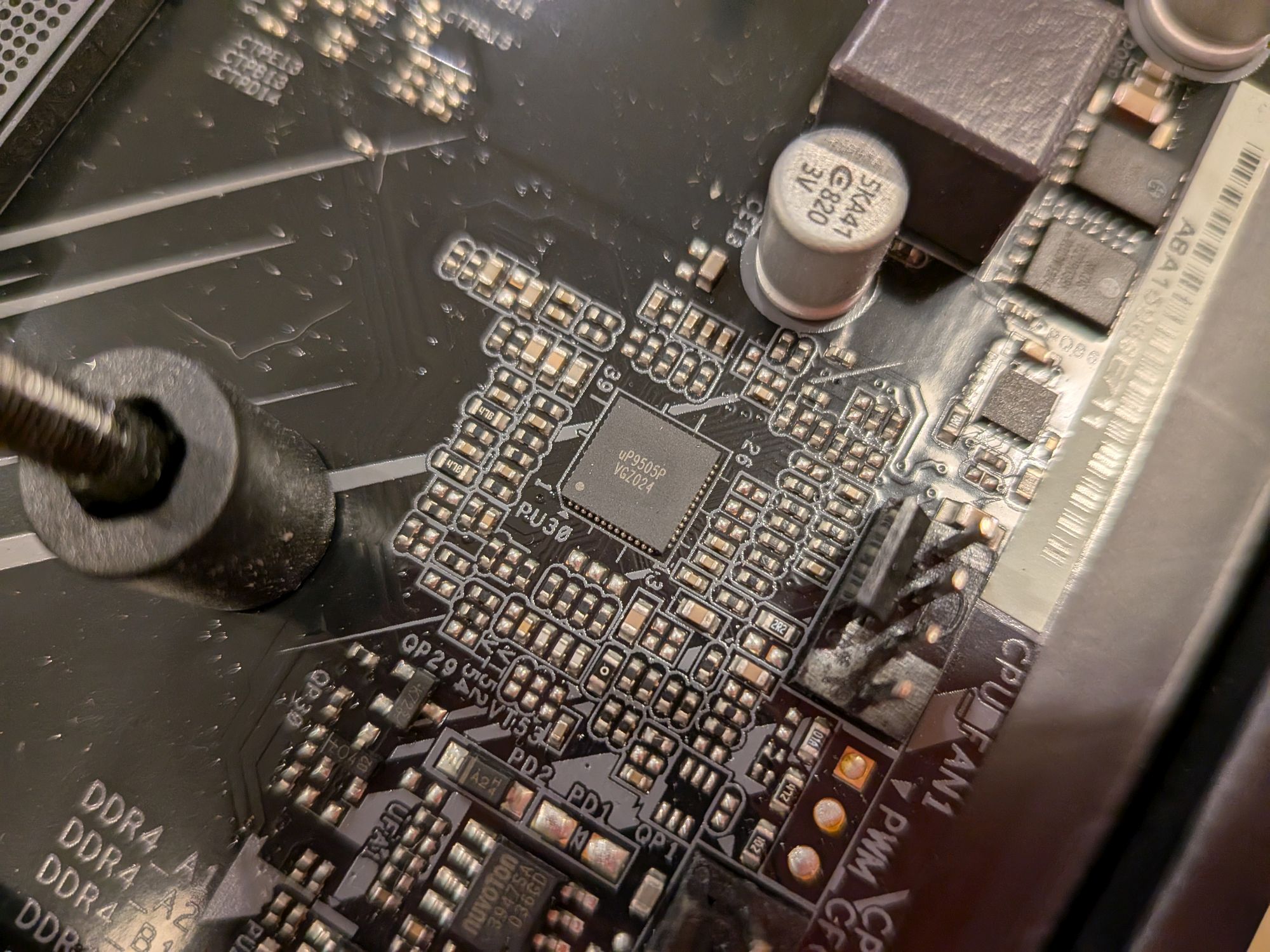
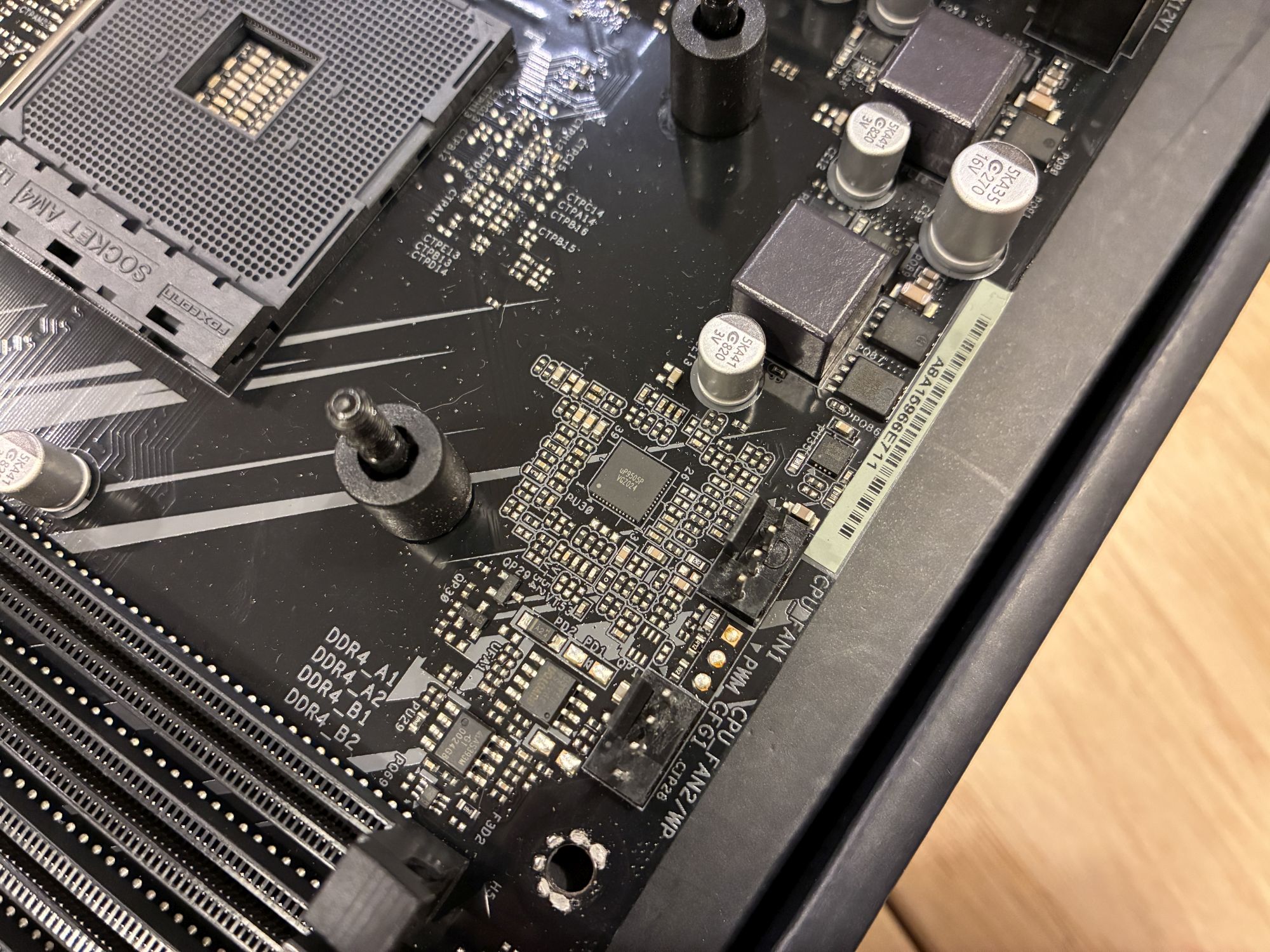
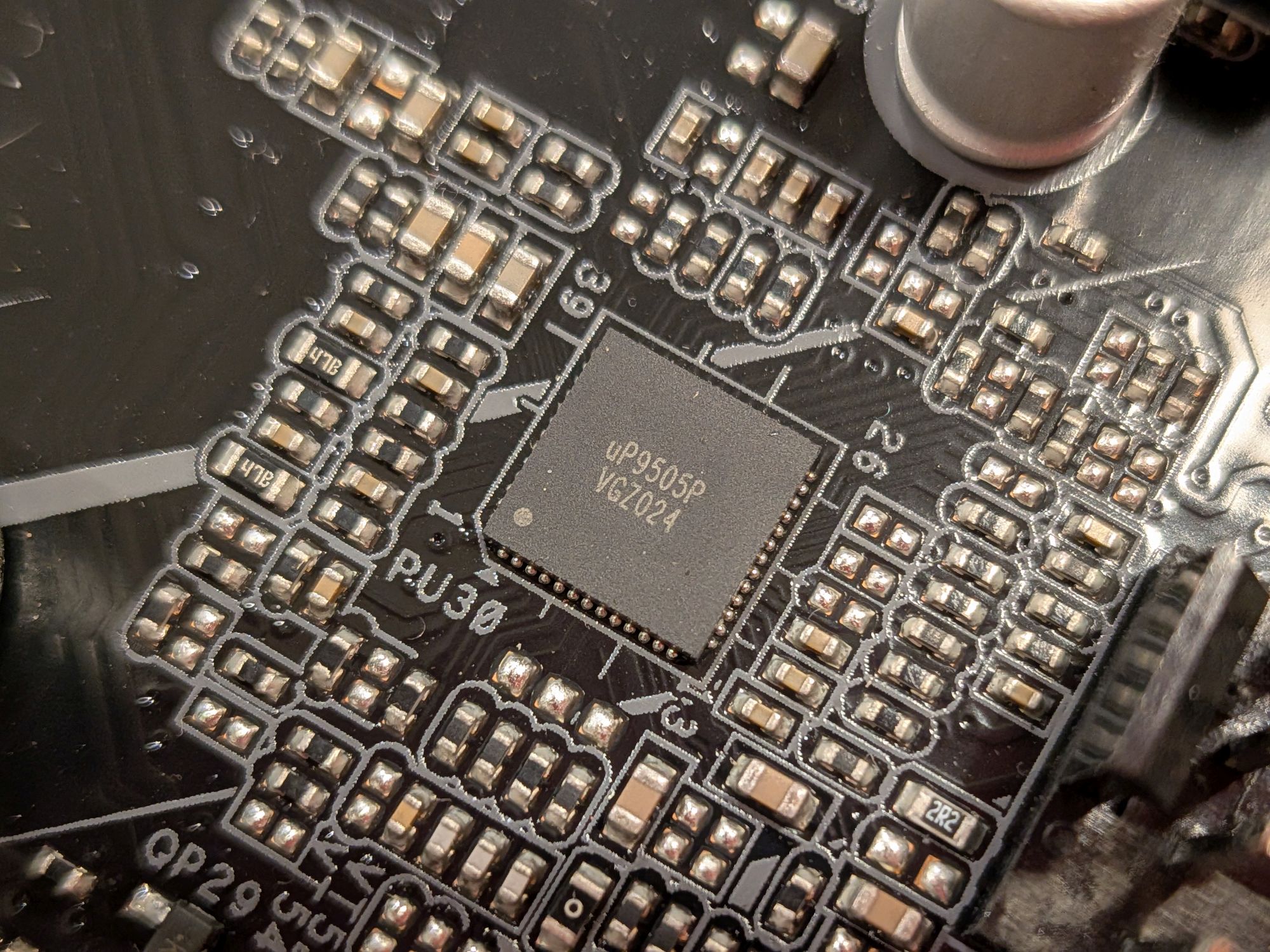
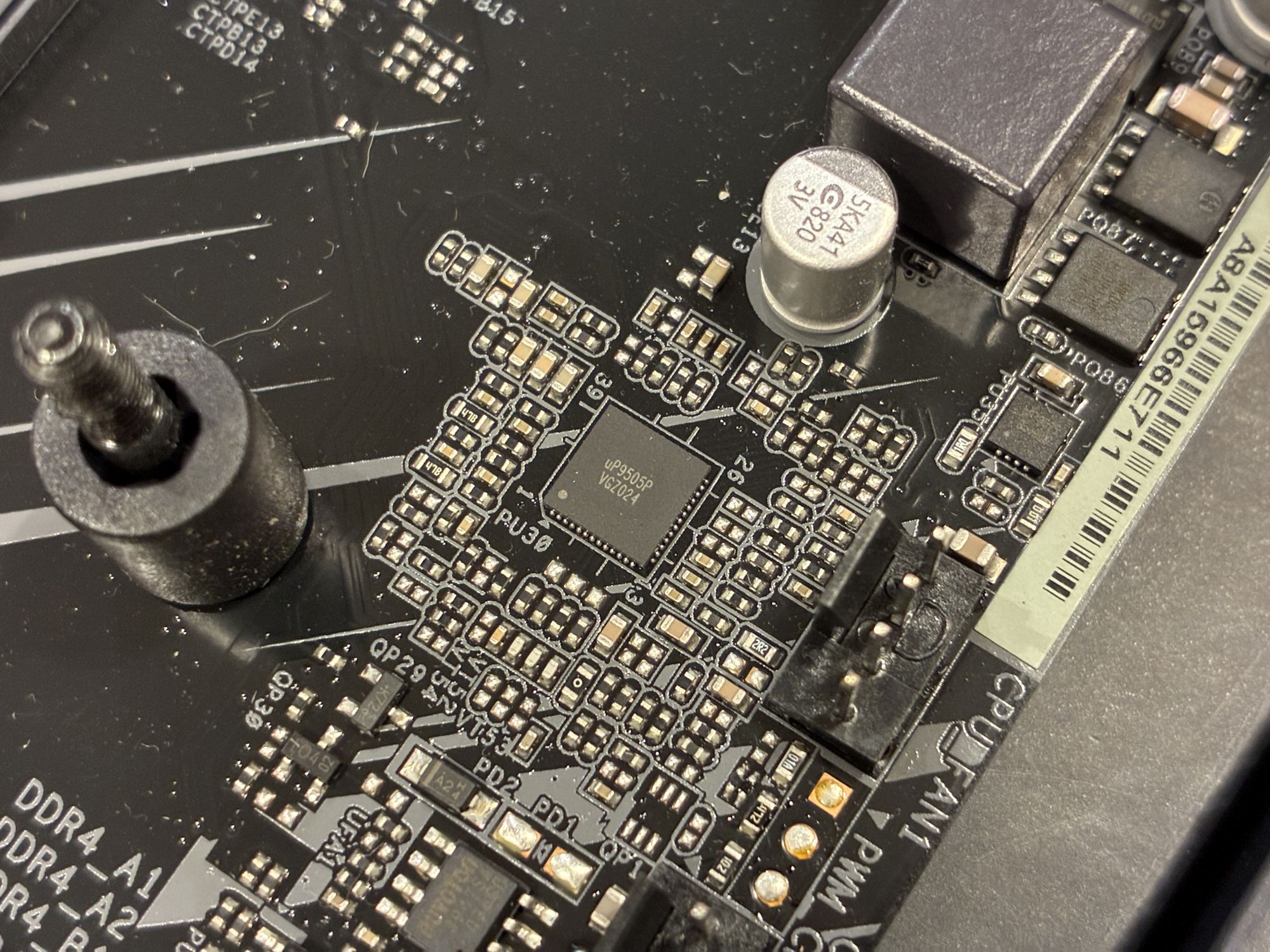

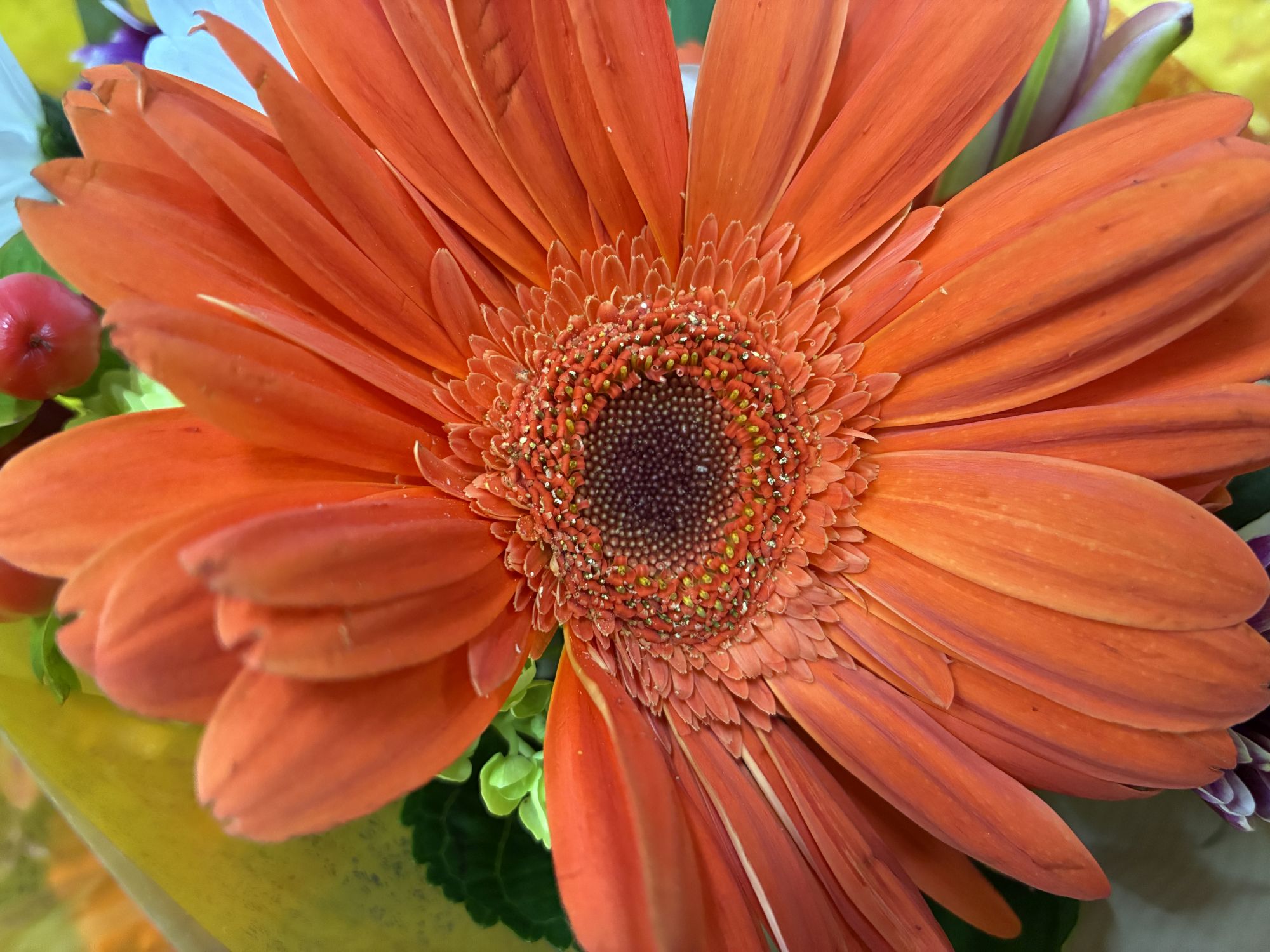

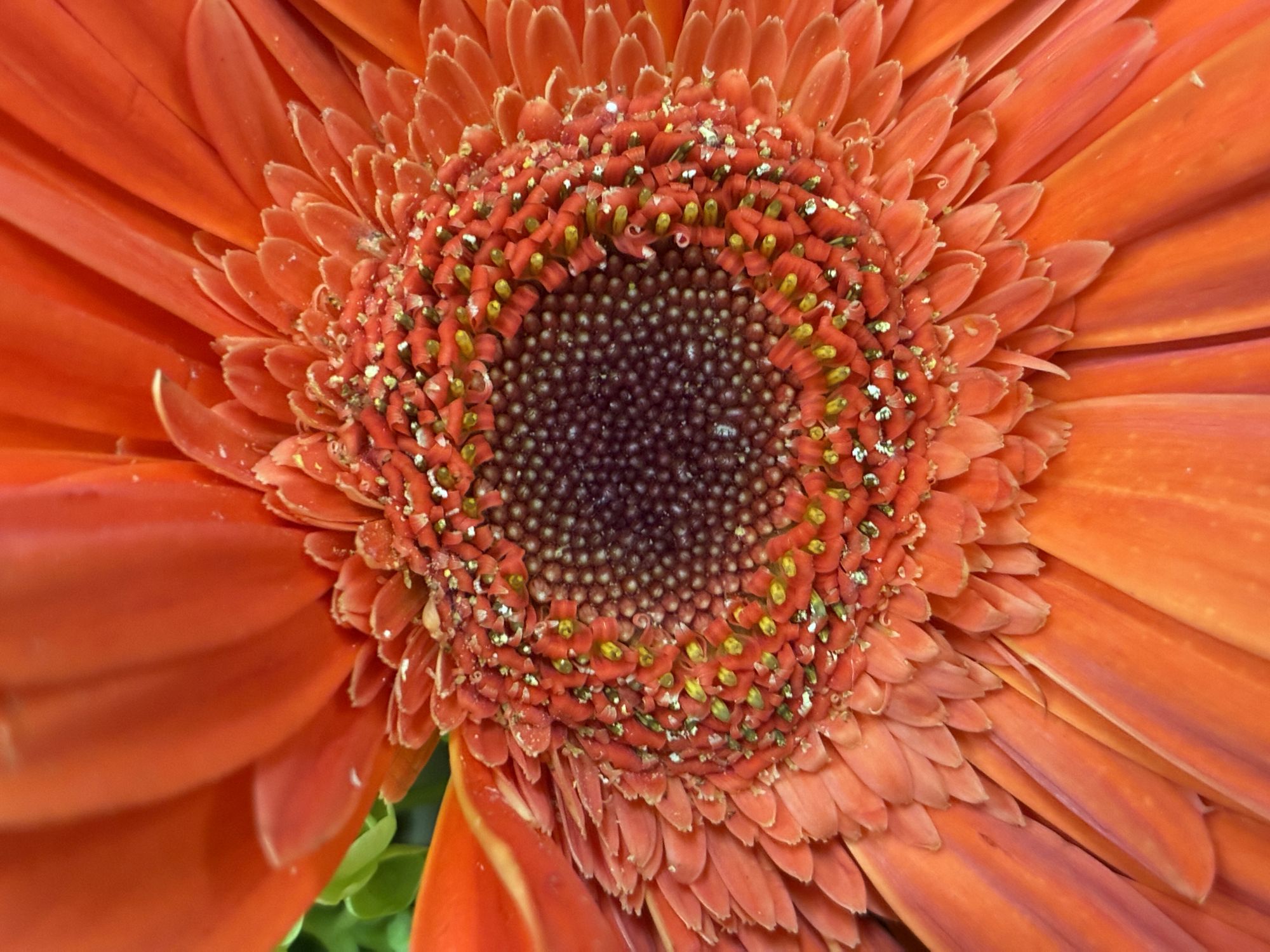
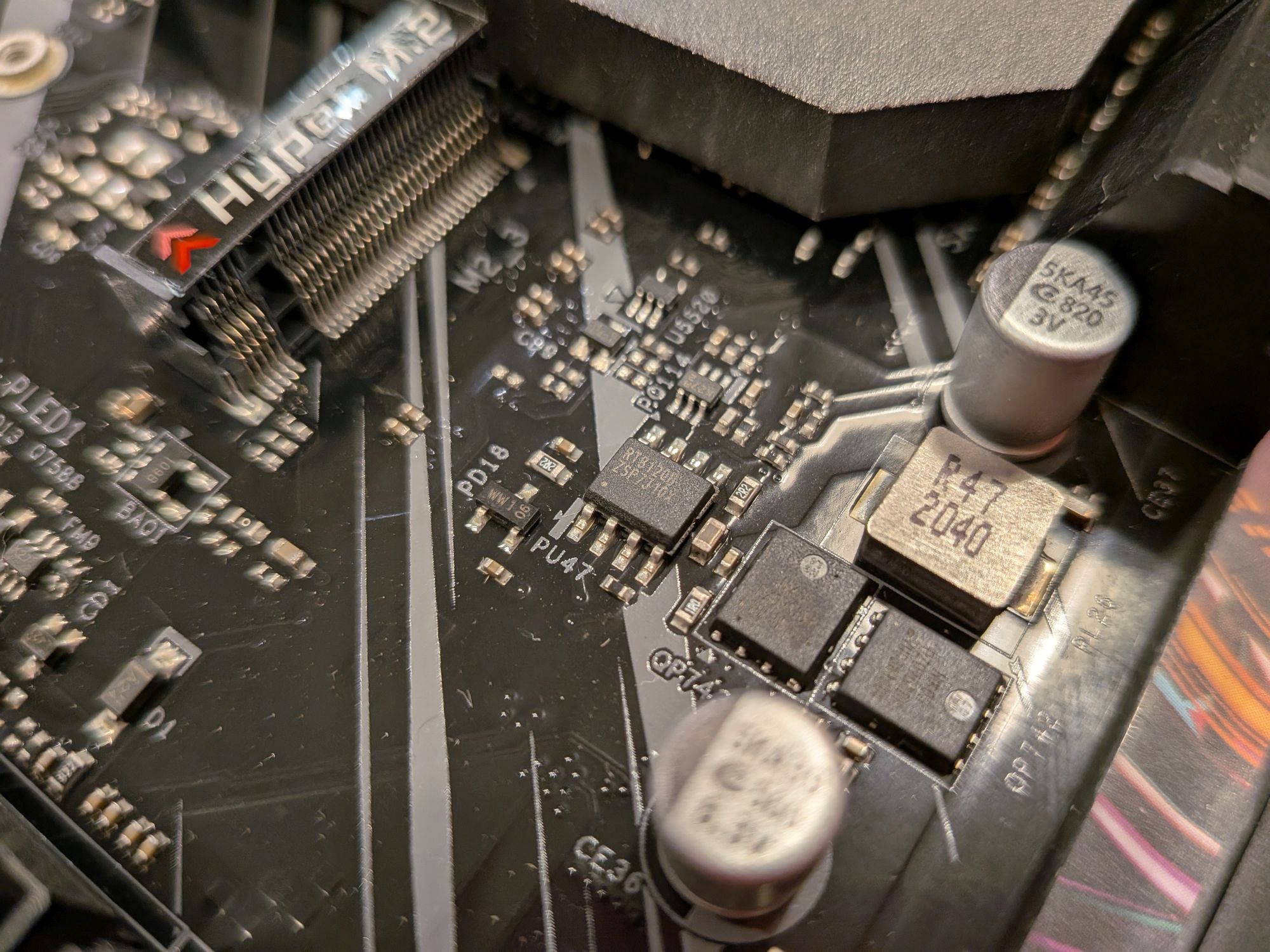
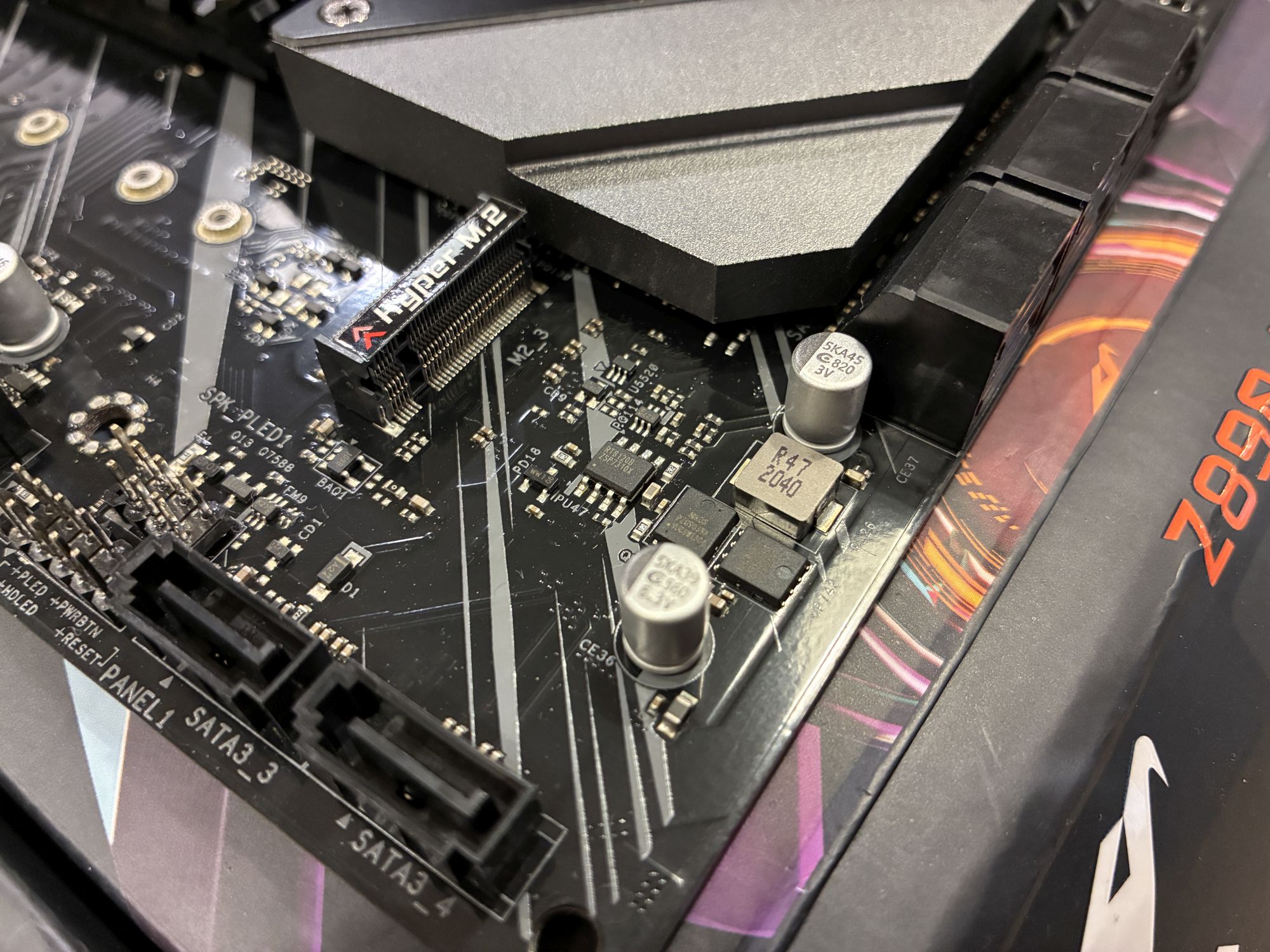
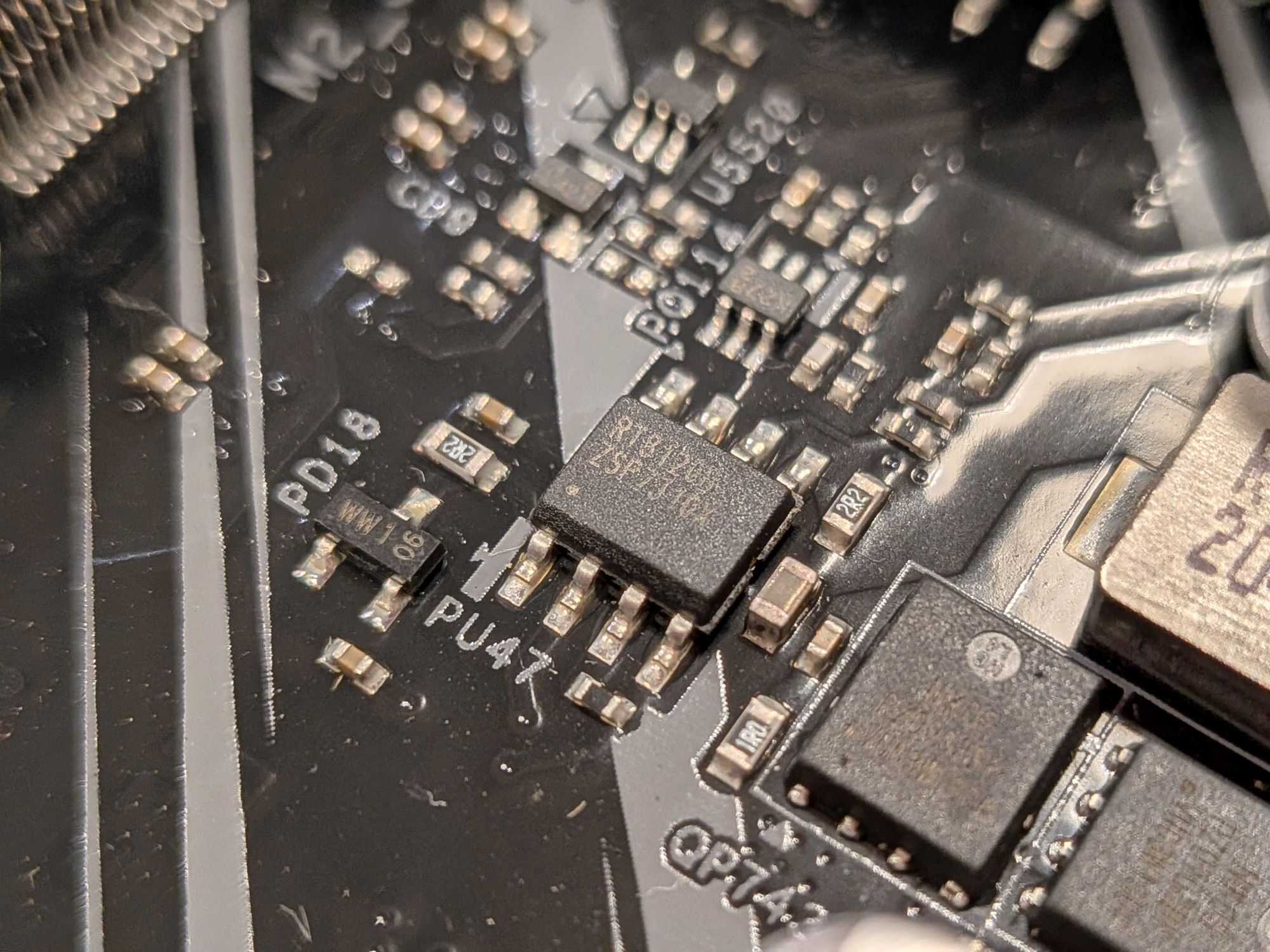
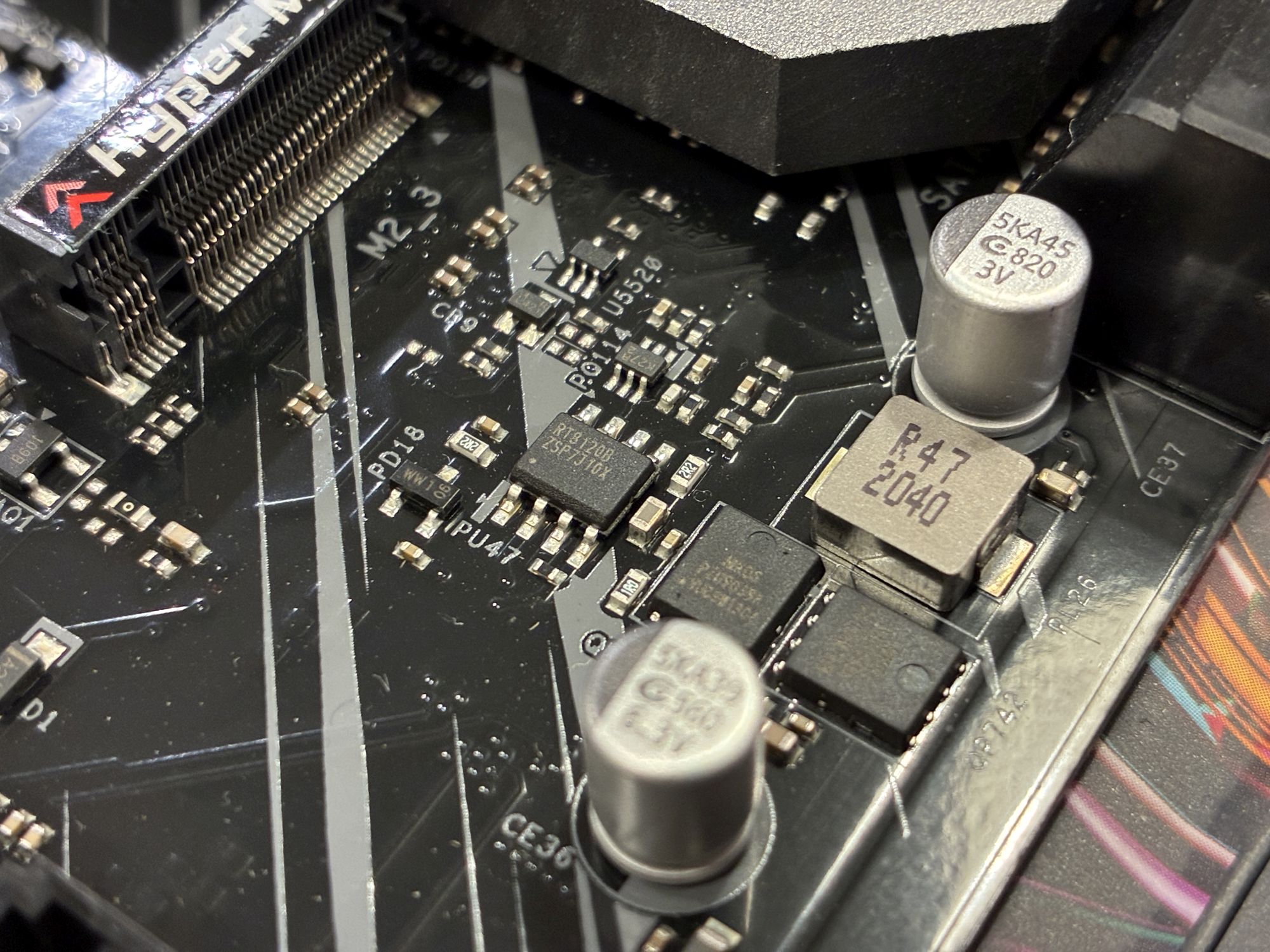
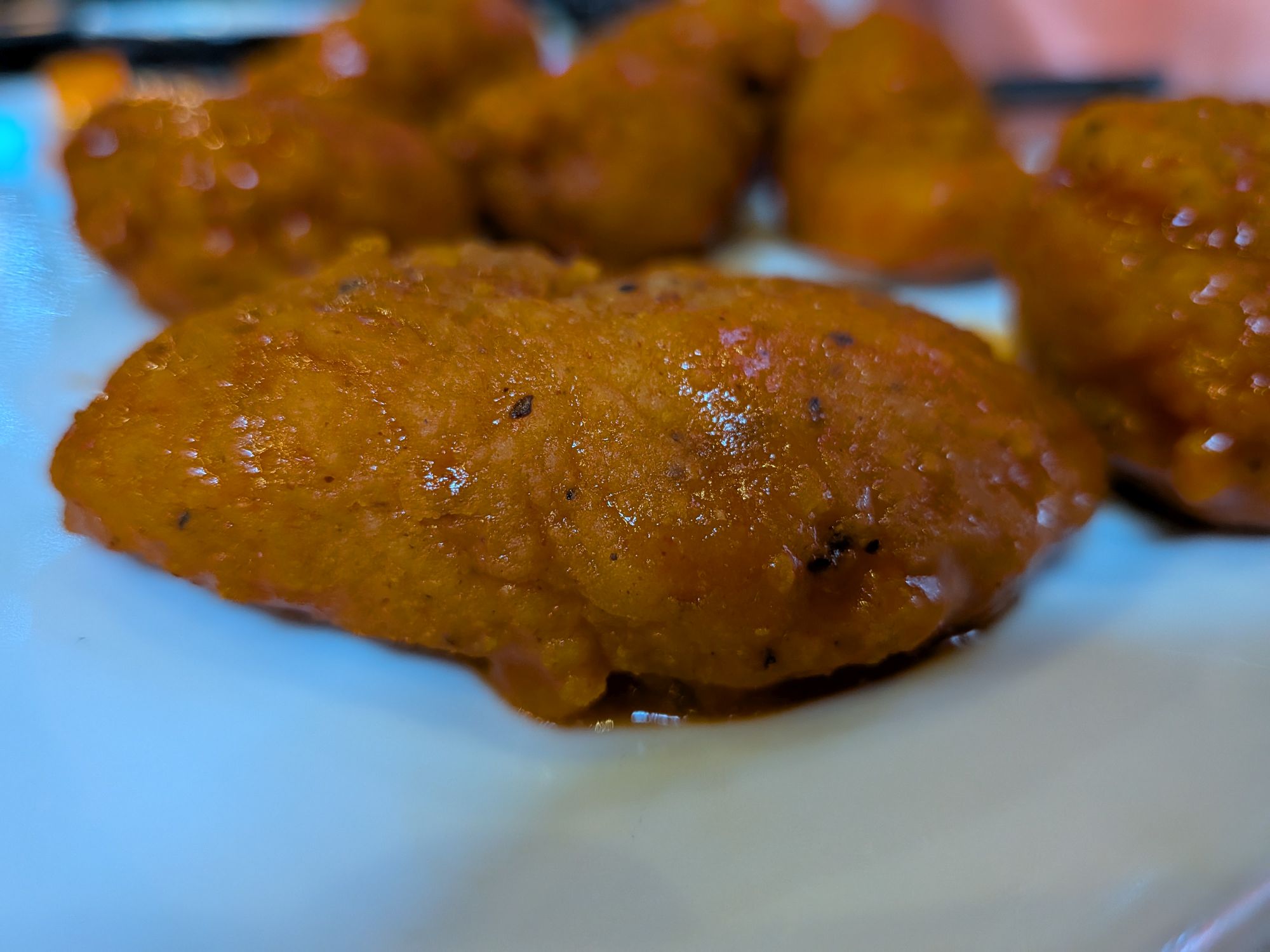
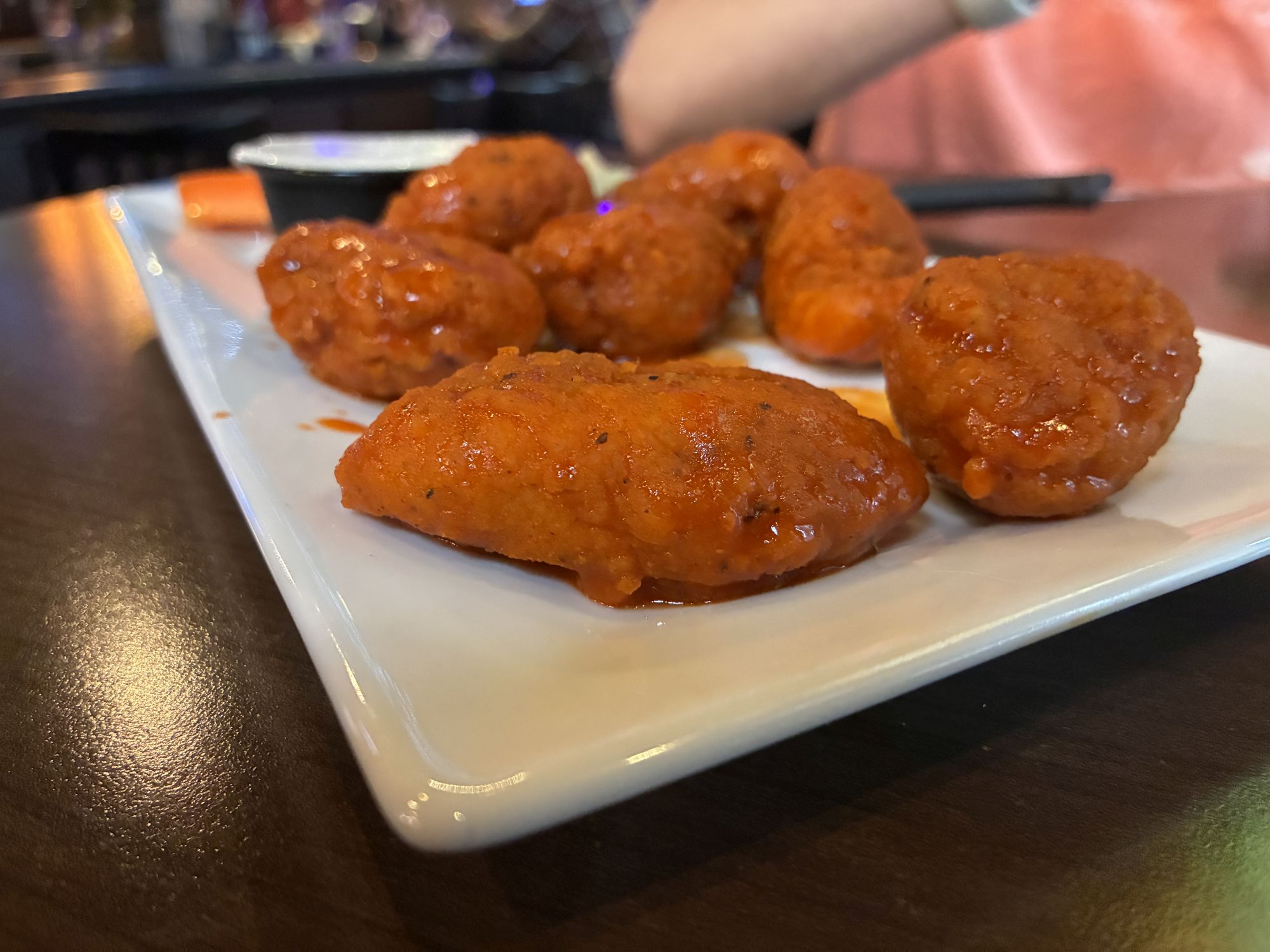
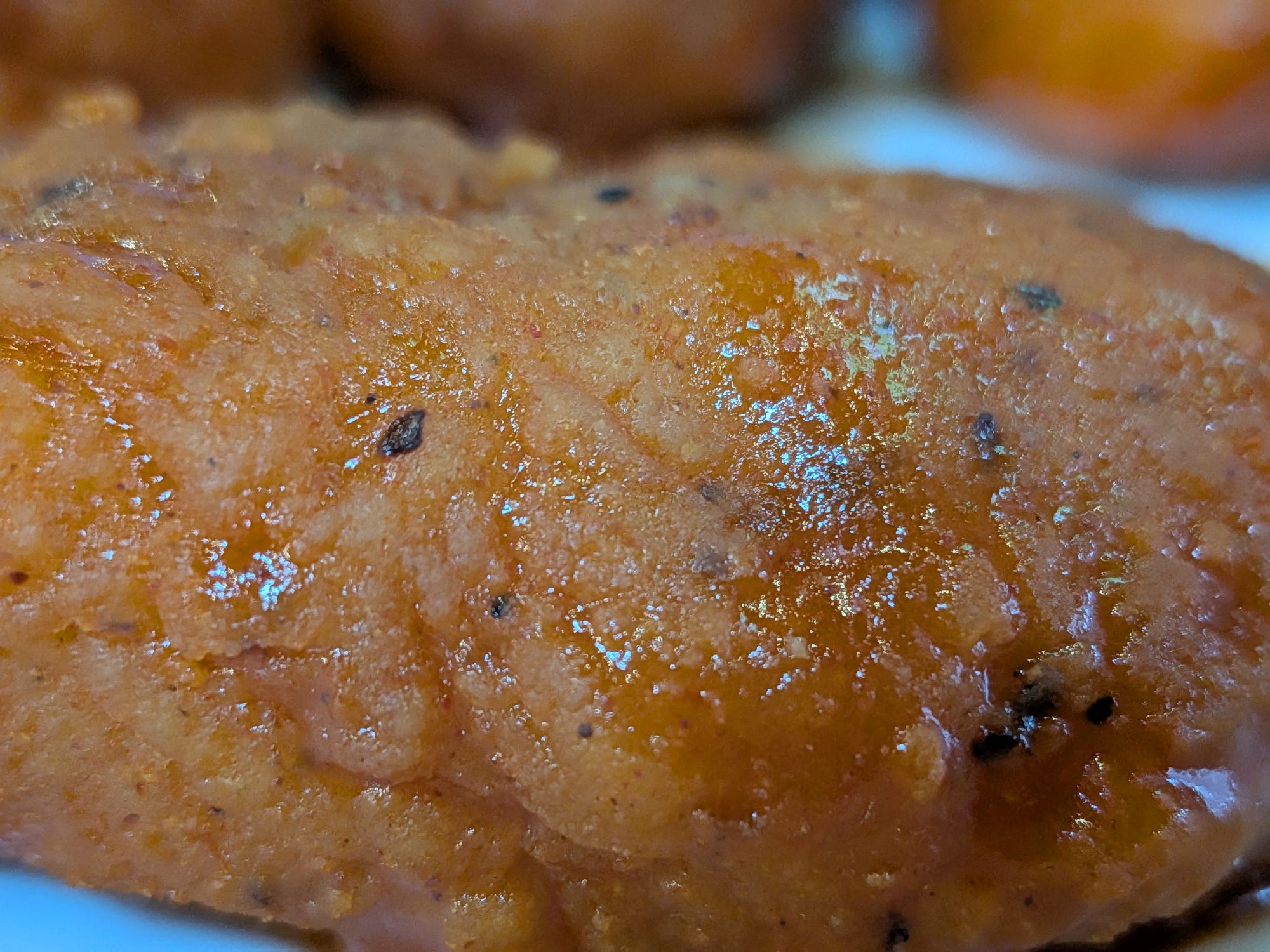
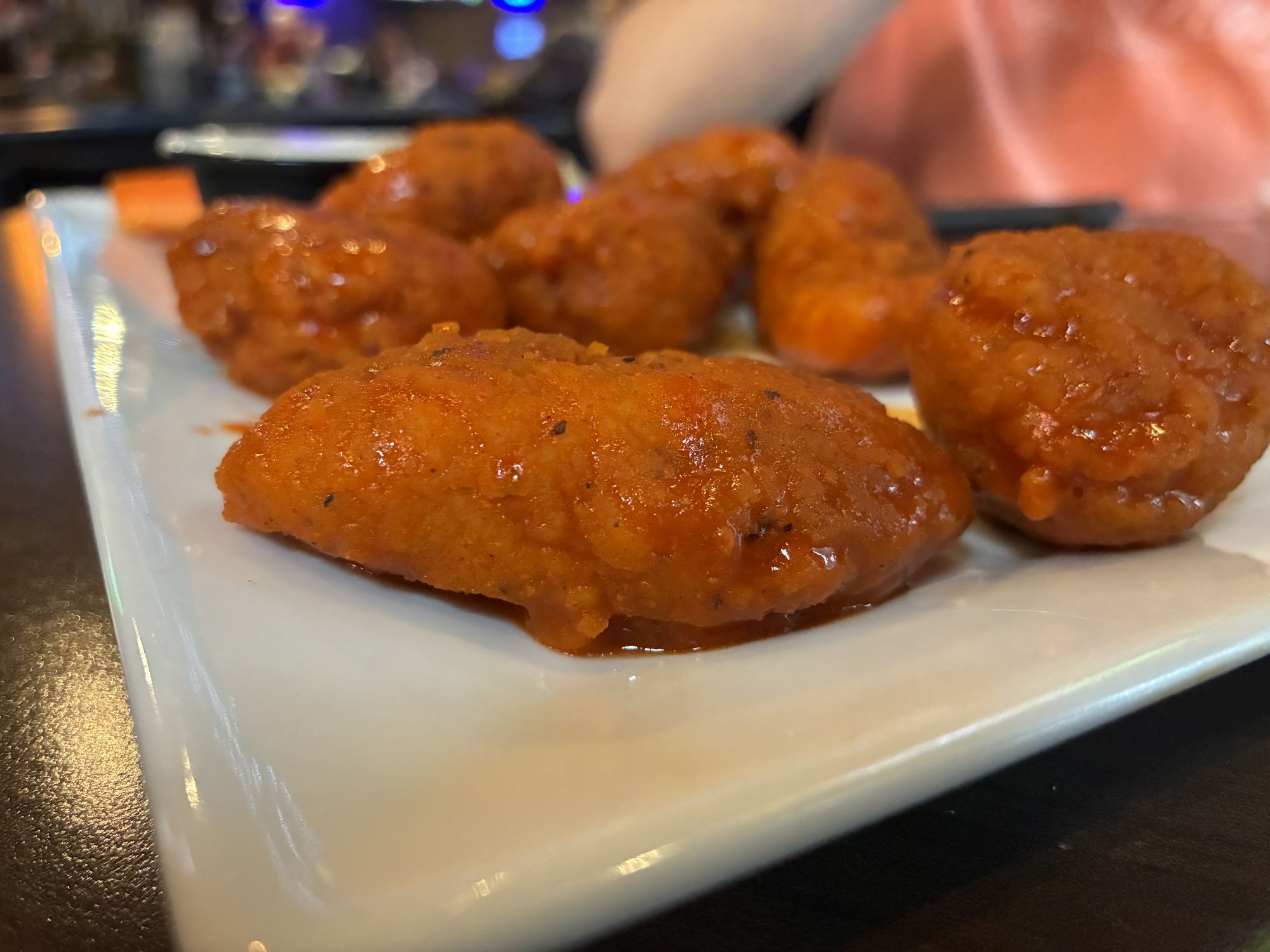

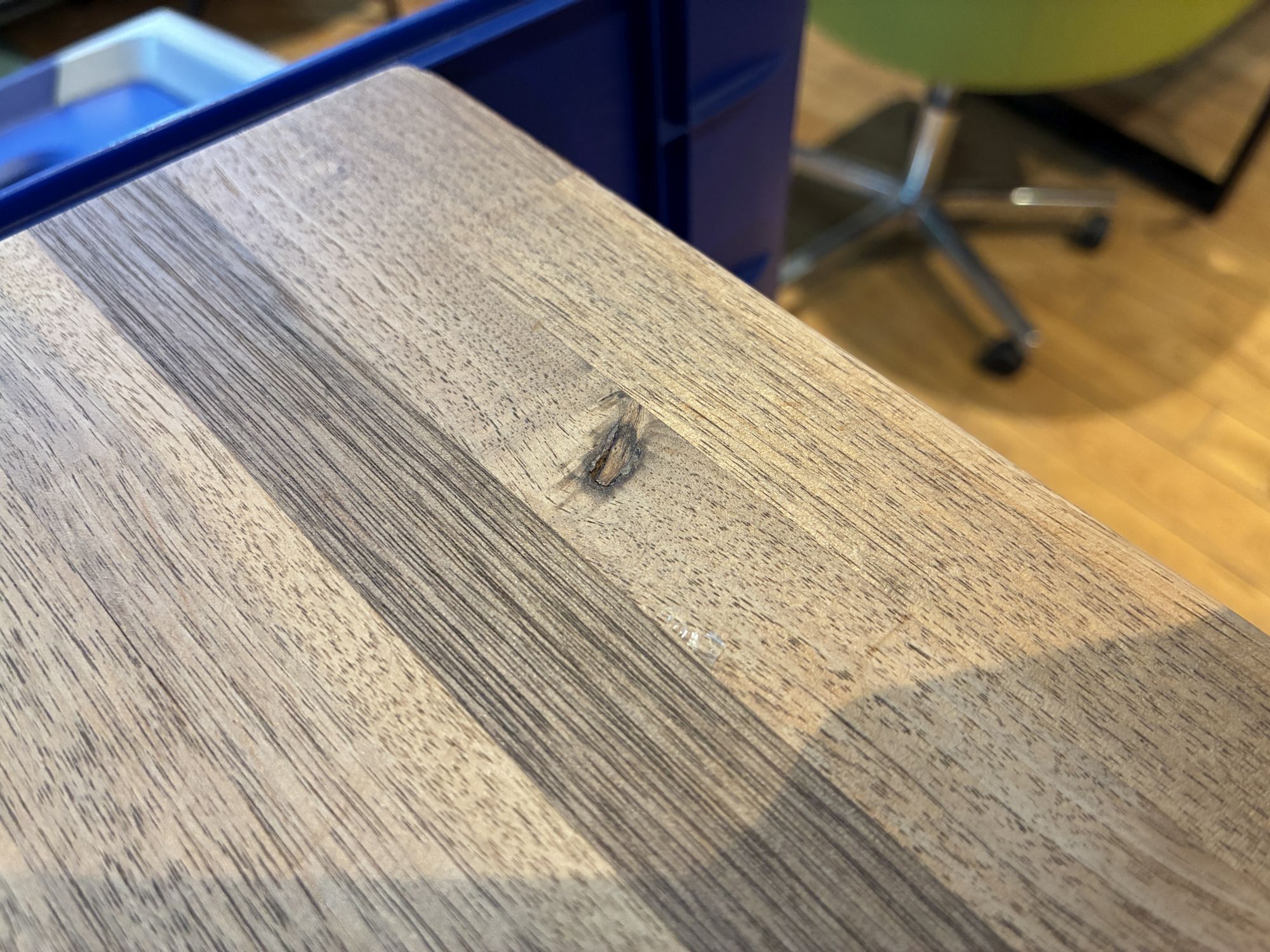
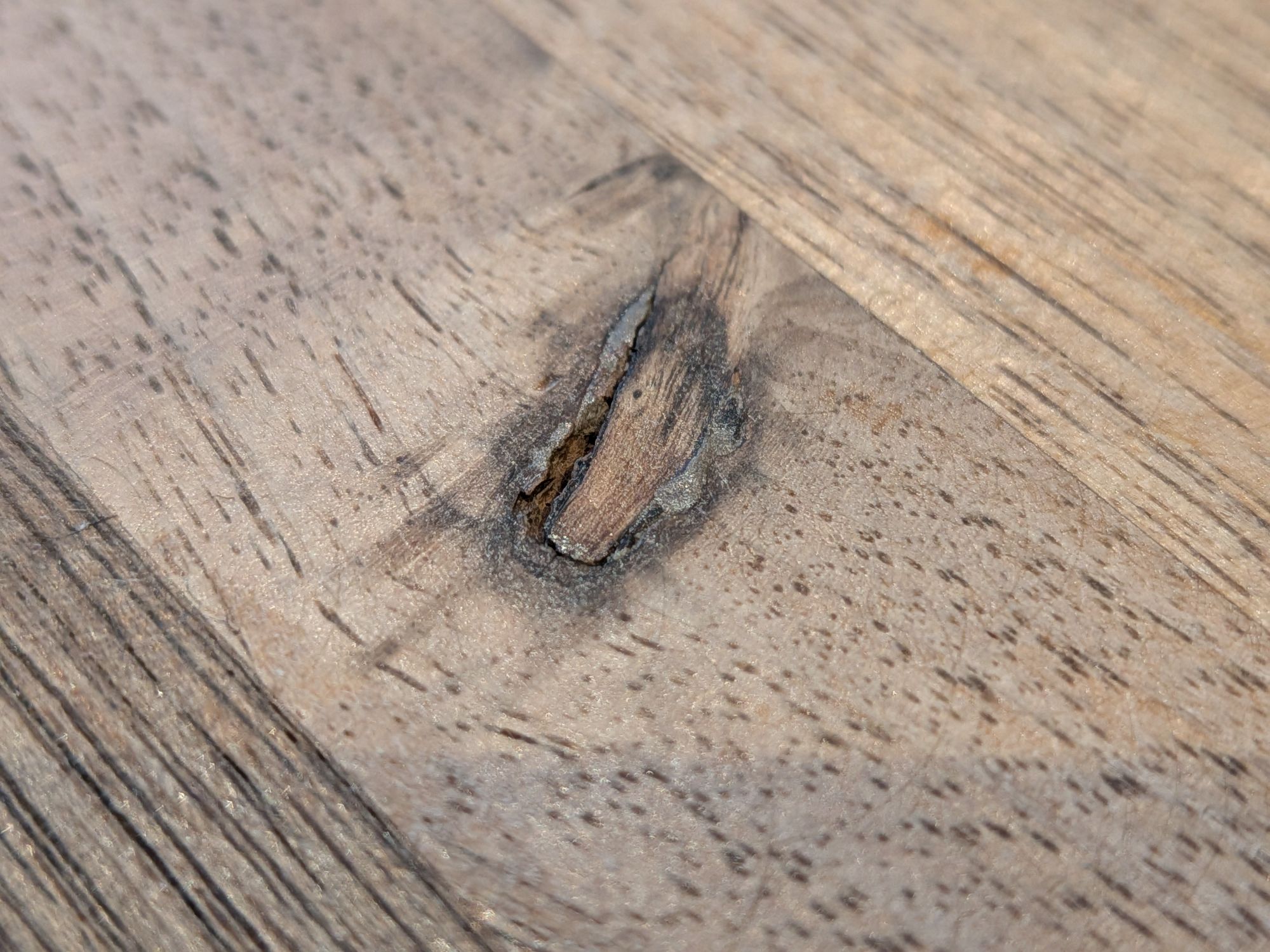
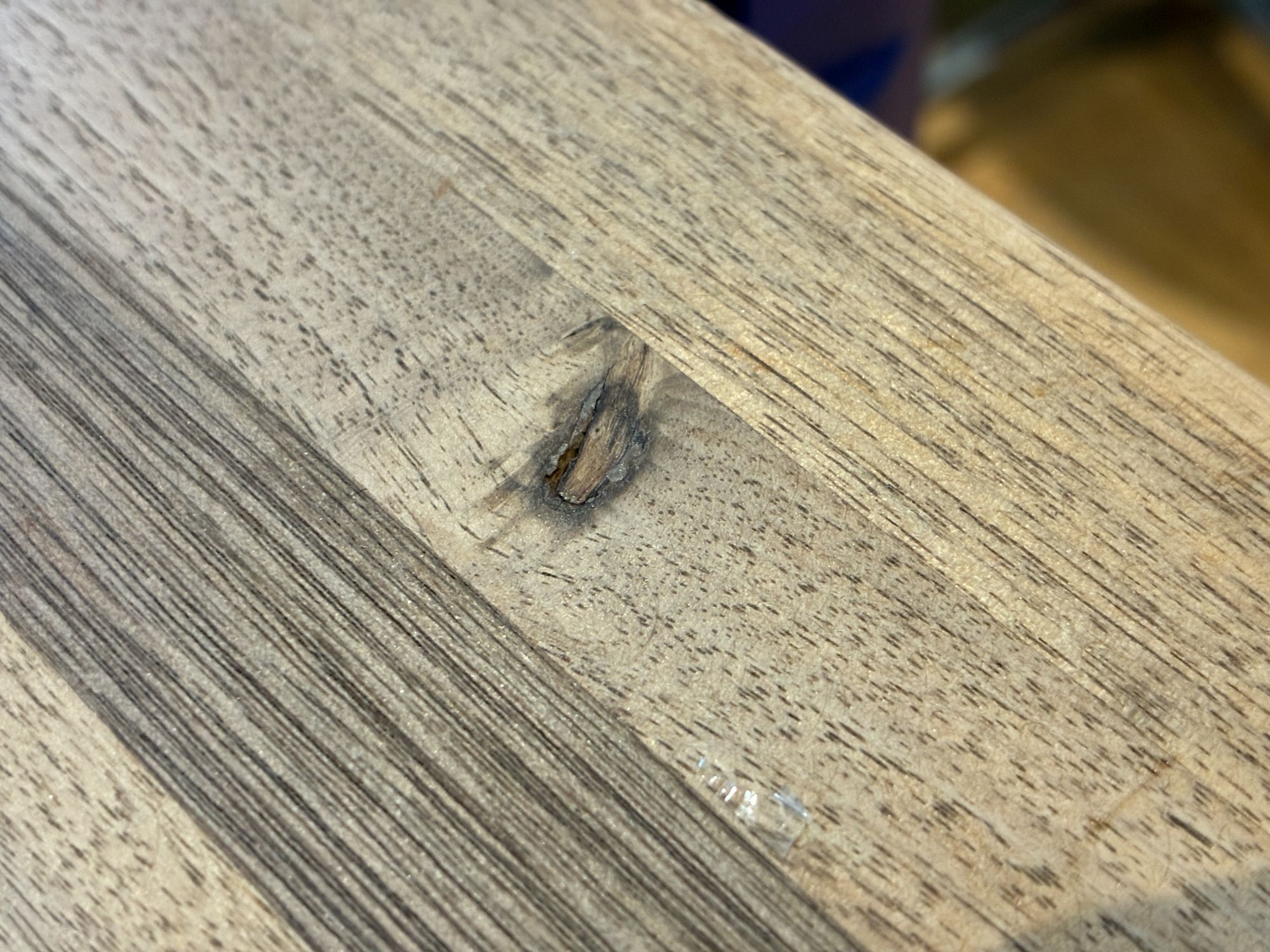
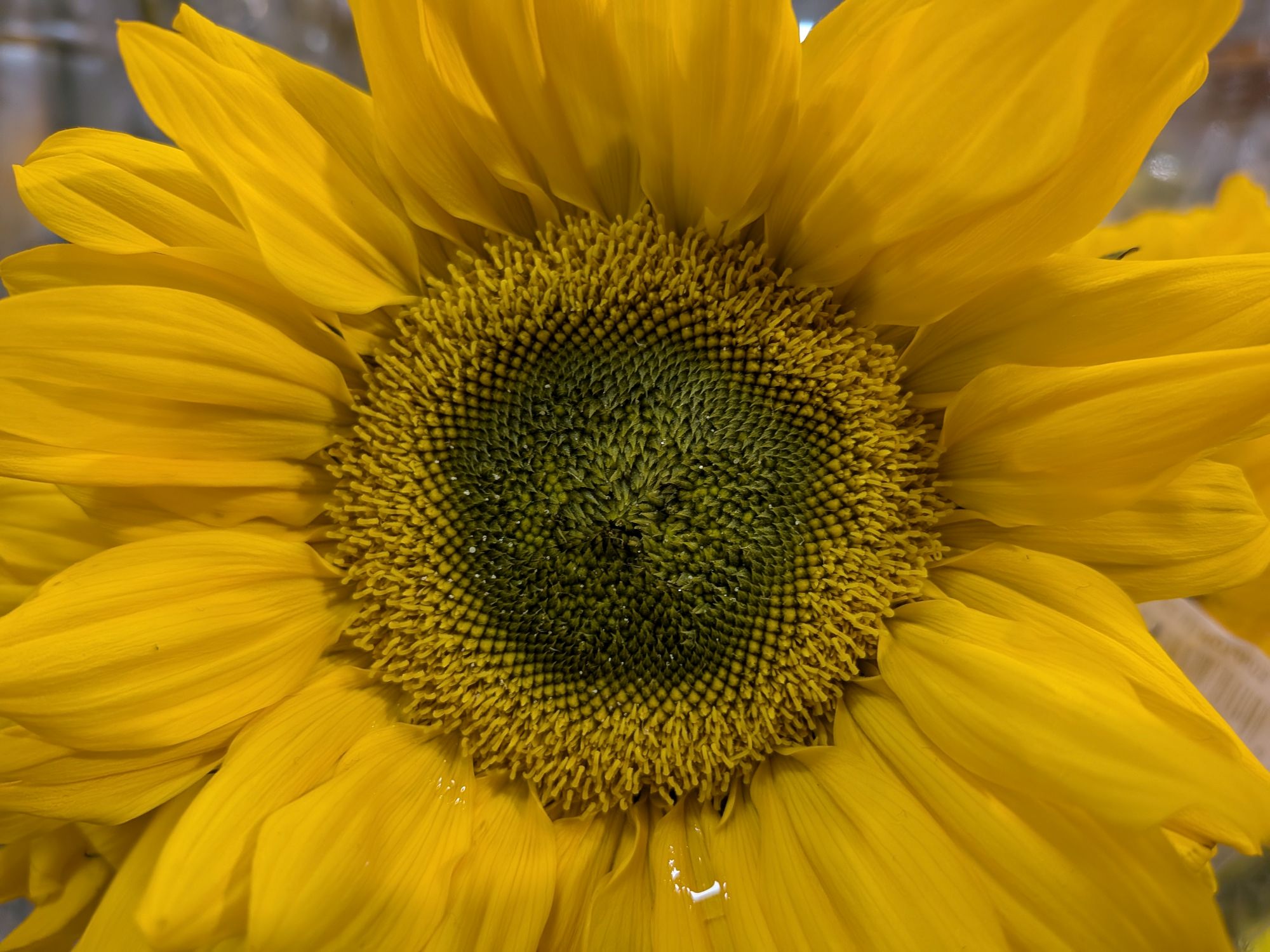
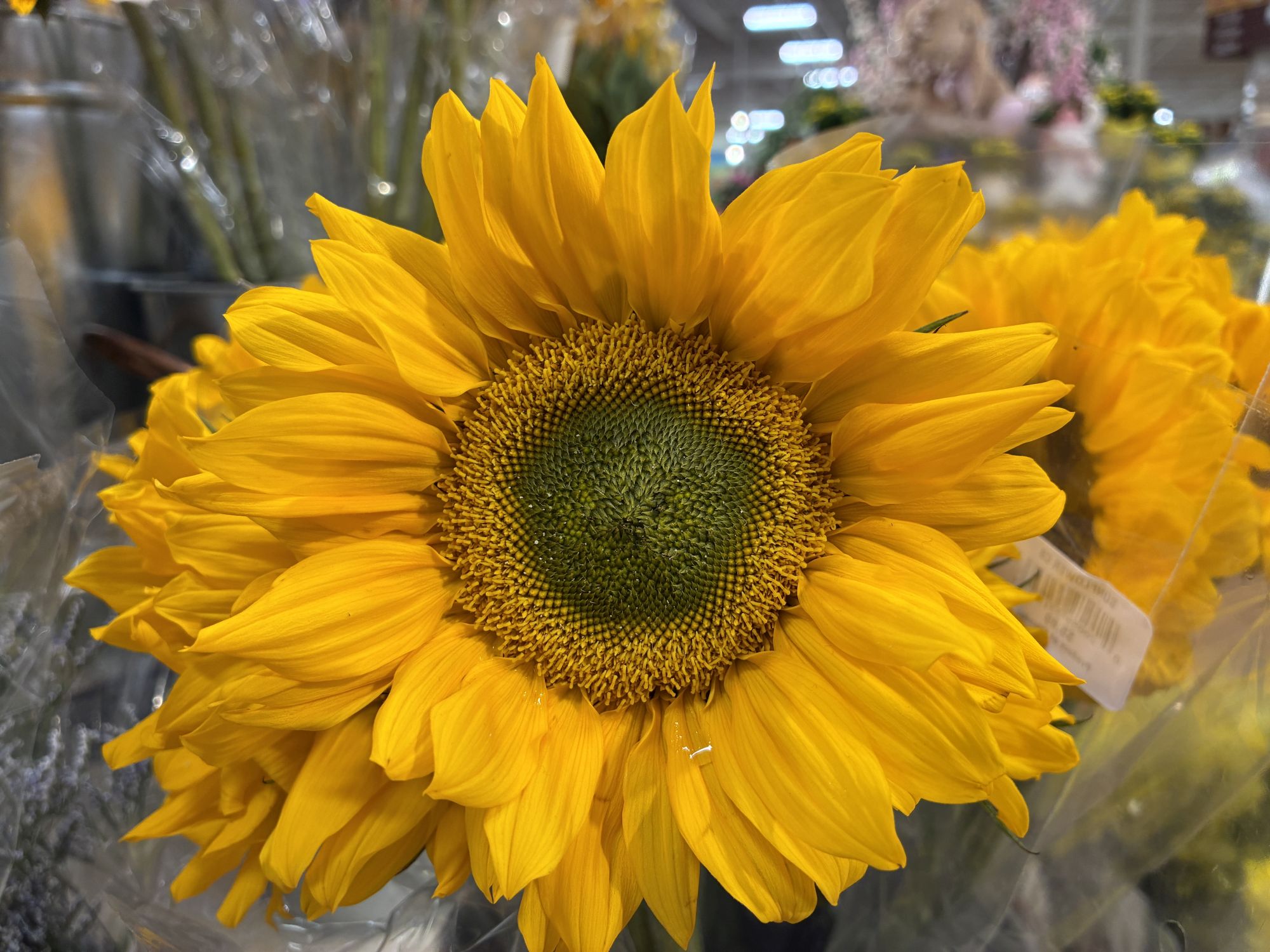
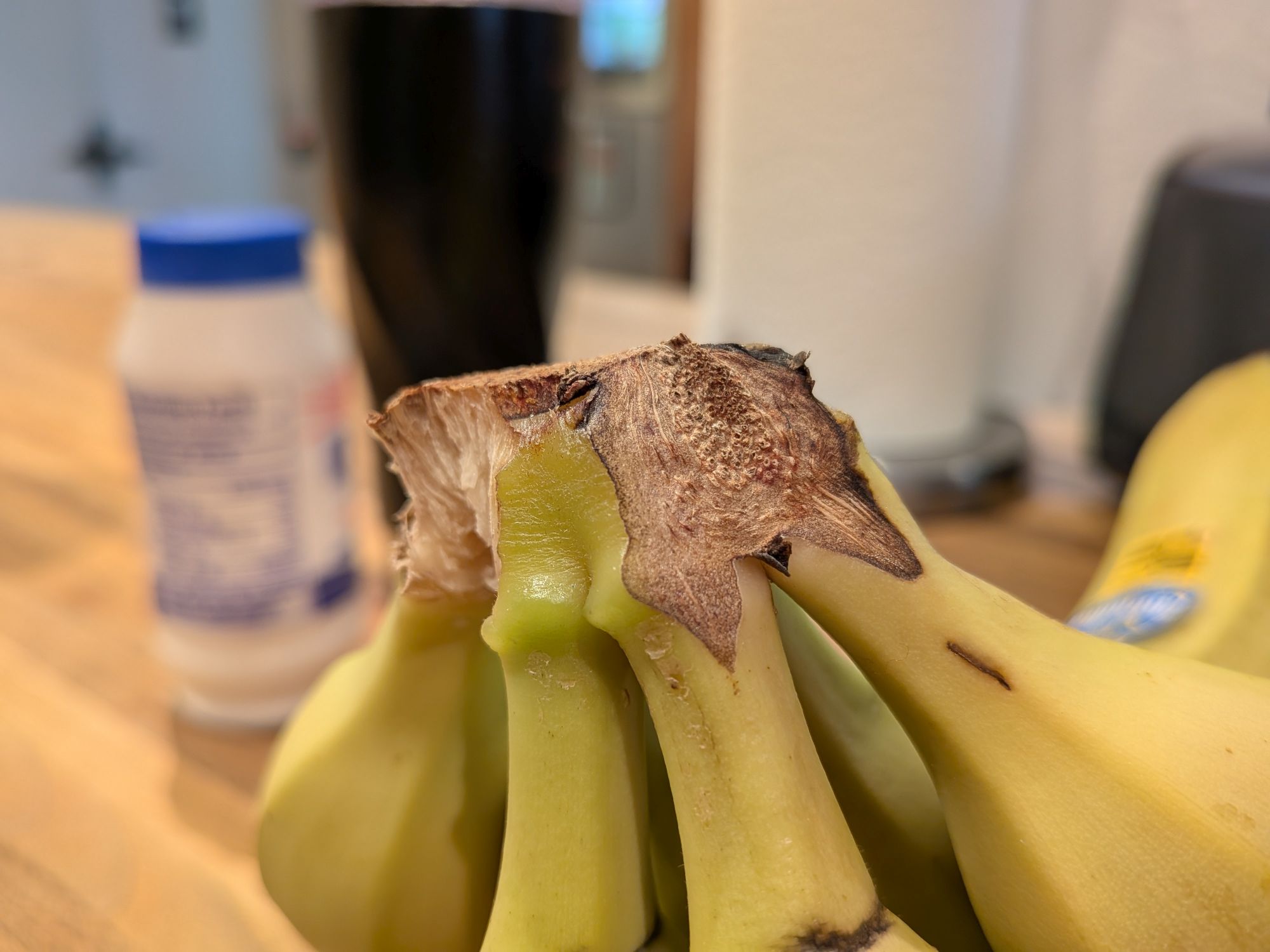
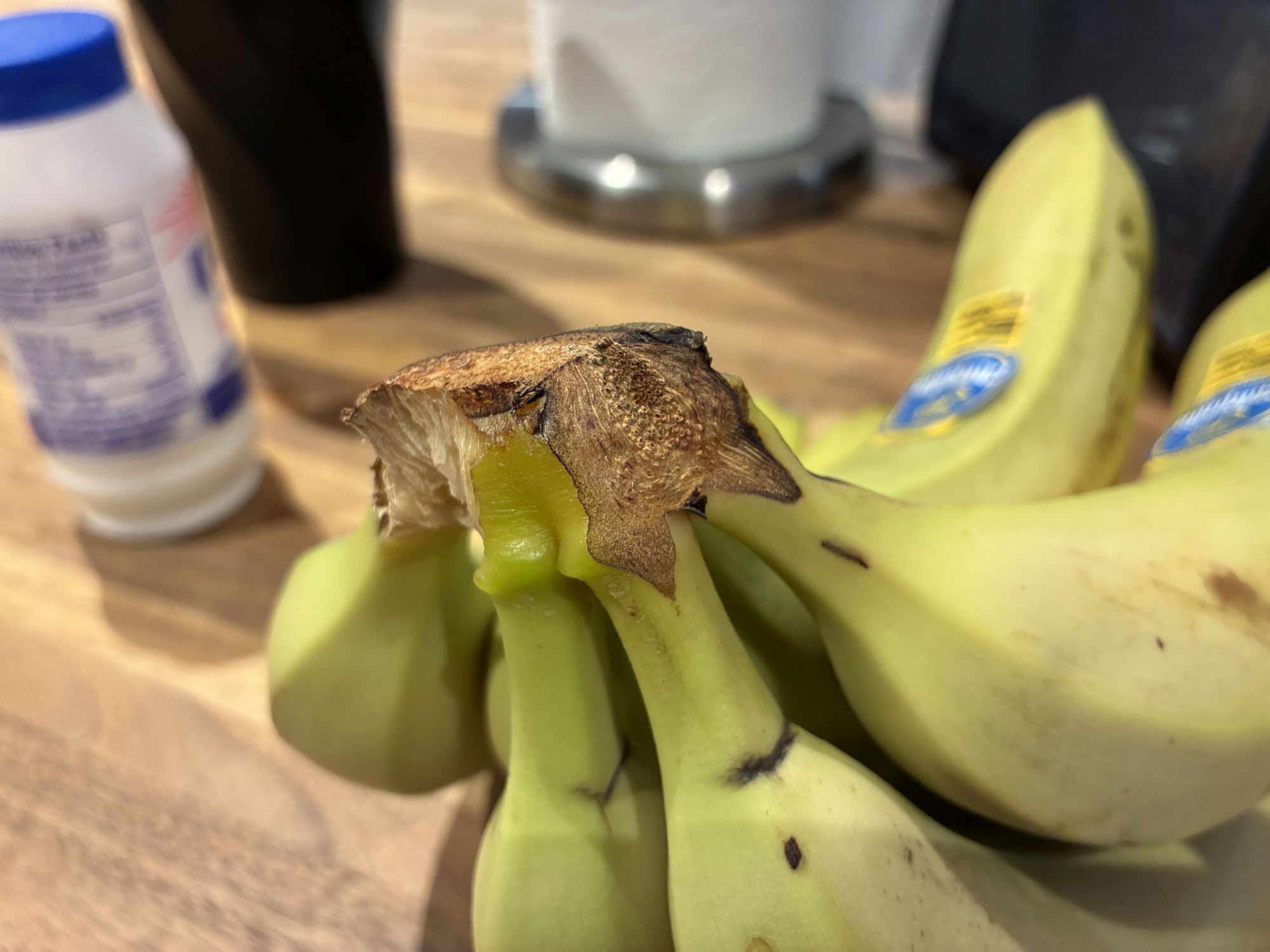
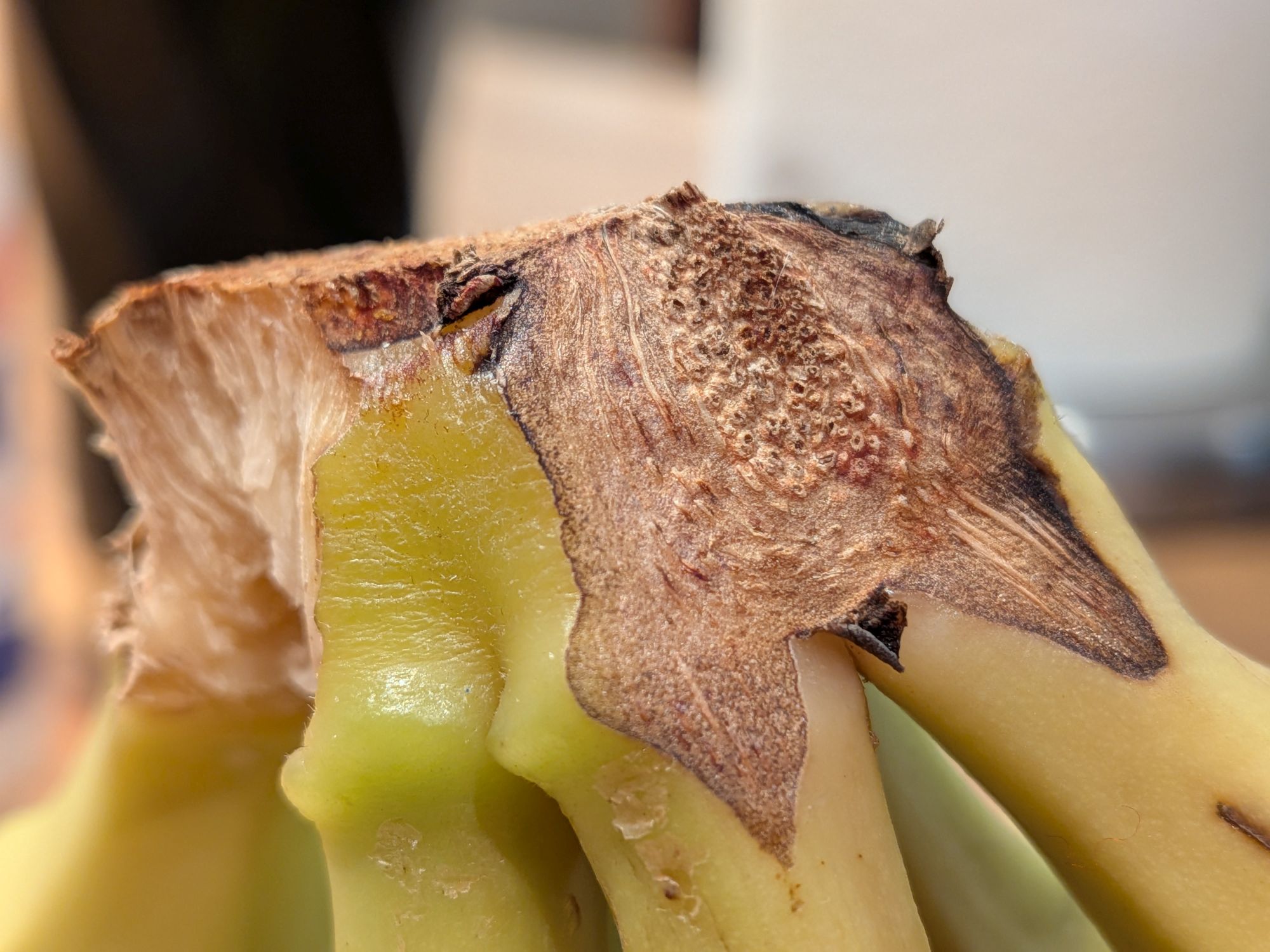
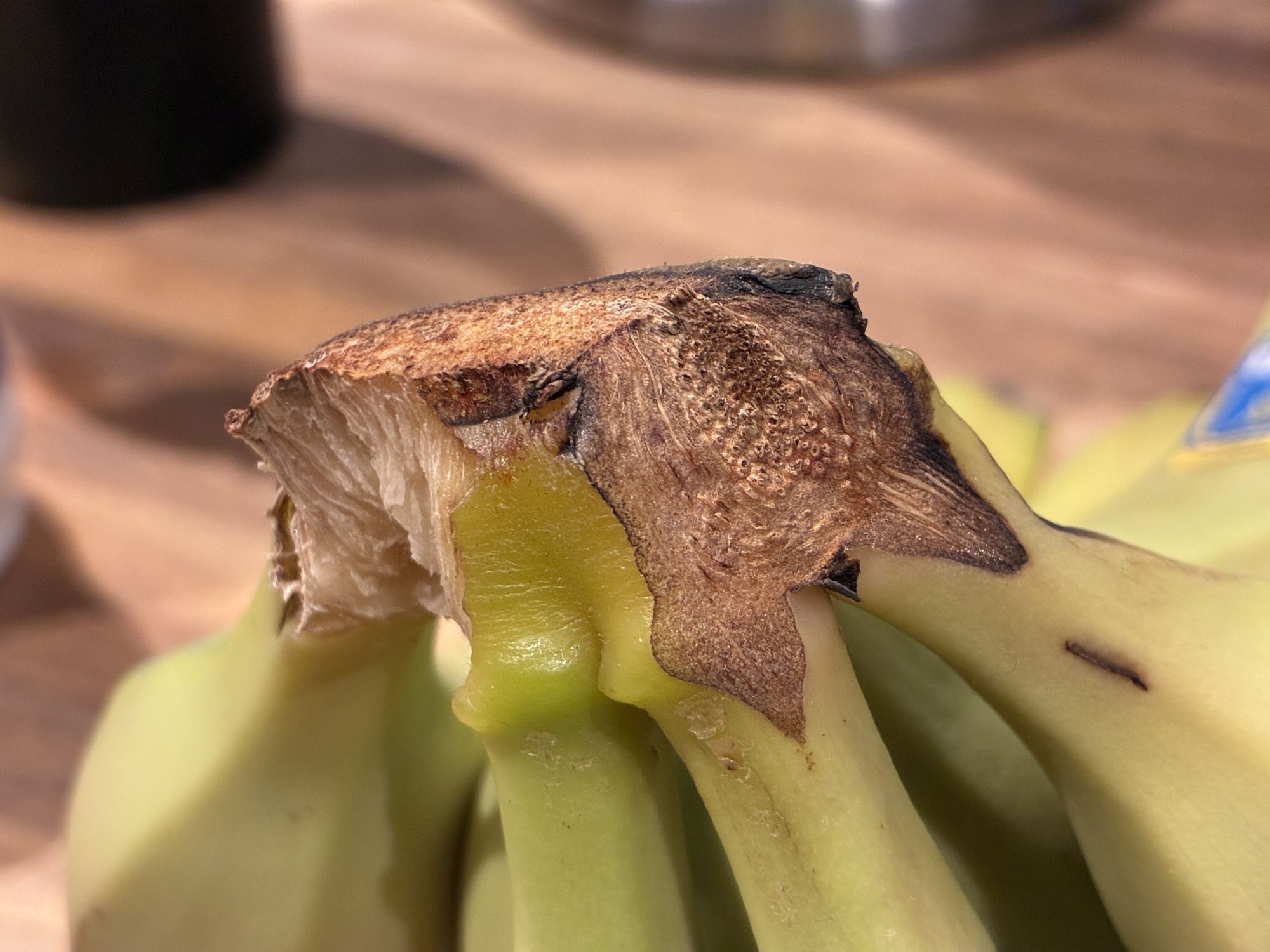
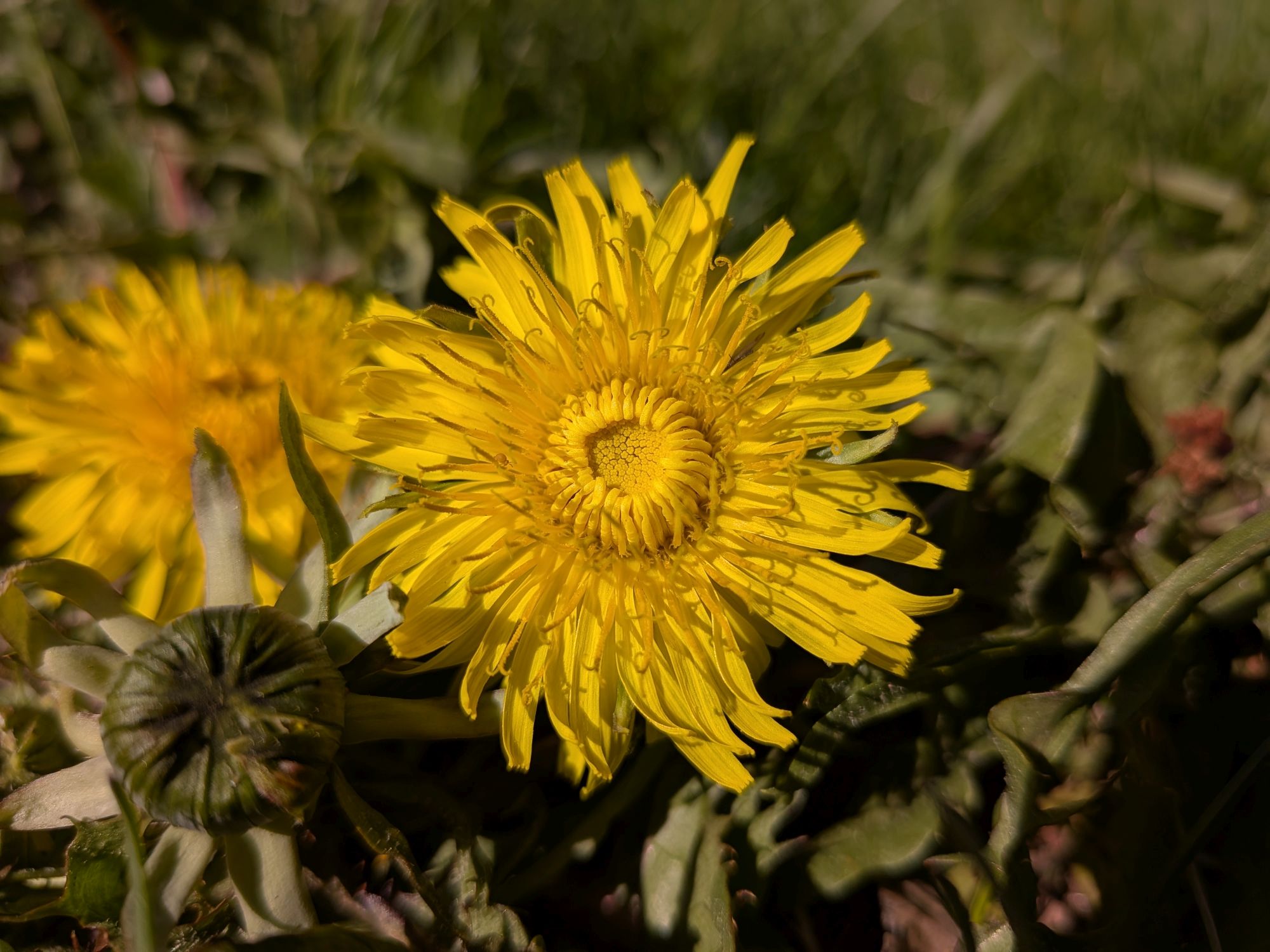
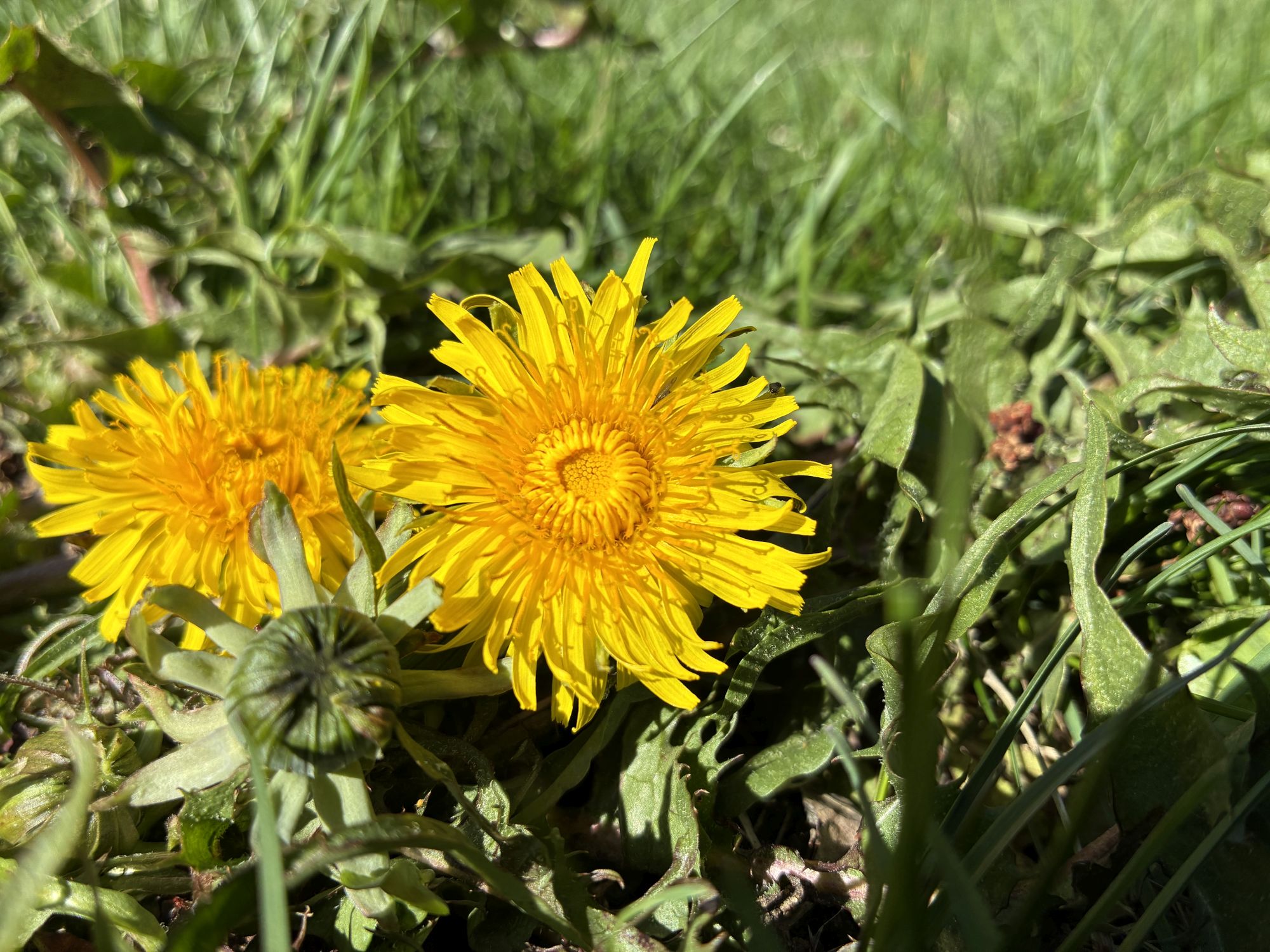


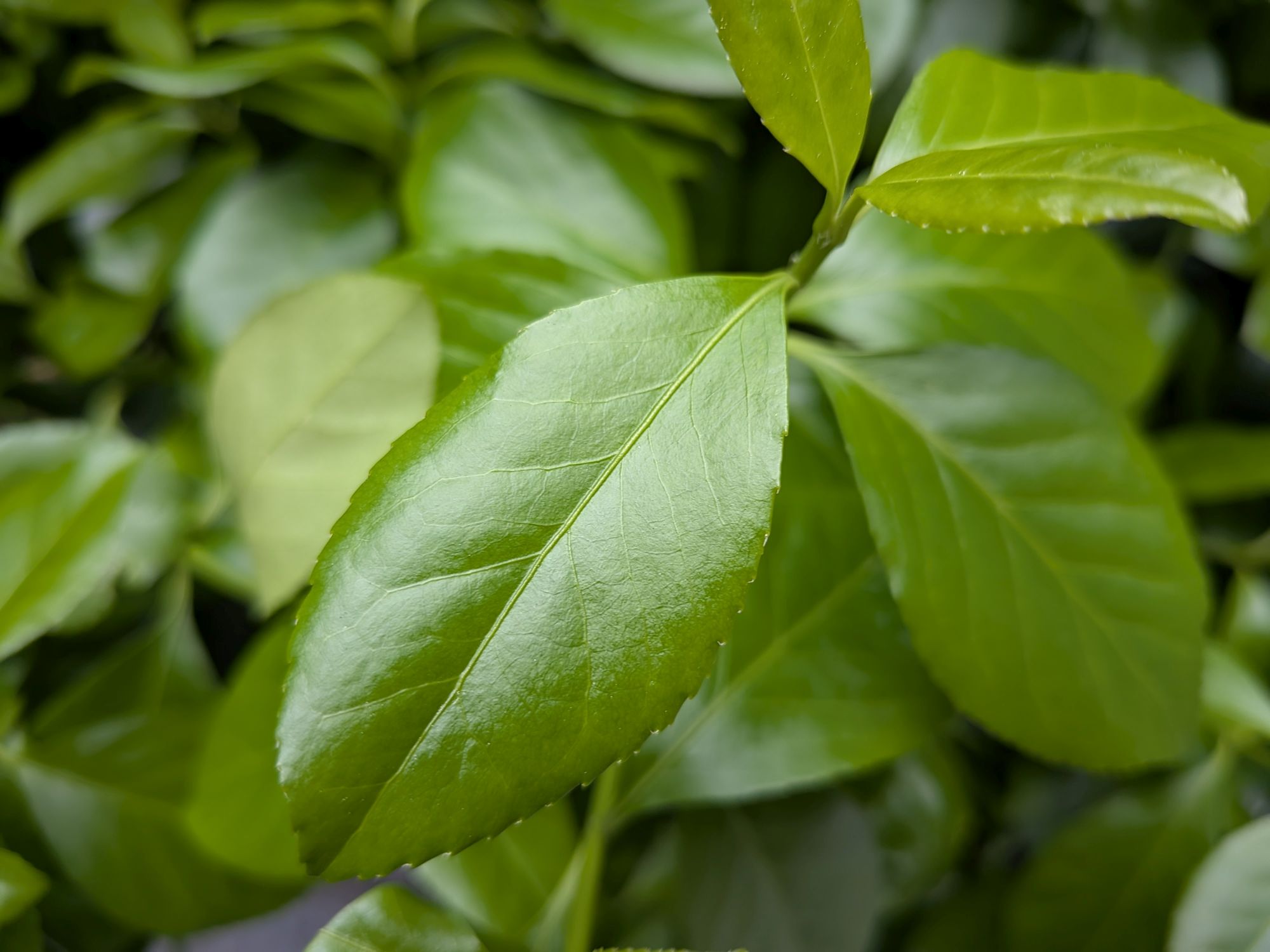
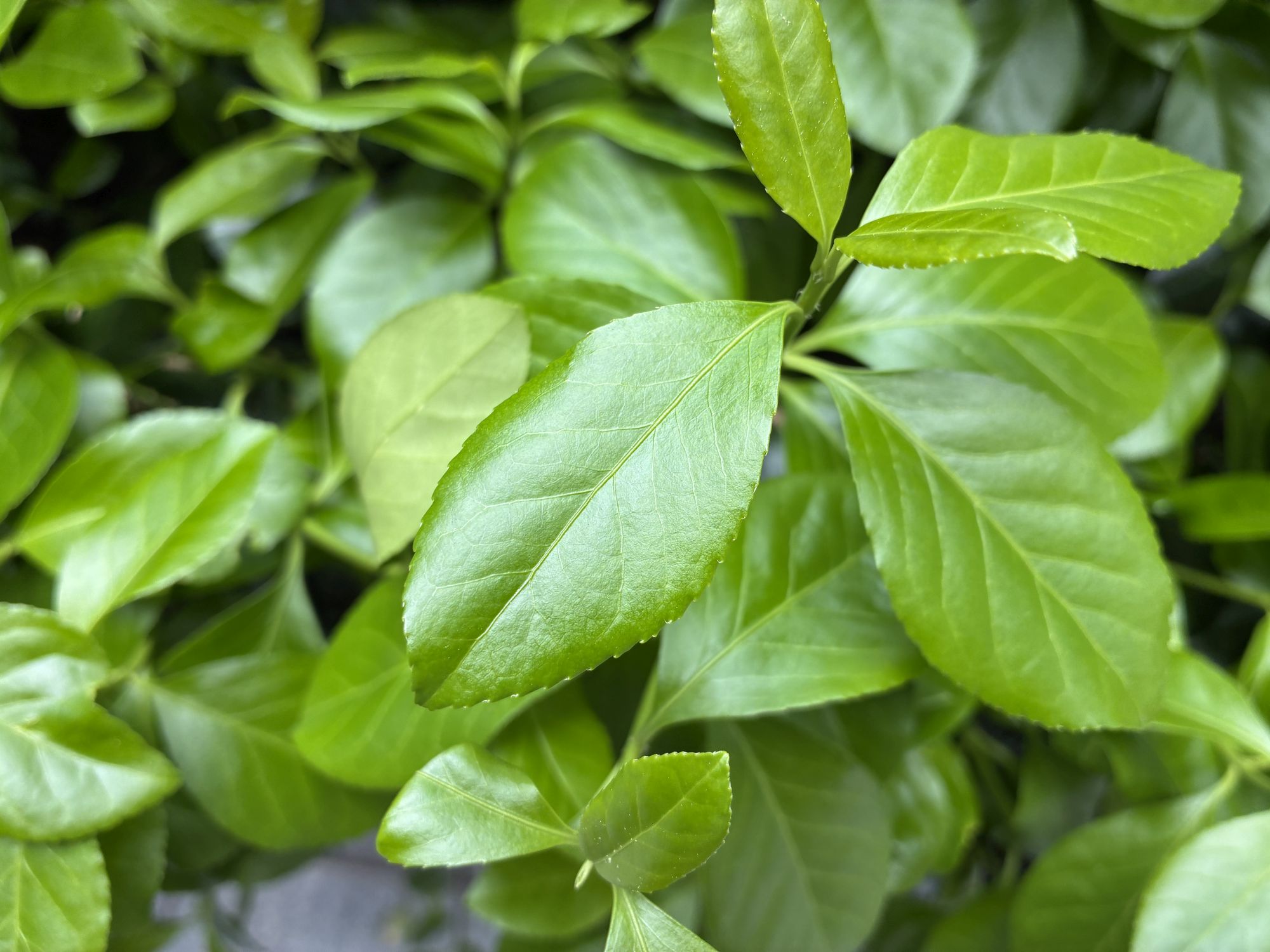
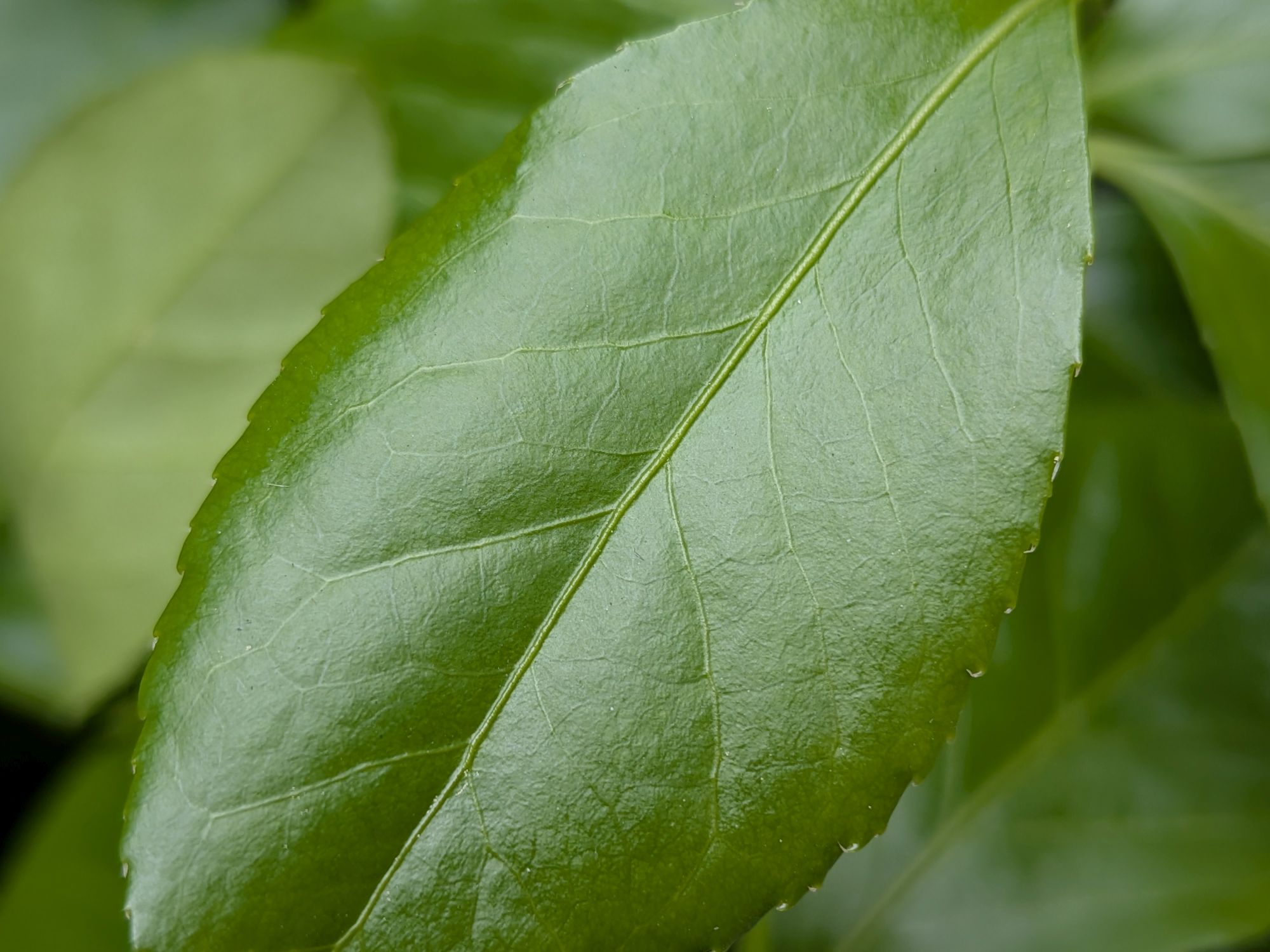
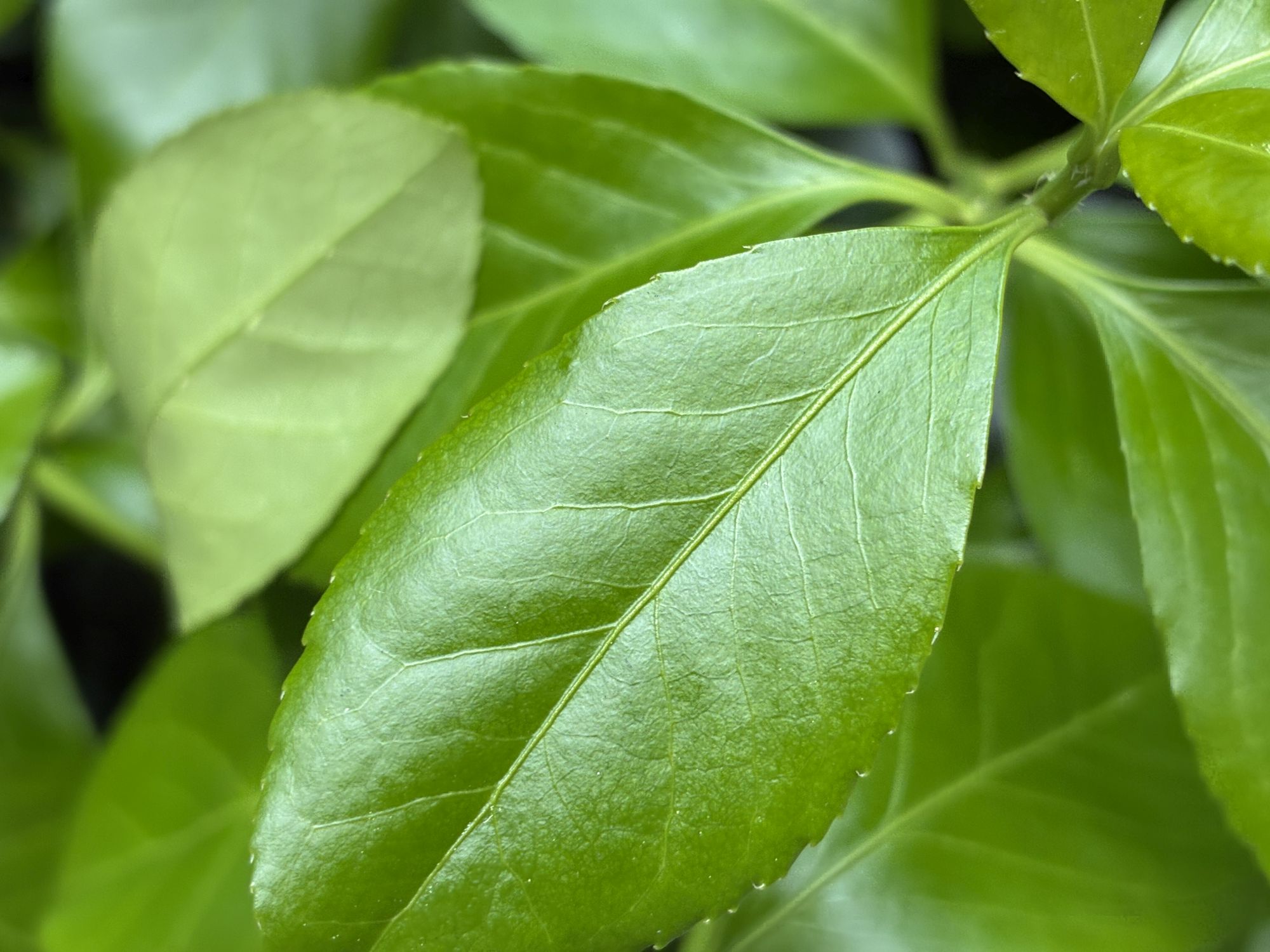

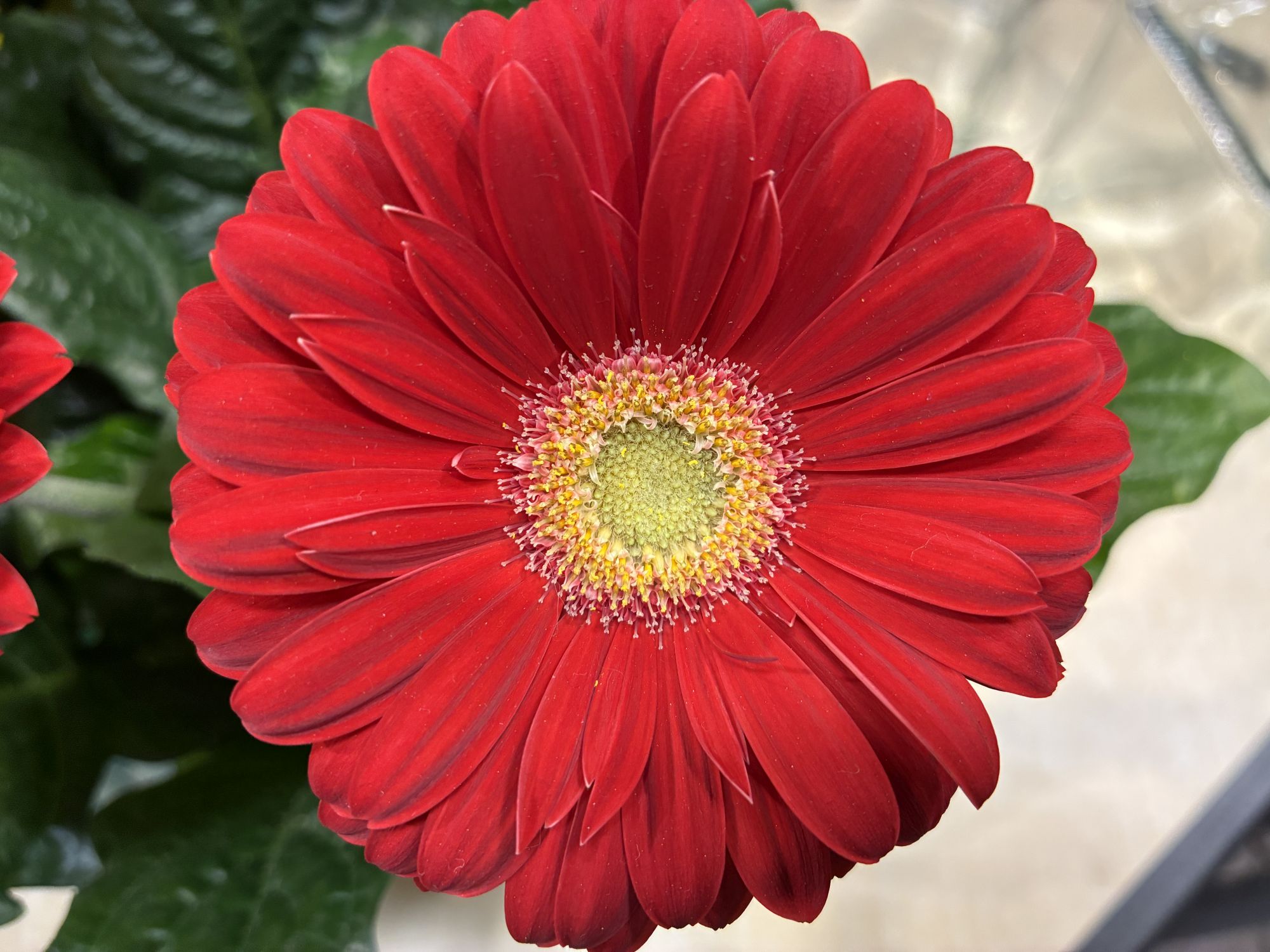
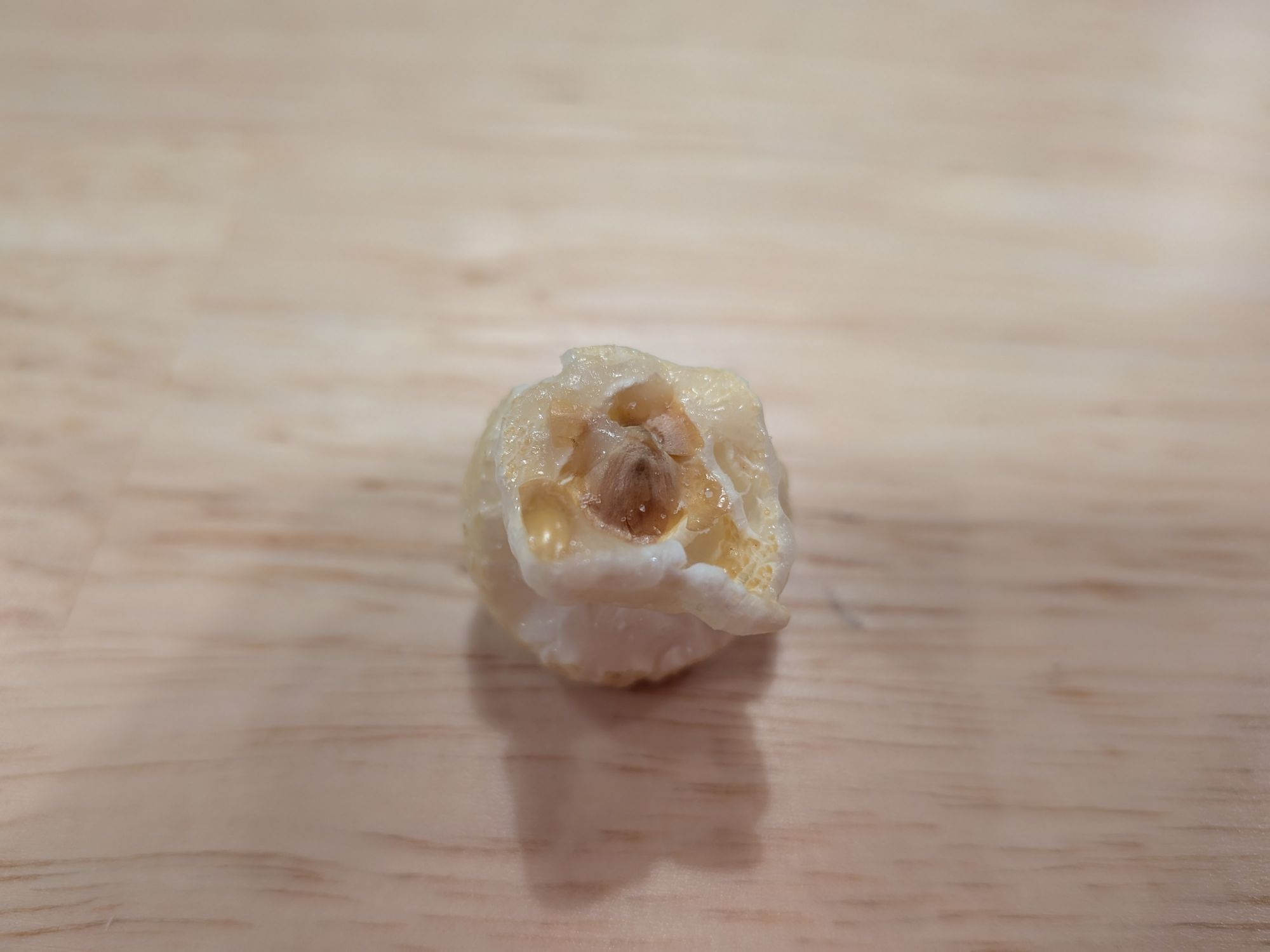
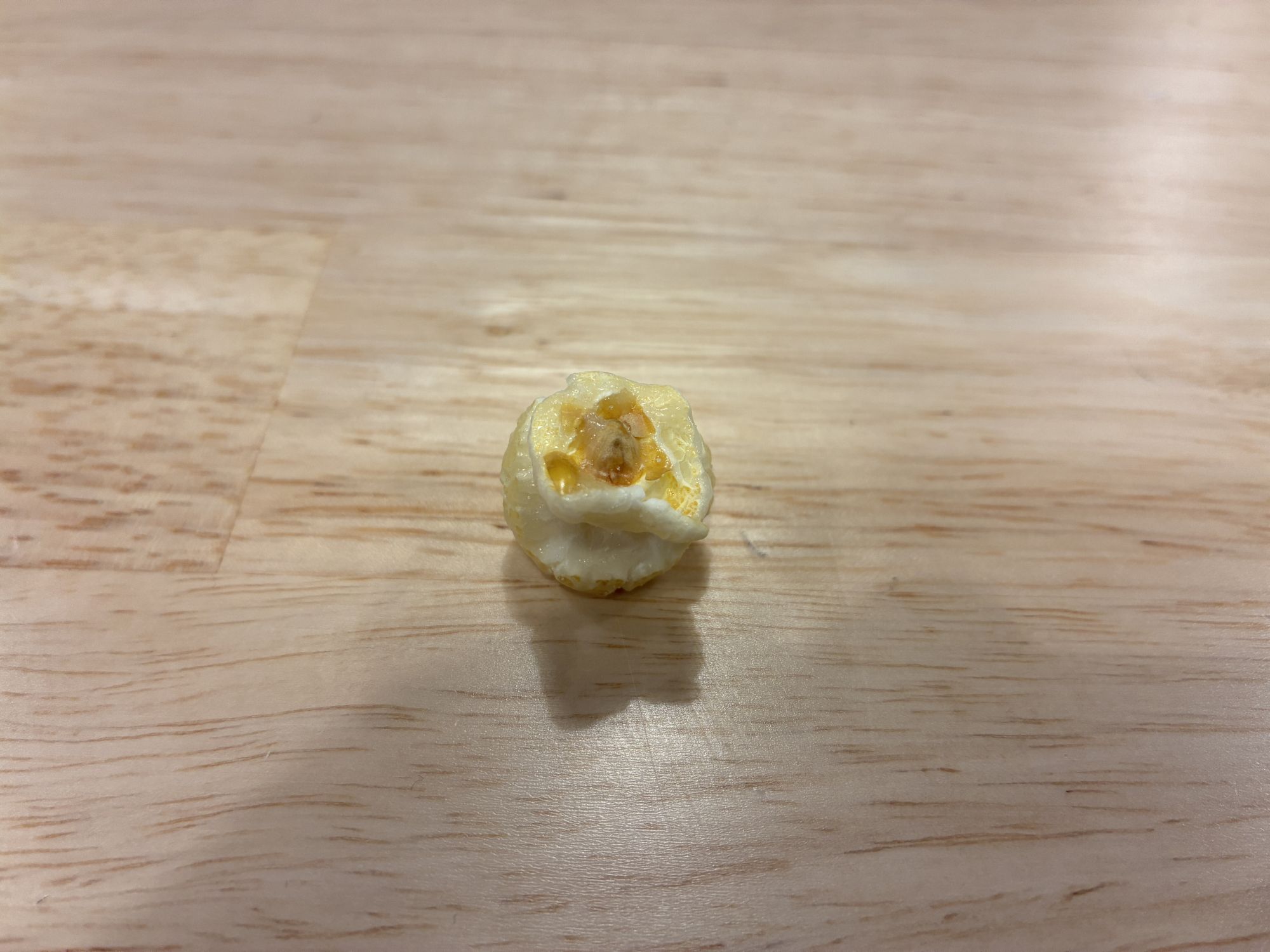
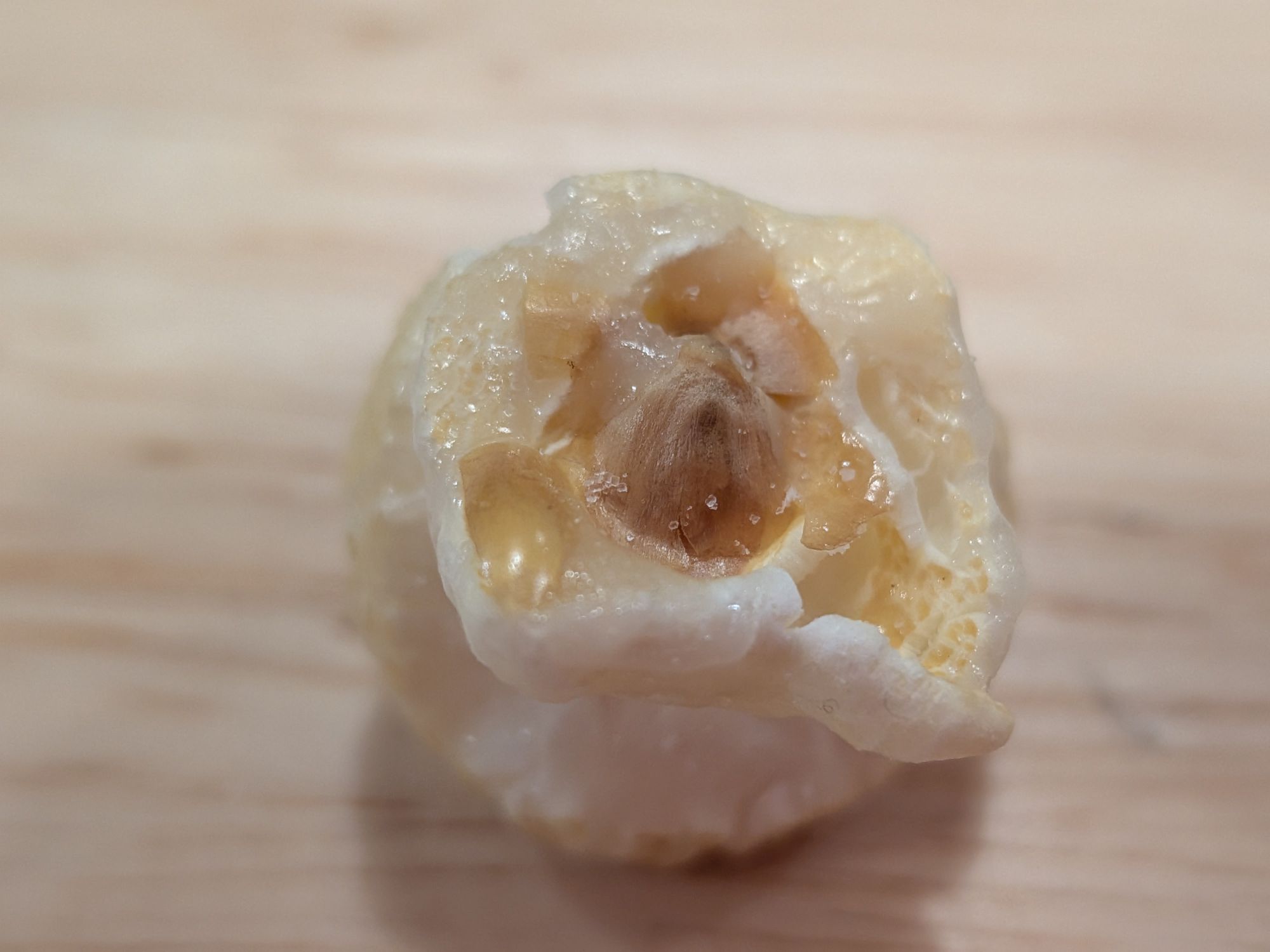
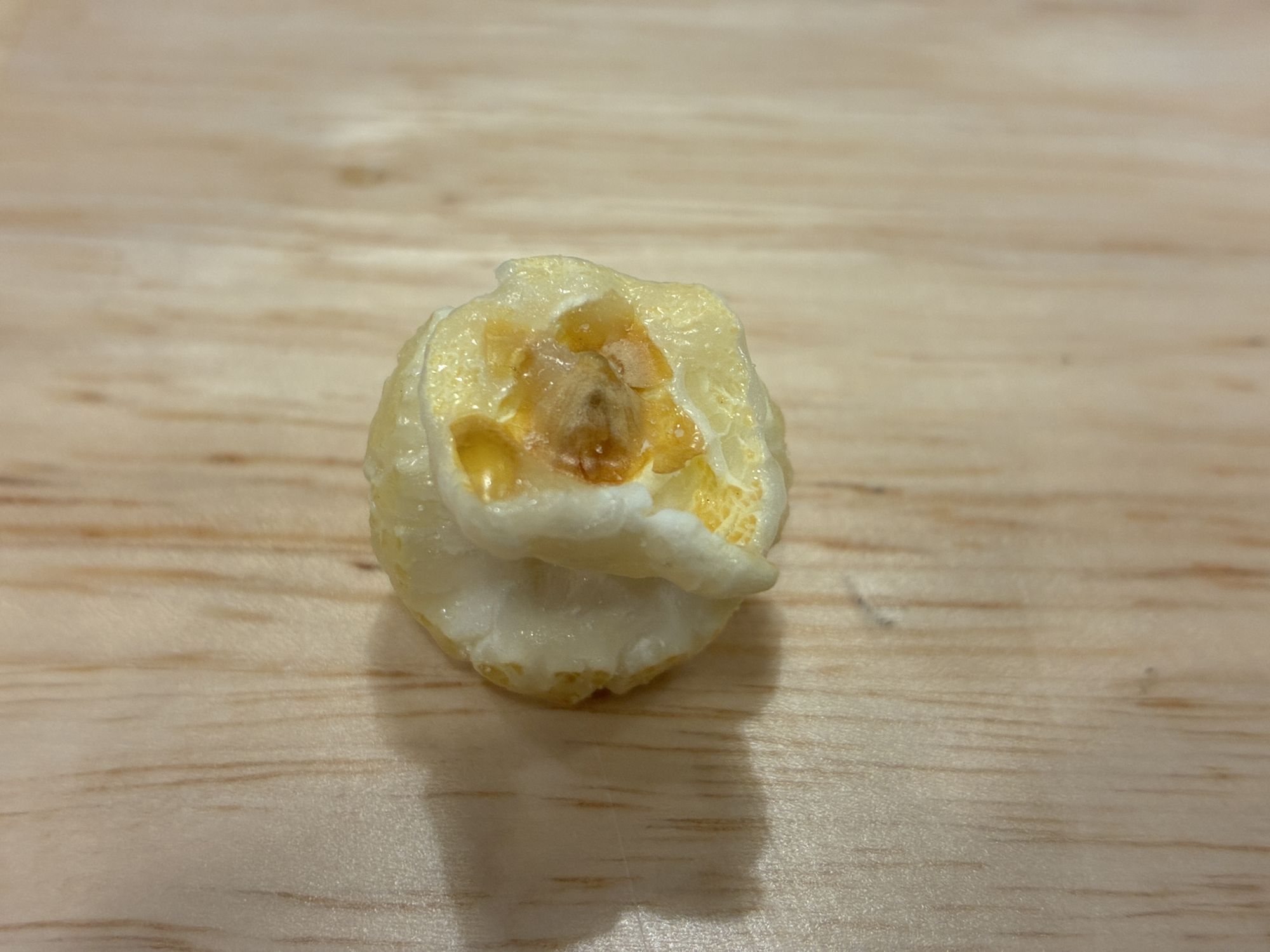
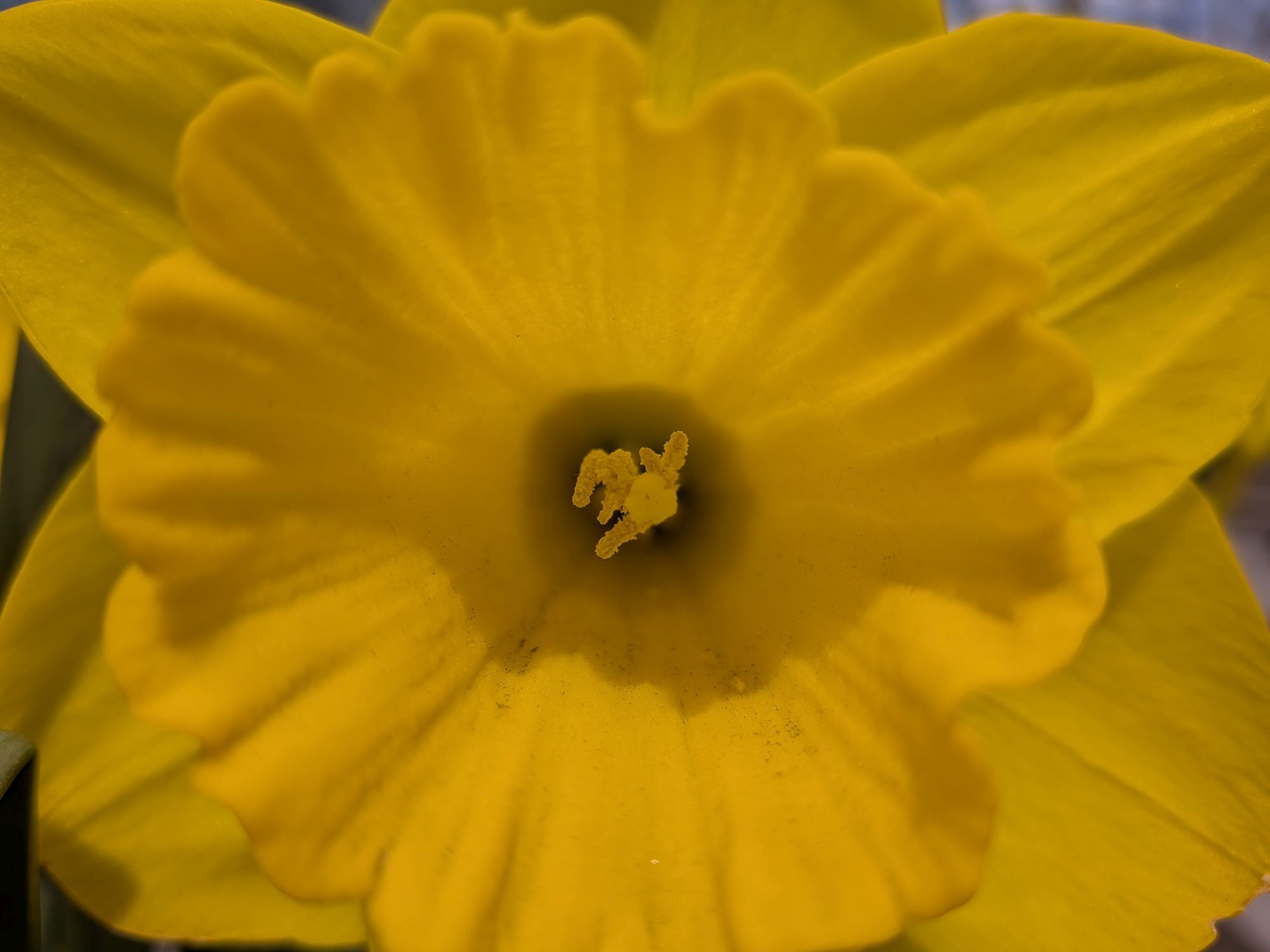
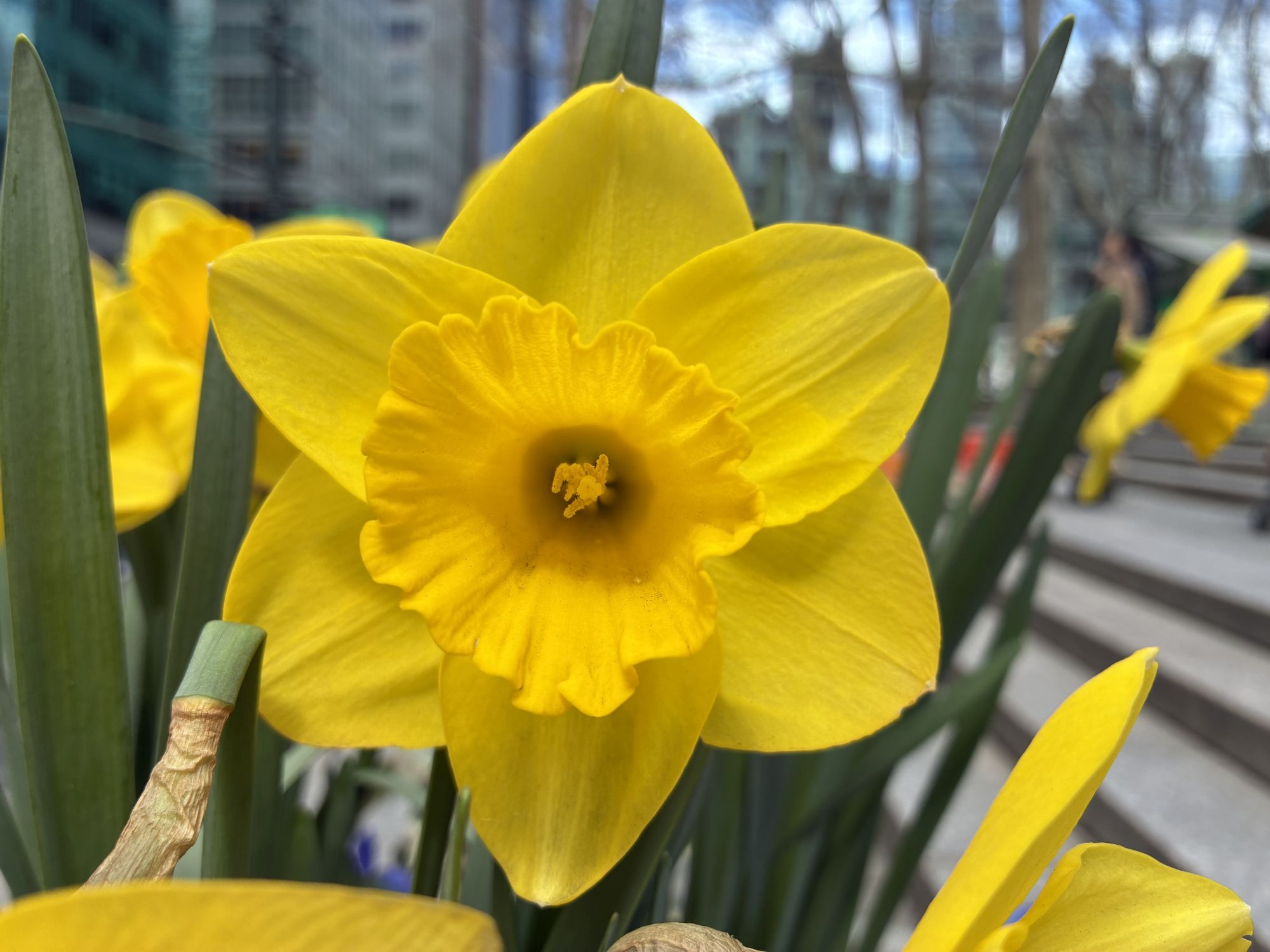
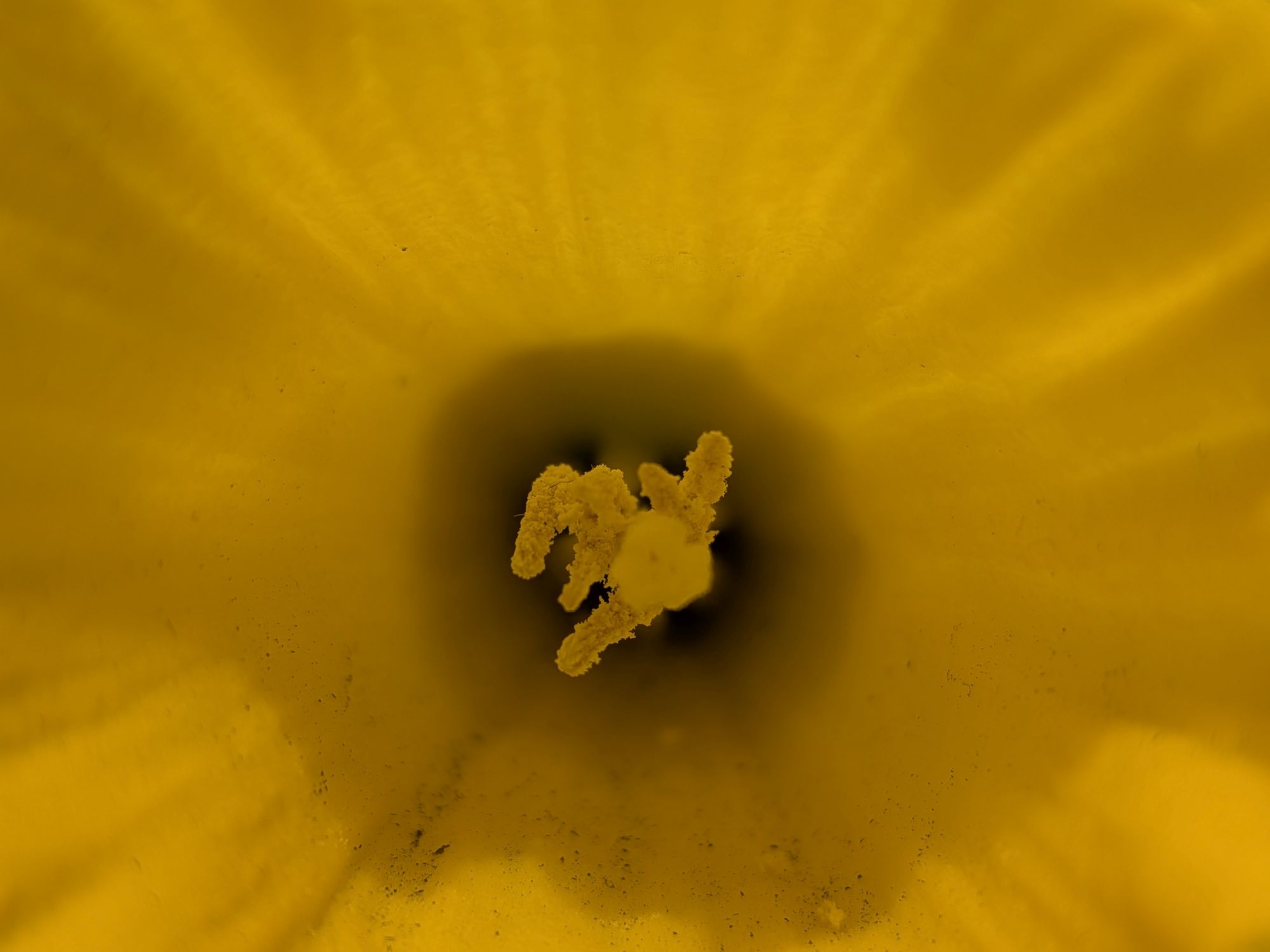
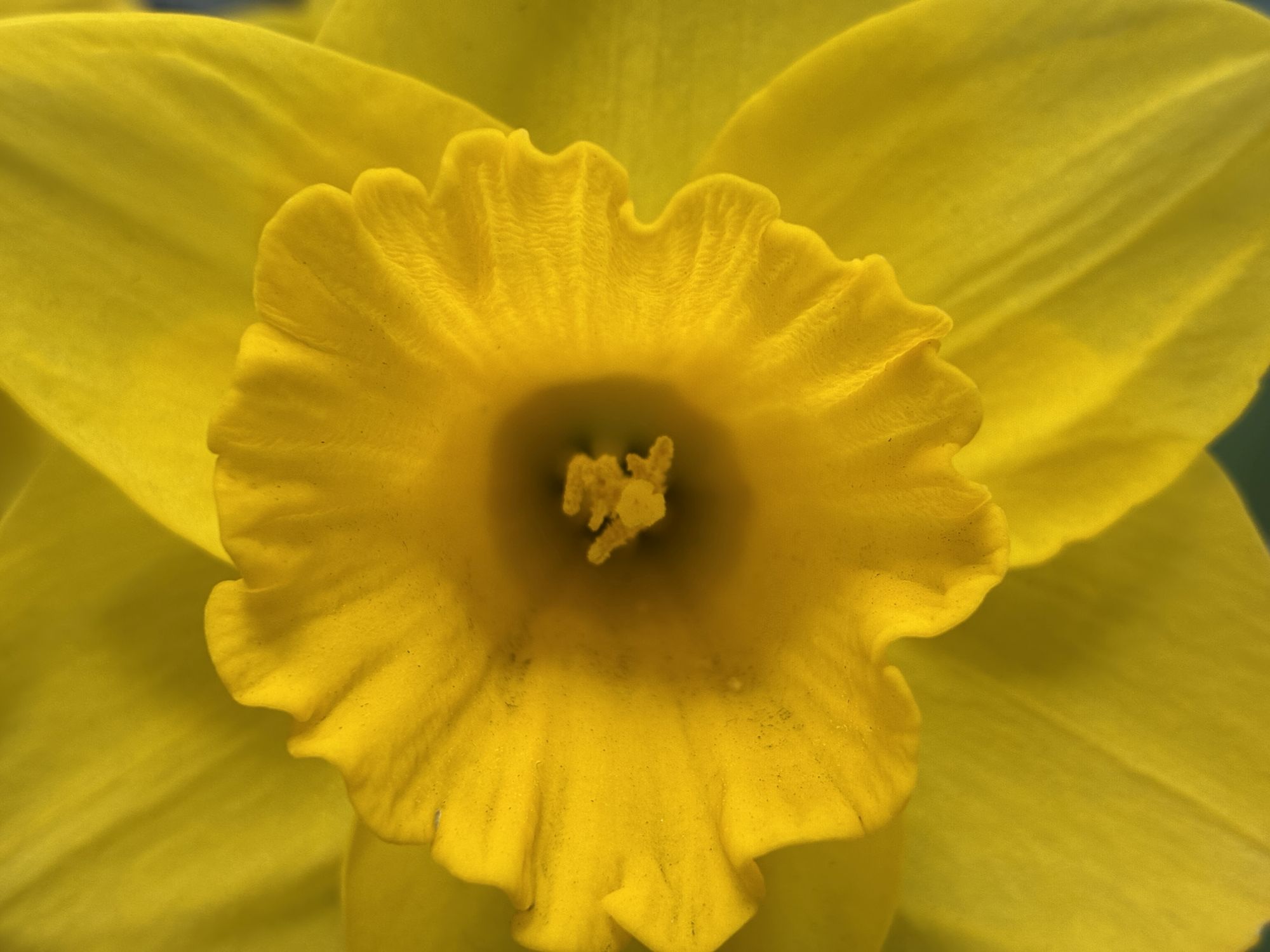

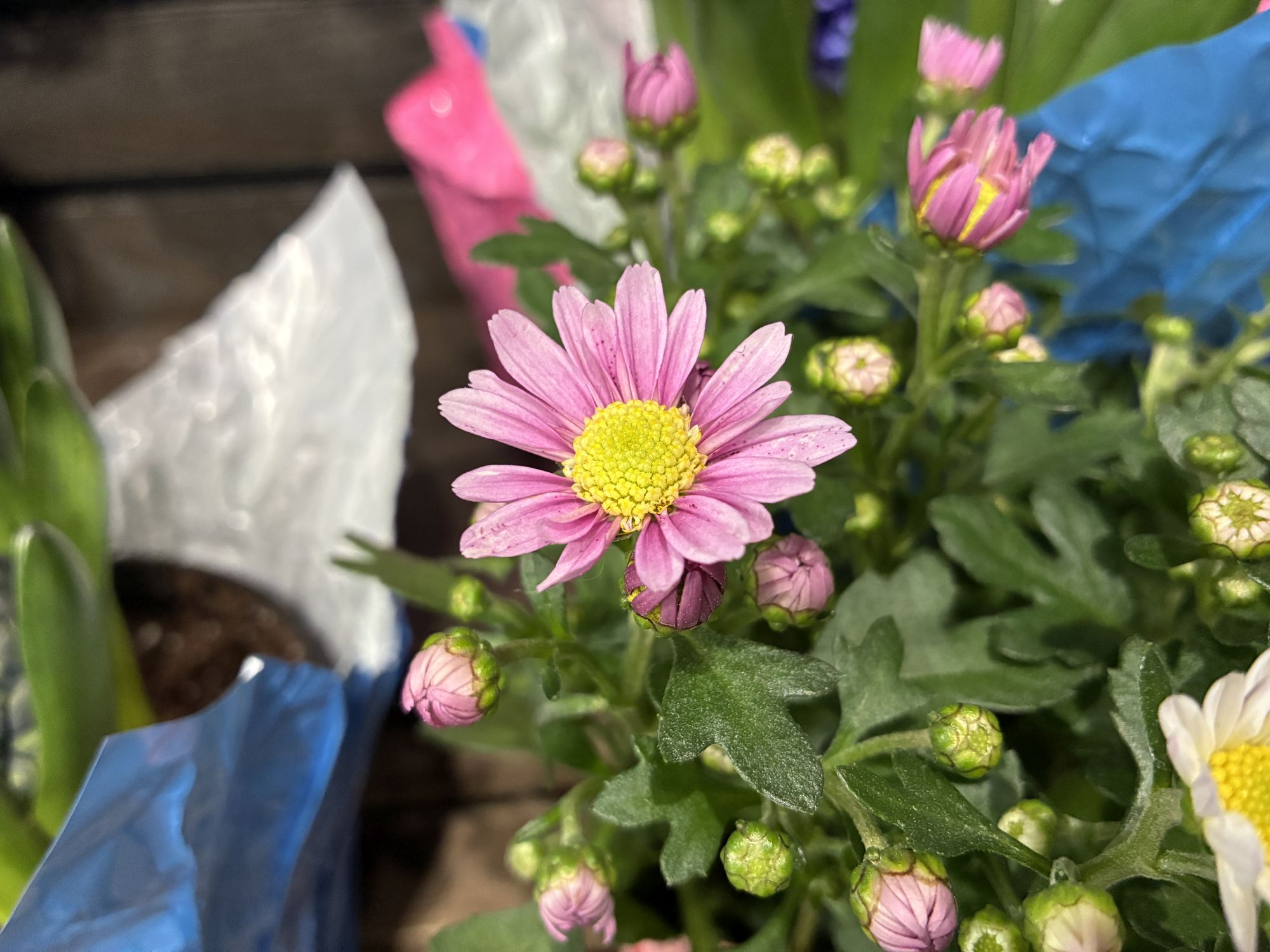

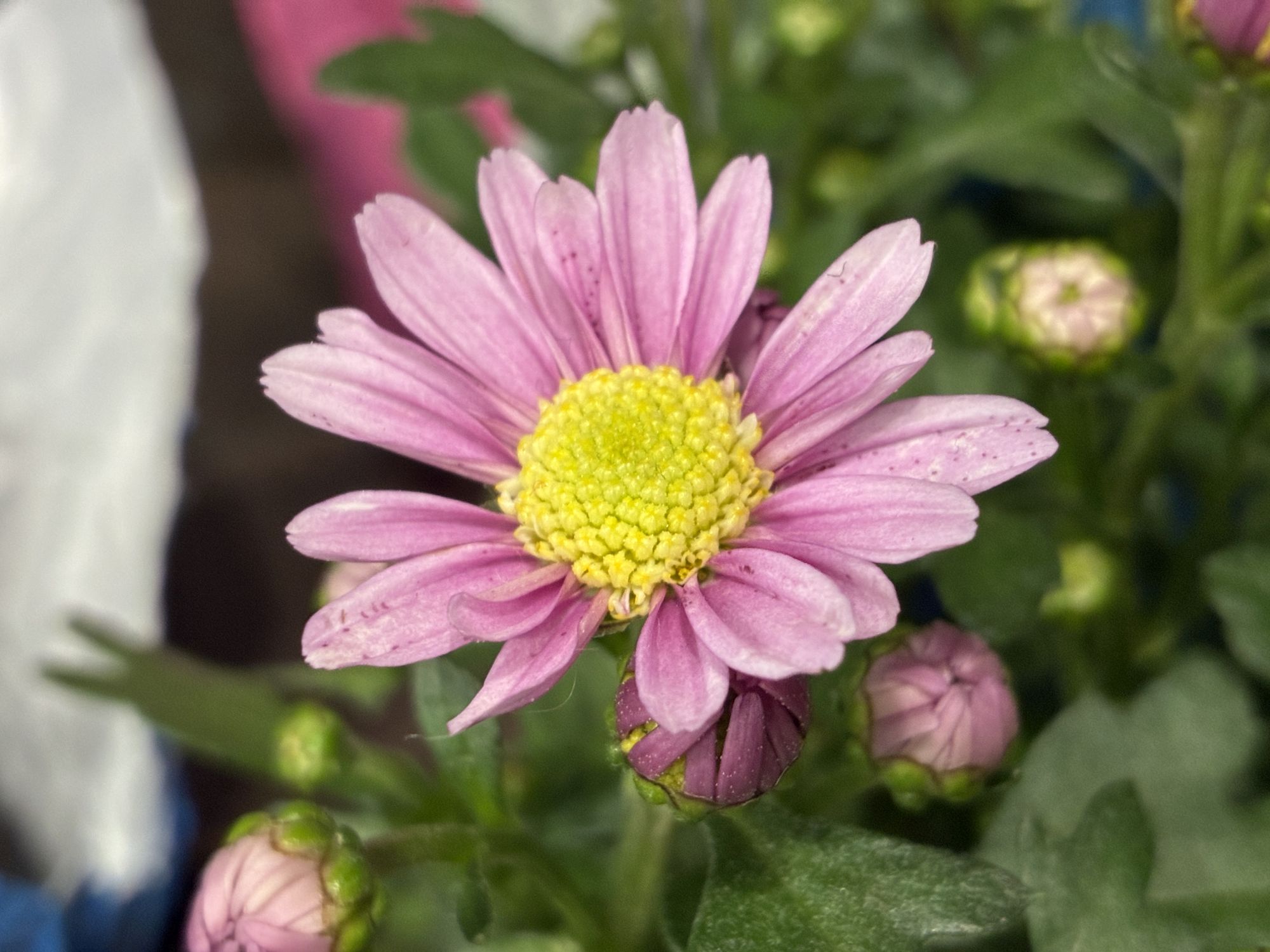
As for the selfie cameras on each phone, it really comes down to skin tones. Otherwise, both phones capture just the same amount of detail and definition.
In the above comparison, the iPhone 16e simply looks flat next to the richer, more vibrant color tones of the Pixel 9a.
















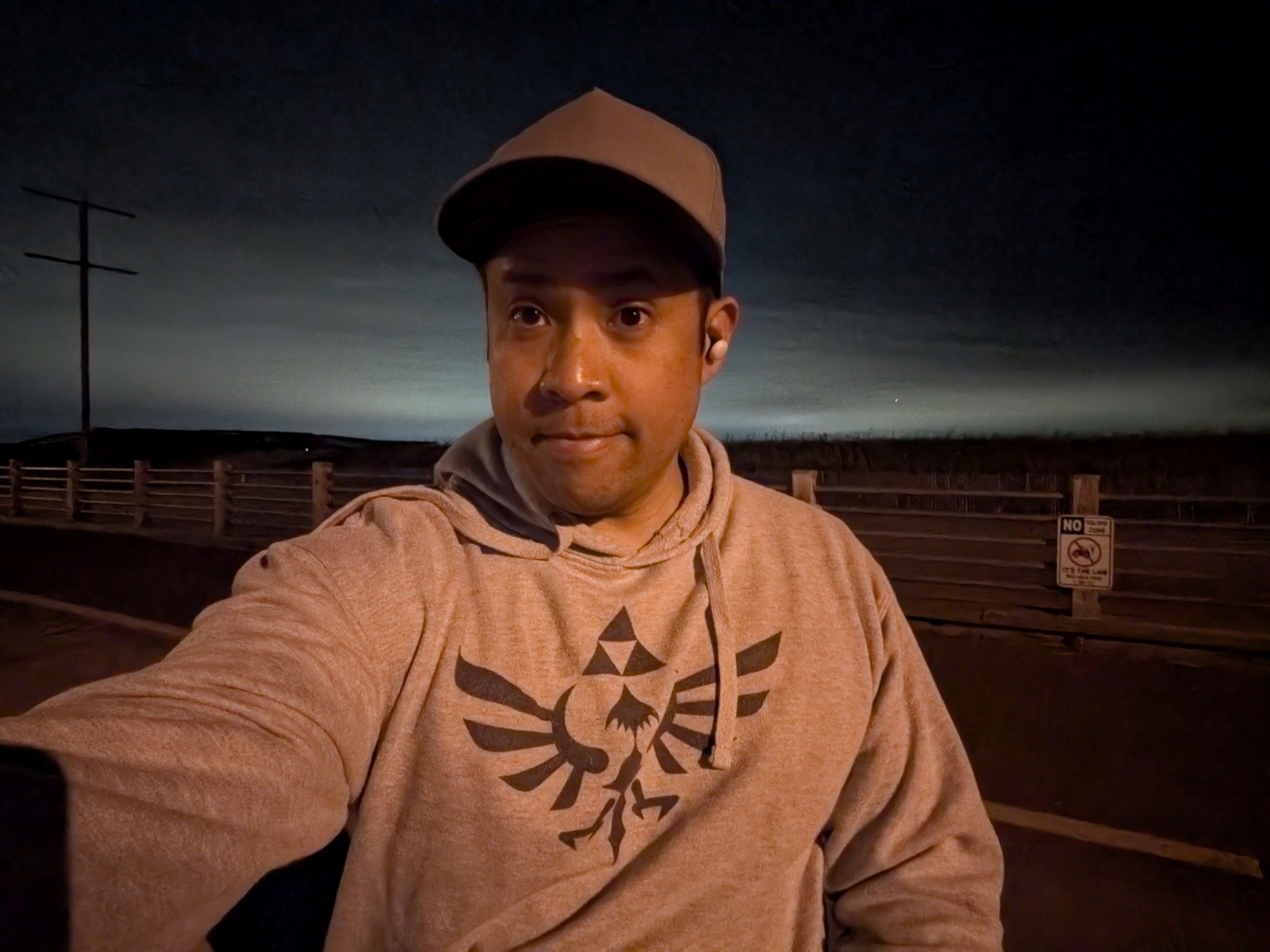

Neither phone offers a dedicated telephoto camera, so it boils down to their image processing algorithms to enhance their zooming capabilities. With the zoom photos below, I kept them the same with one image at 2x and then 8x with the other.
At 2x zoom, there’s minimal differences with their performances. However, things change dramatically at 8x zoom — which you can see from the side-by-side shot of the W 41st sign above. The iPhone 16e does a much better job of looking sharper and capturing the textures of the sign. Unfortunately, the Pixel 9a’s processing doesn’t compare with its softer look and smudy details.
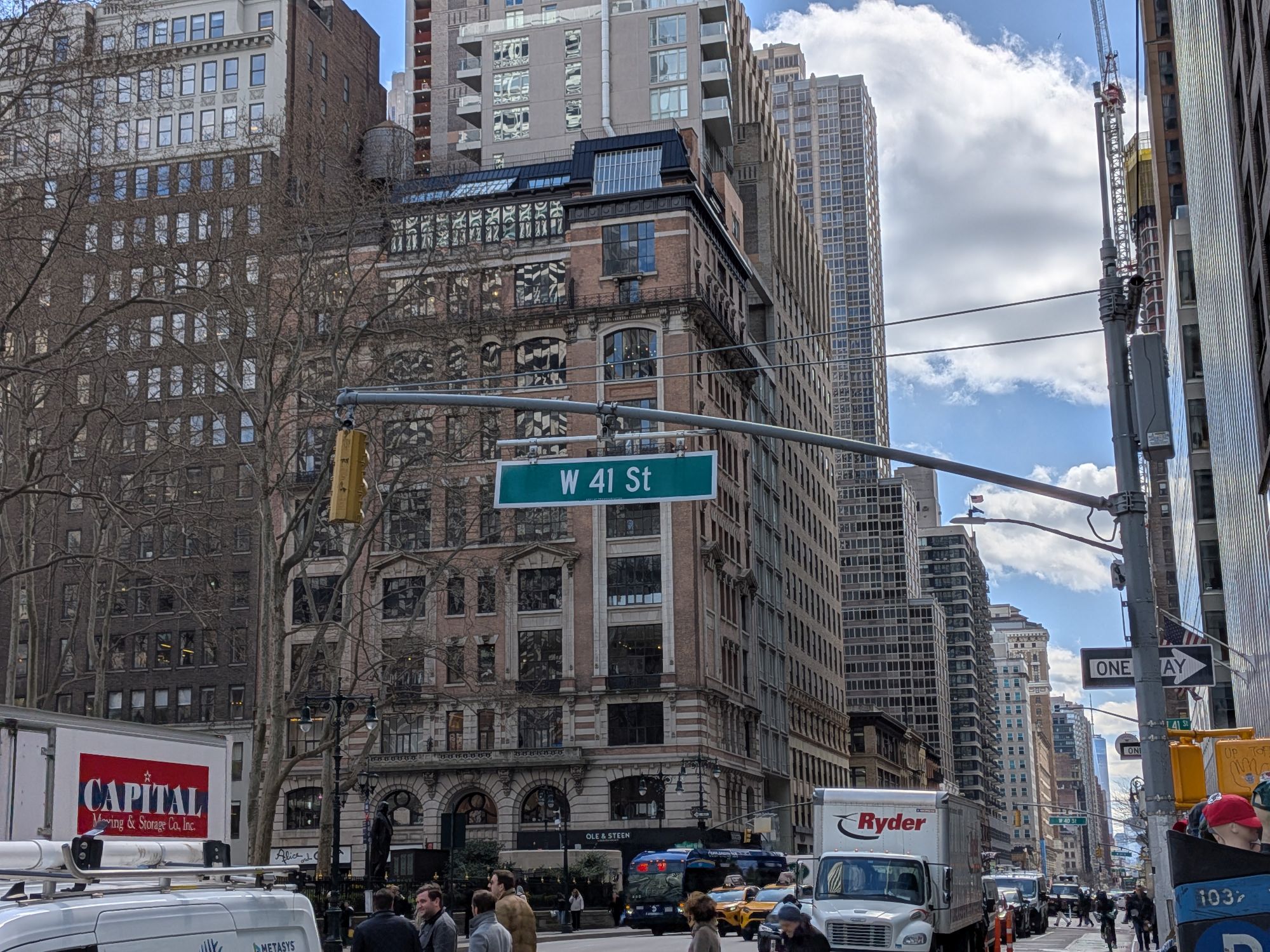
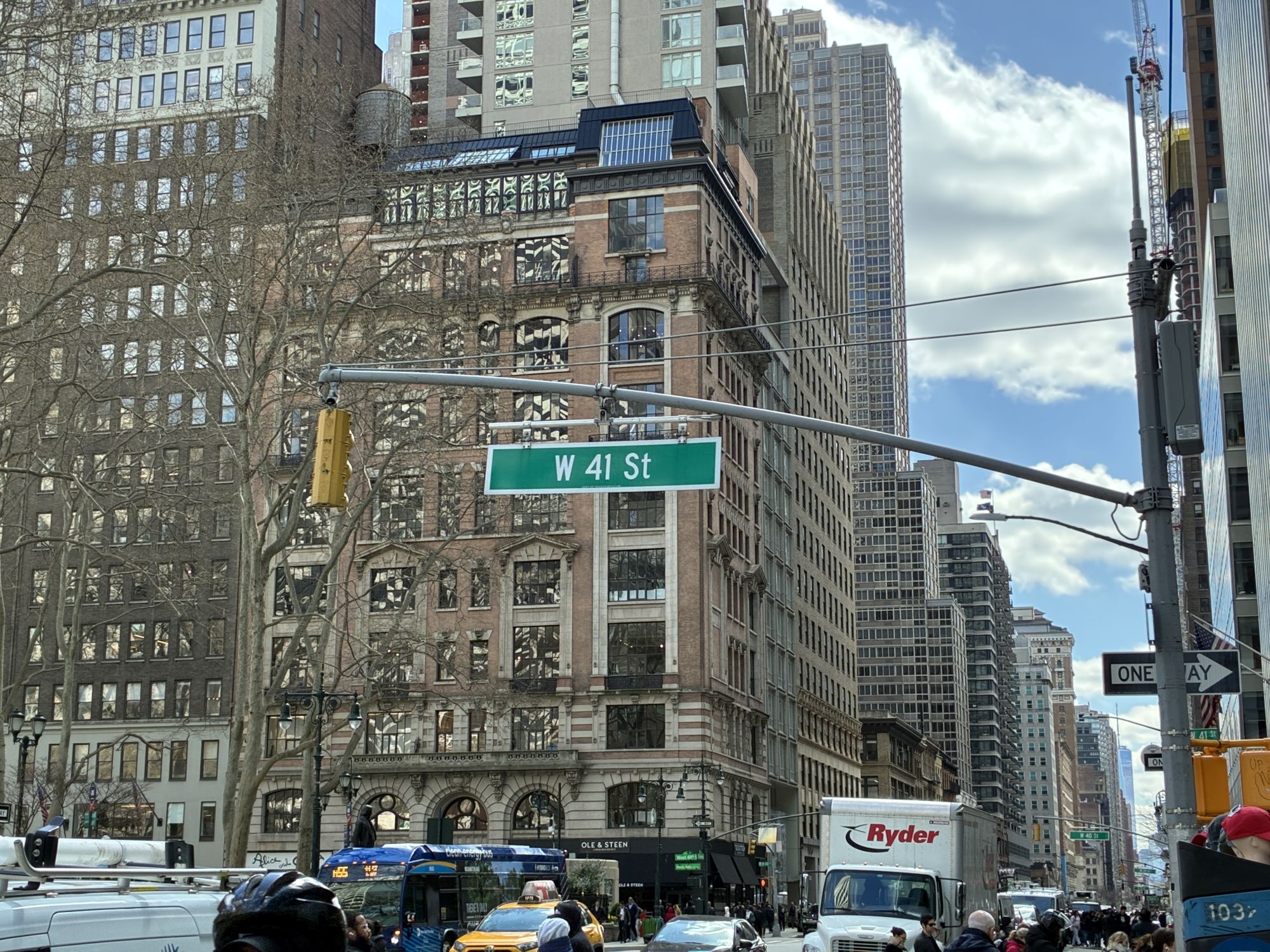
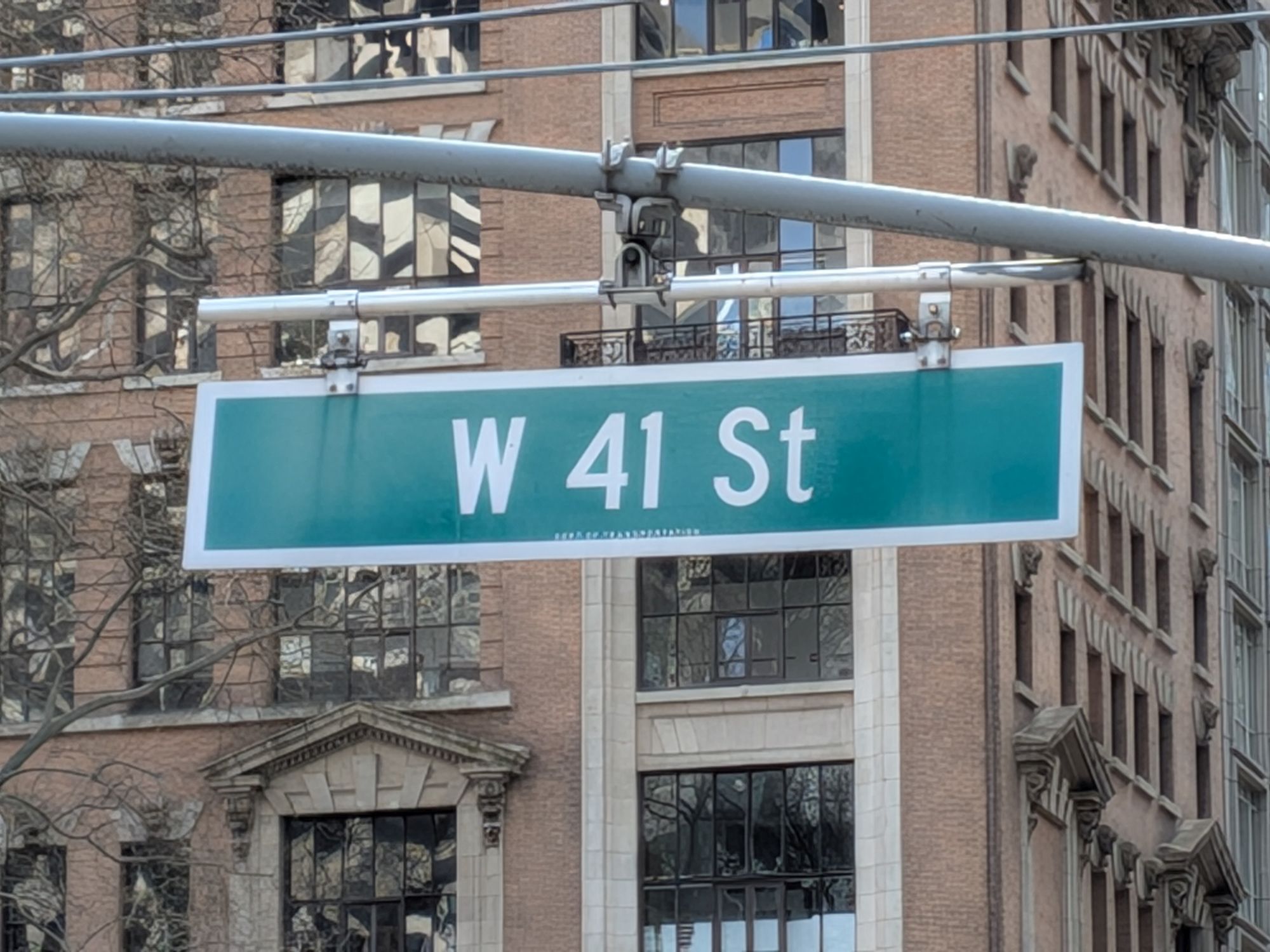
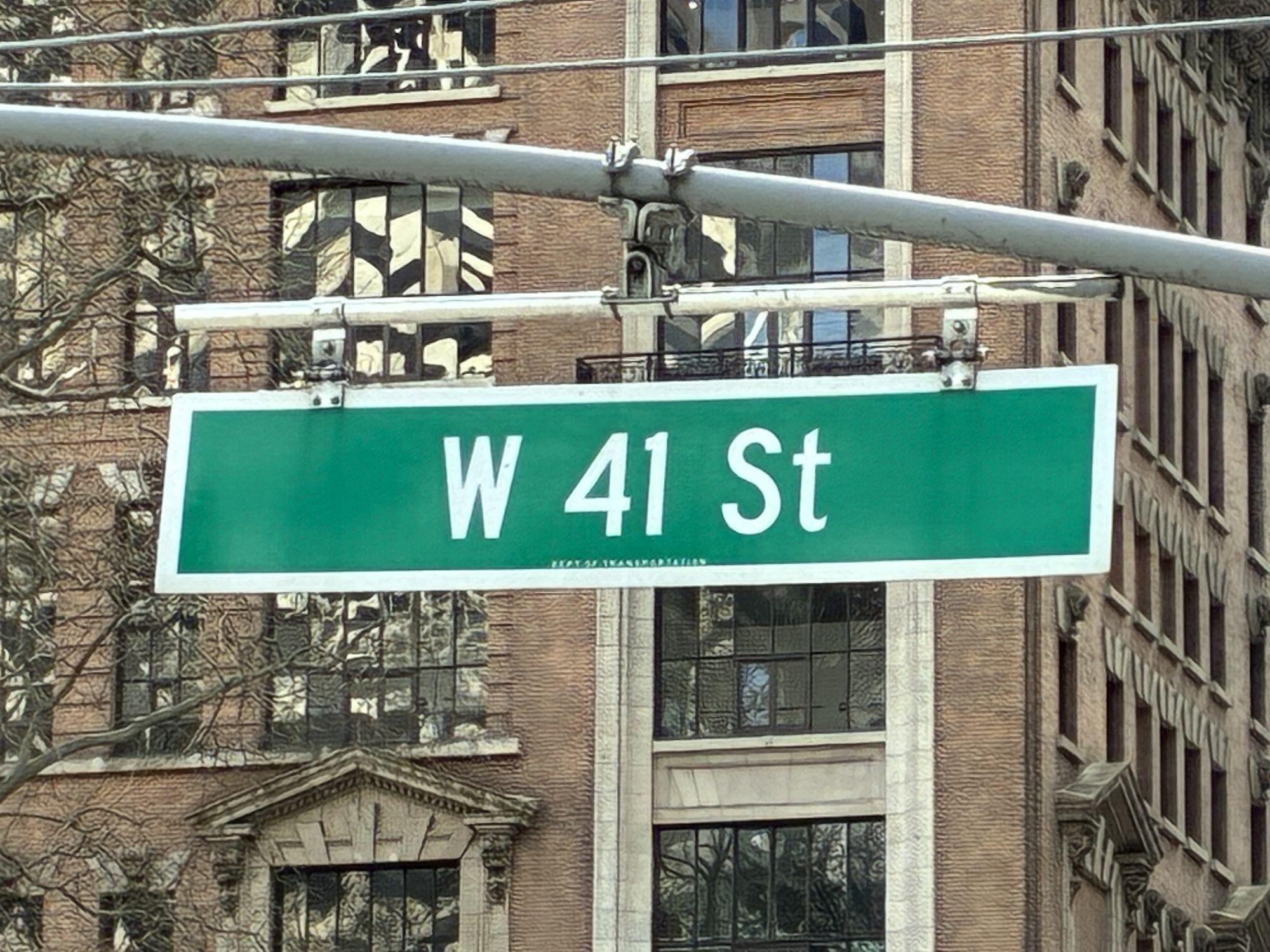




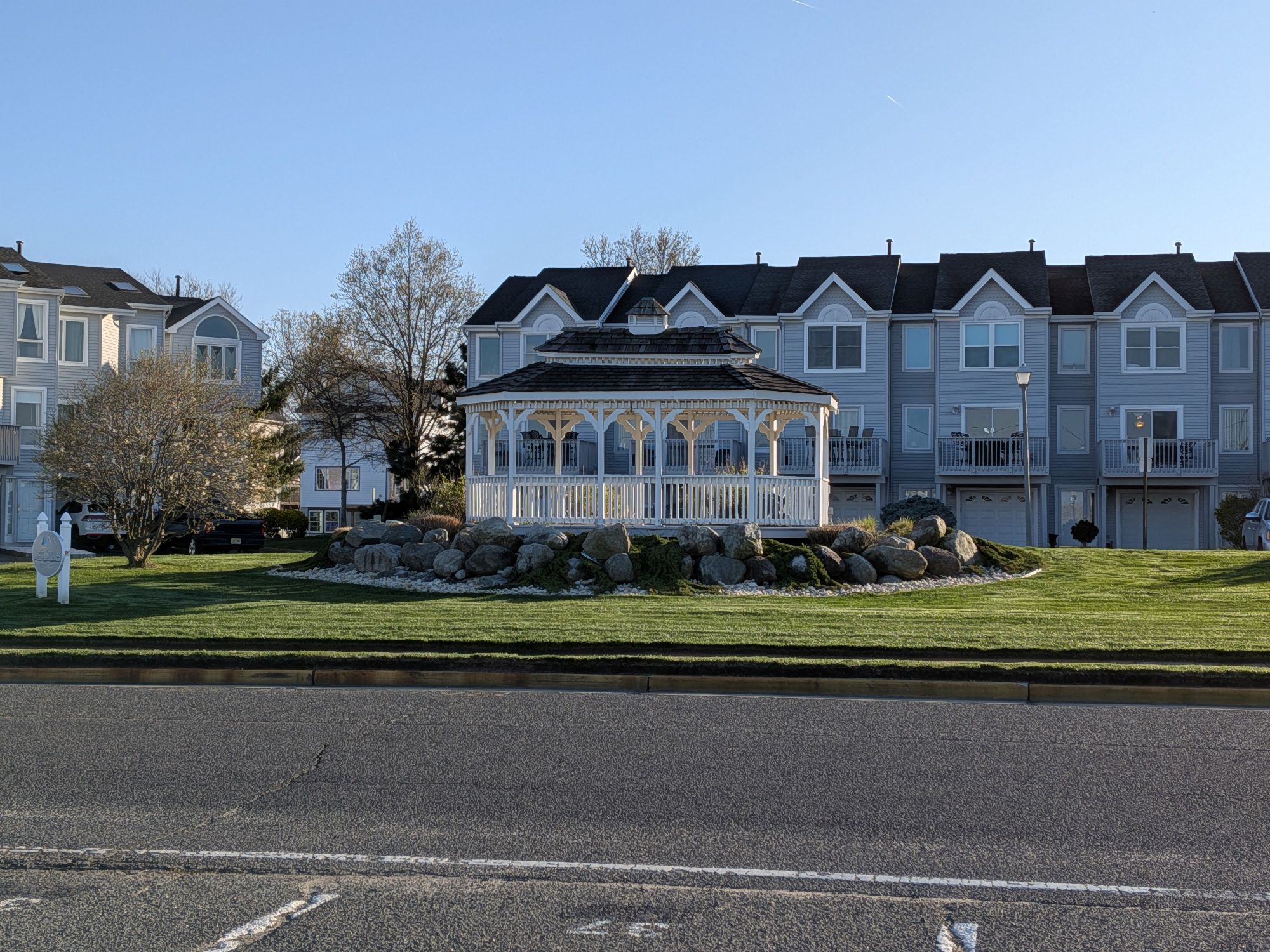

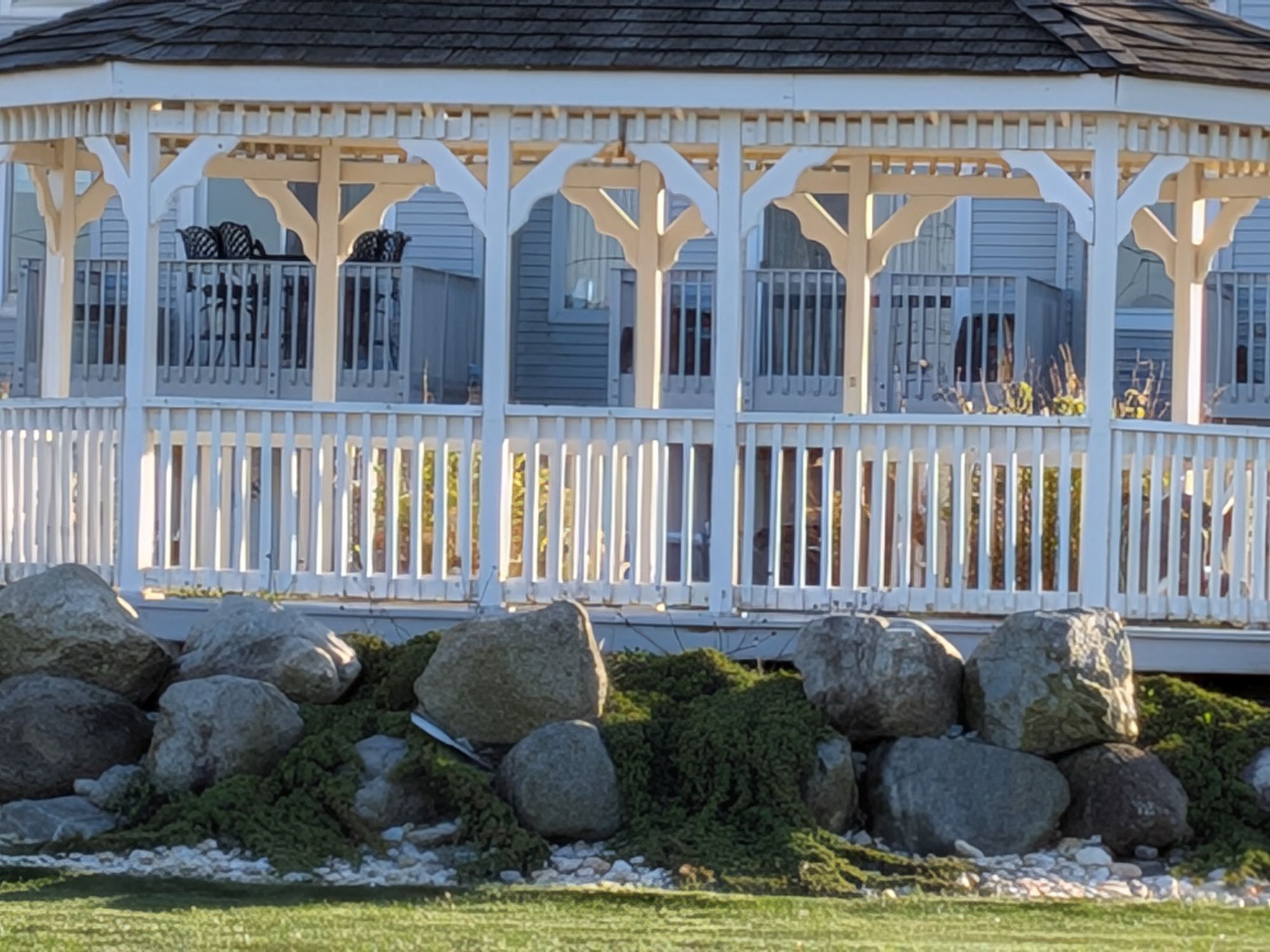

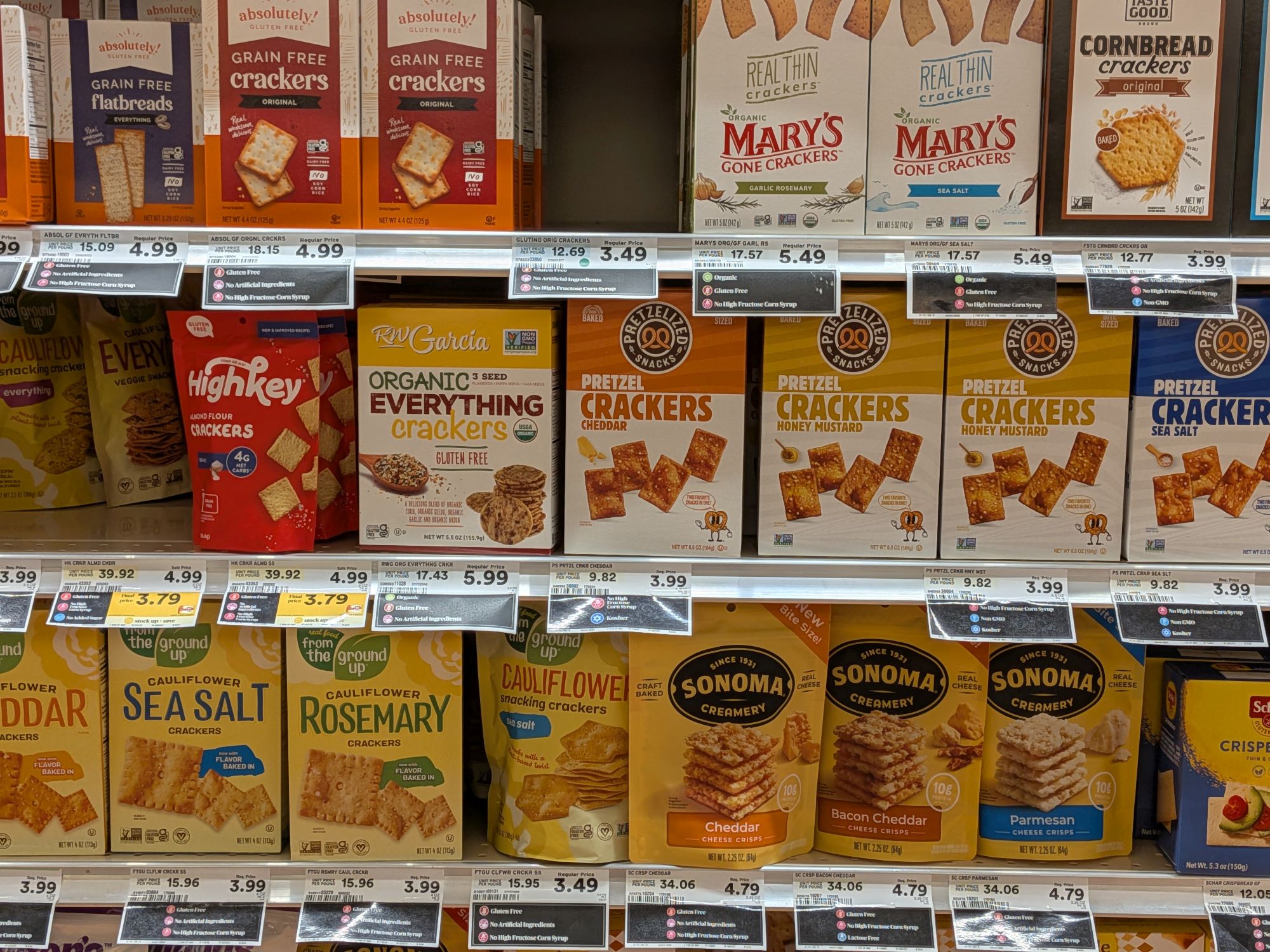
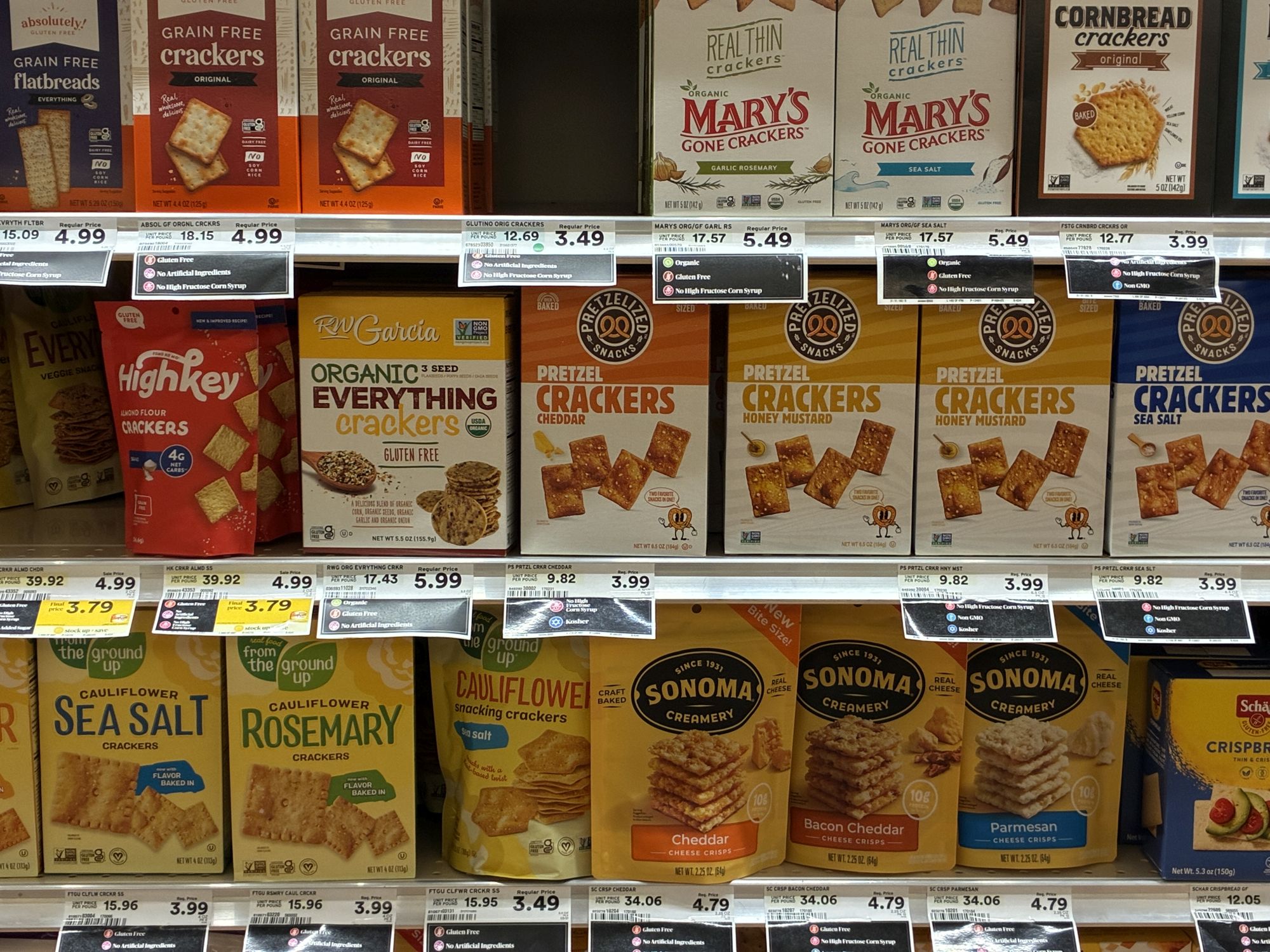
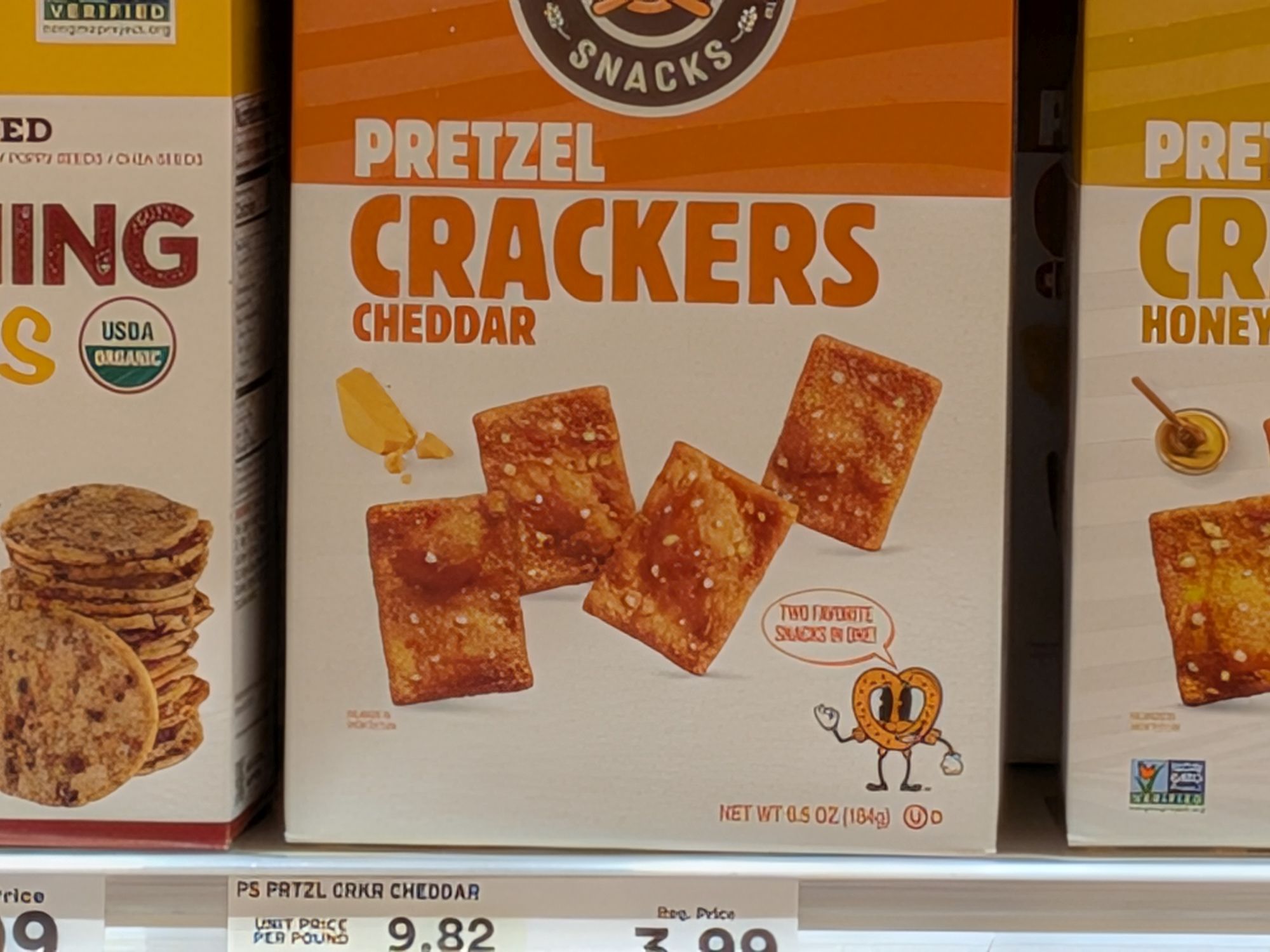
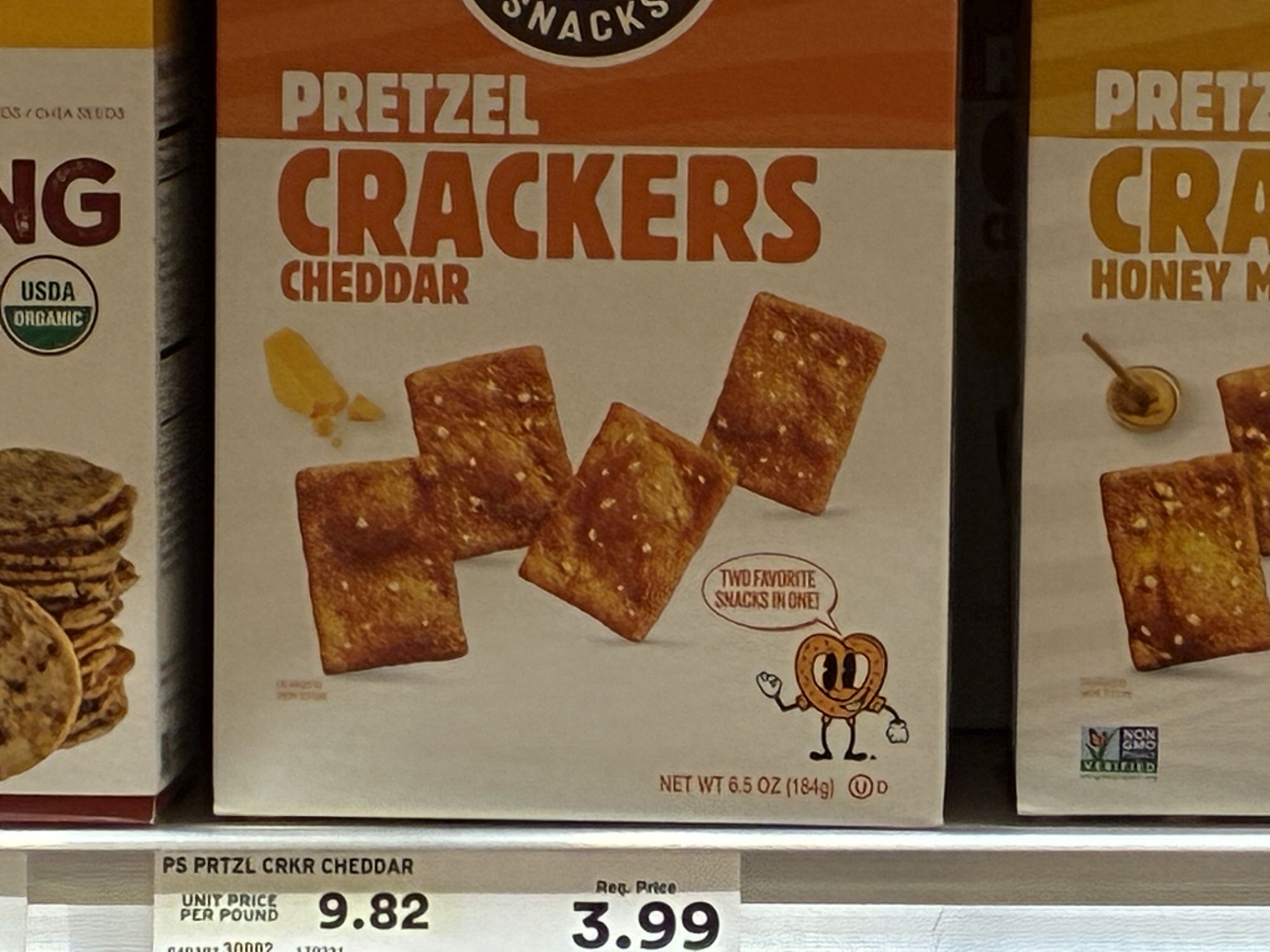







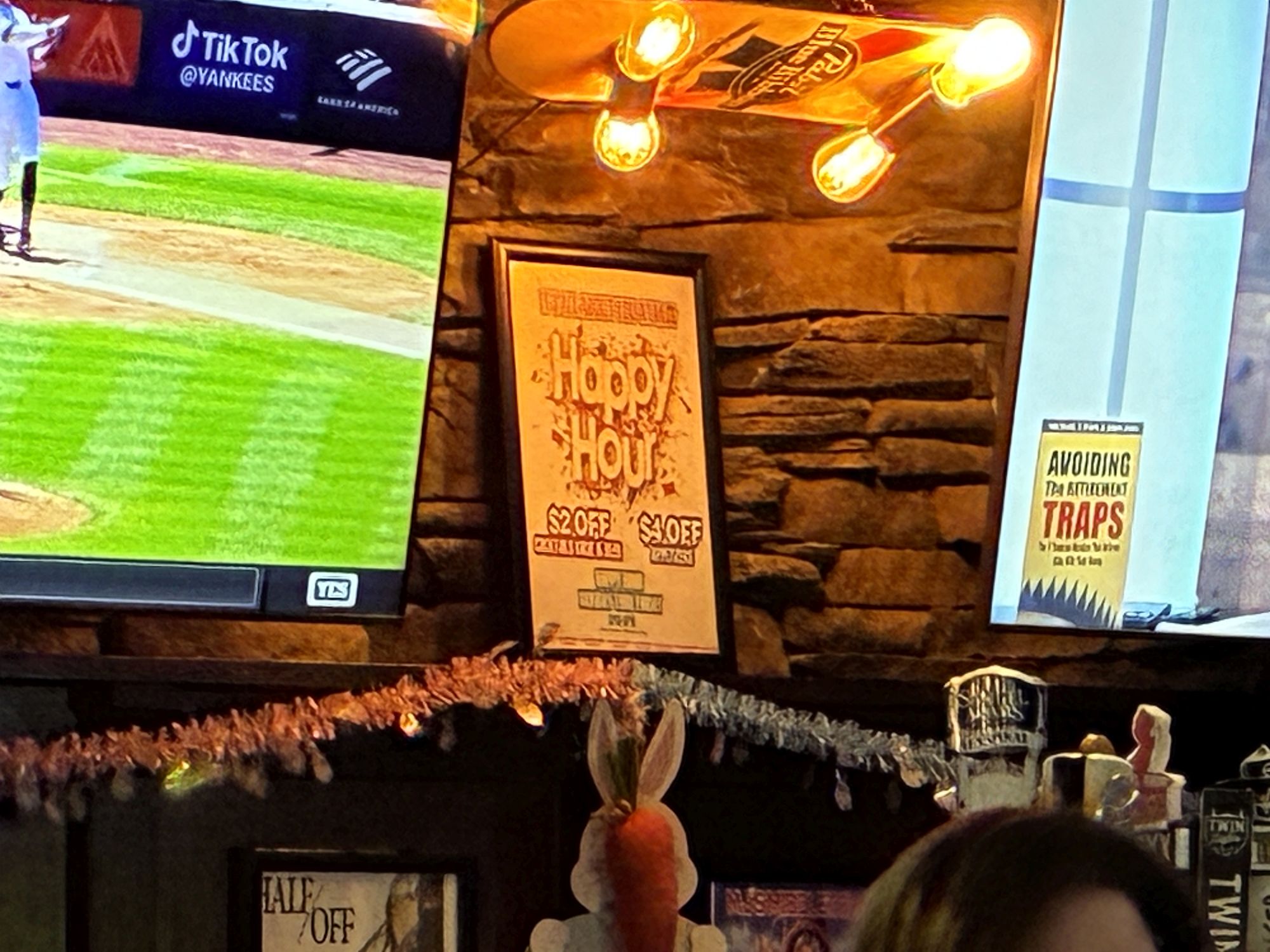

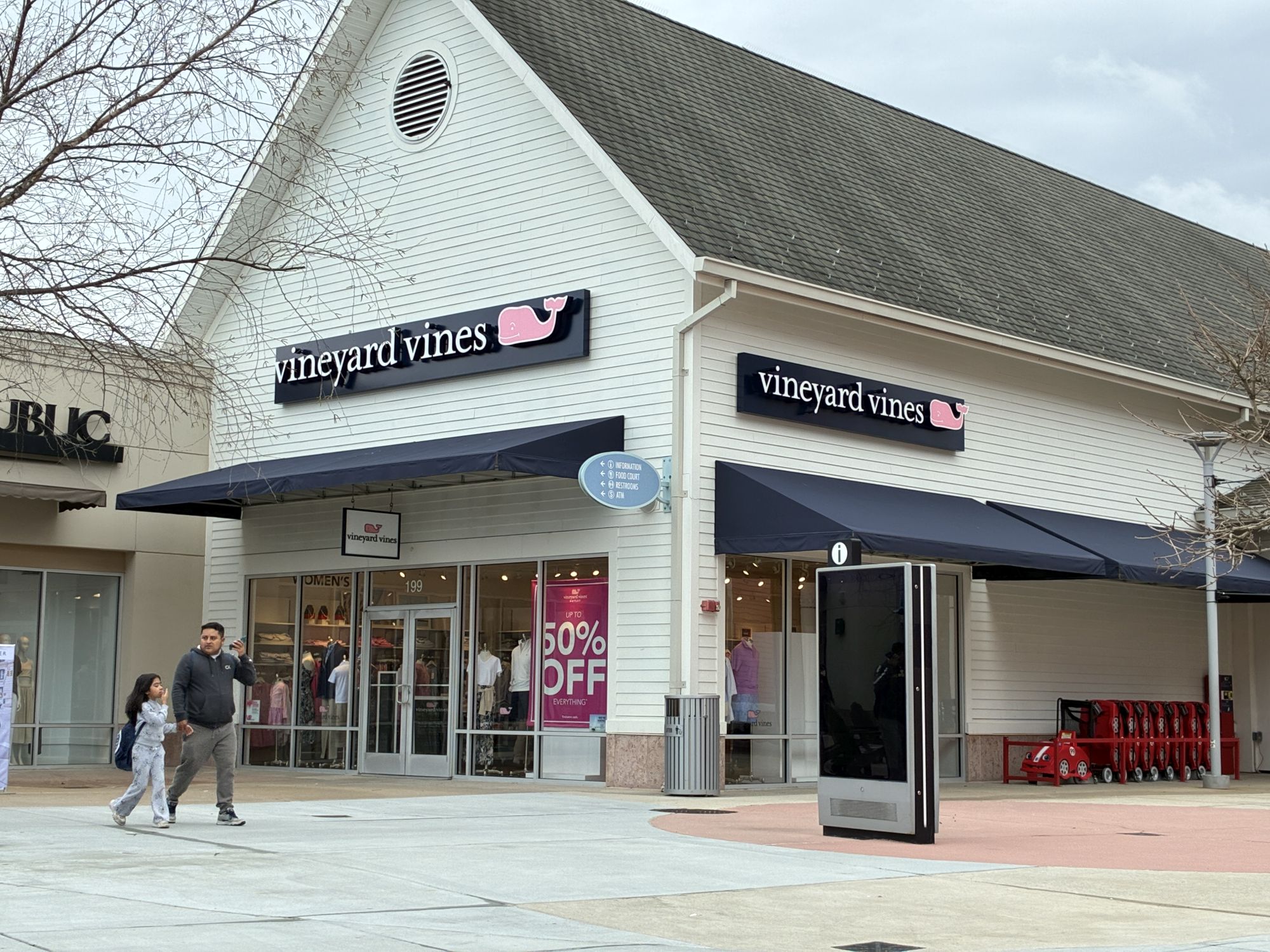
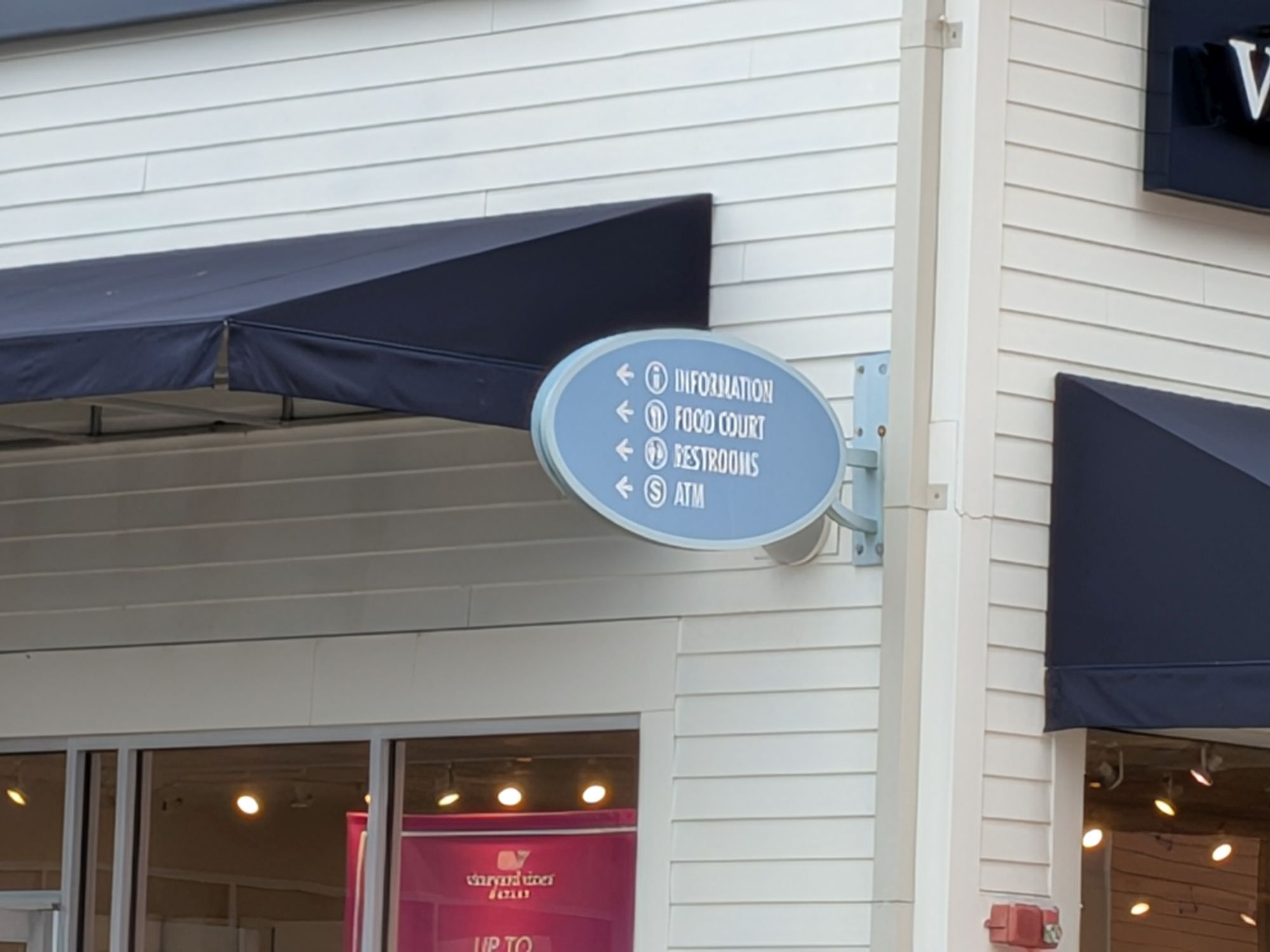
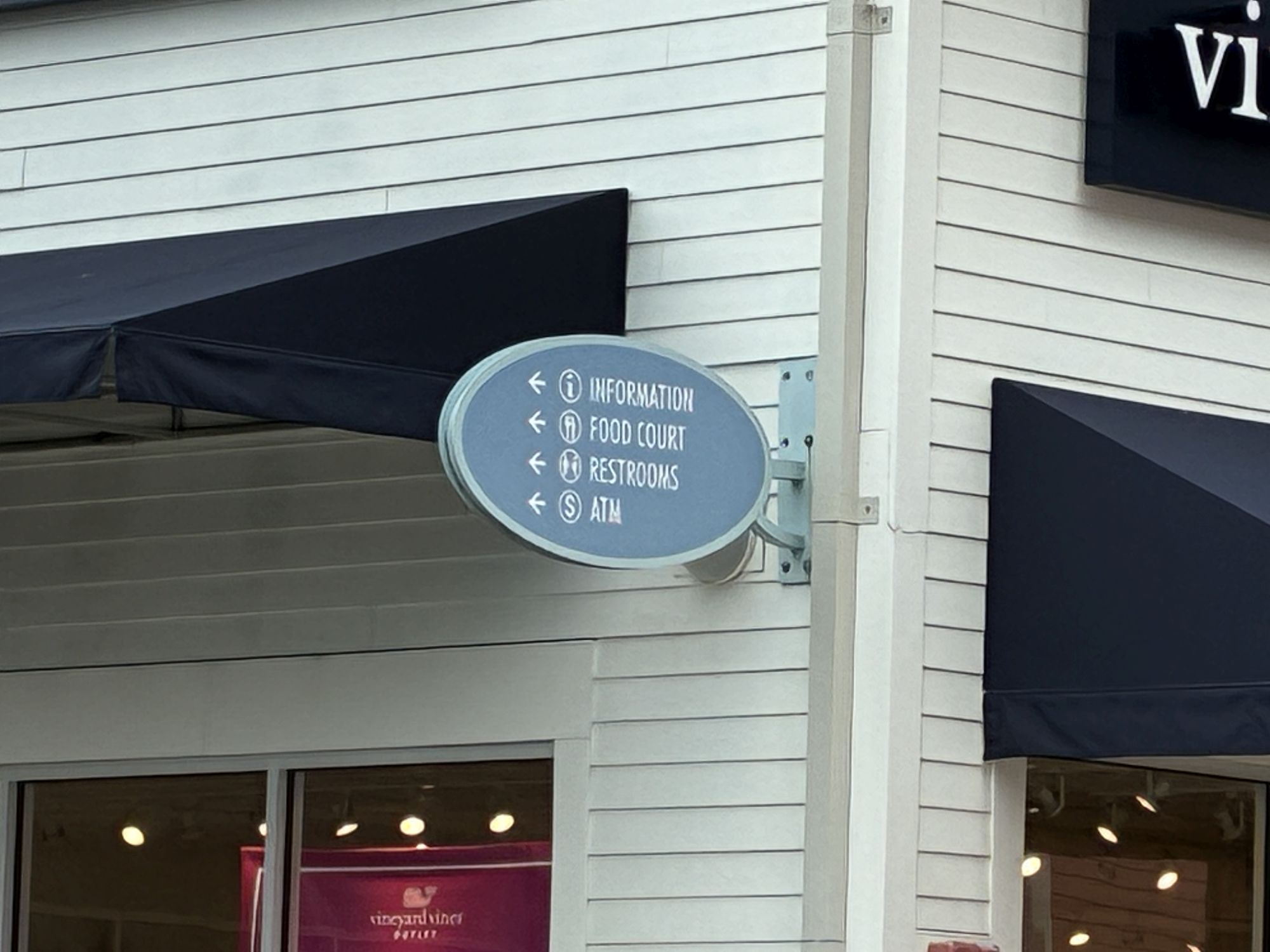
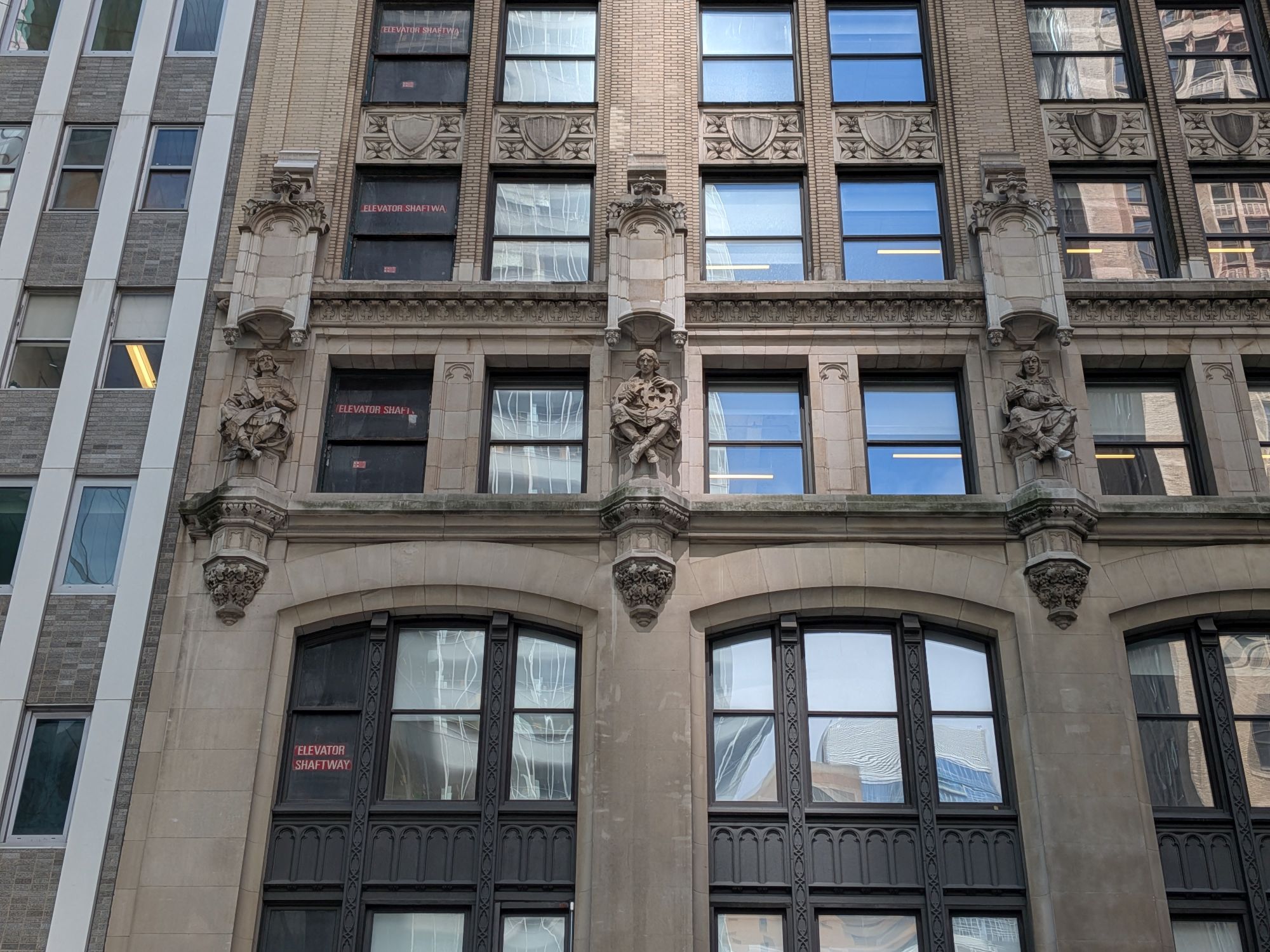


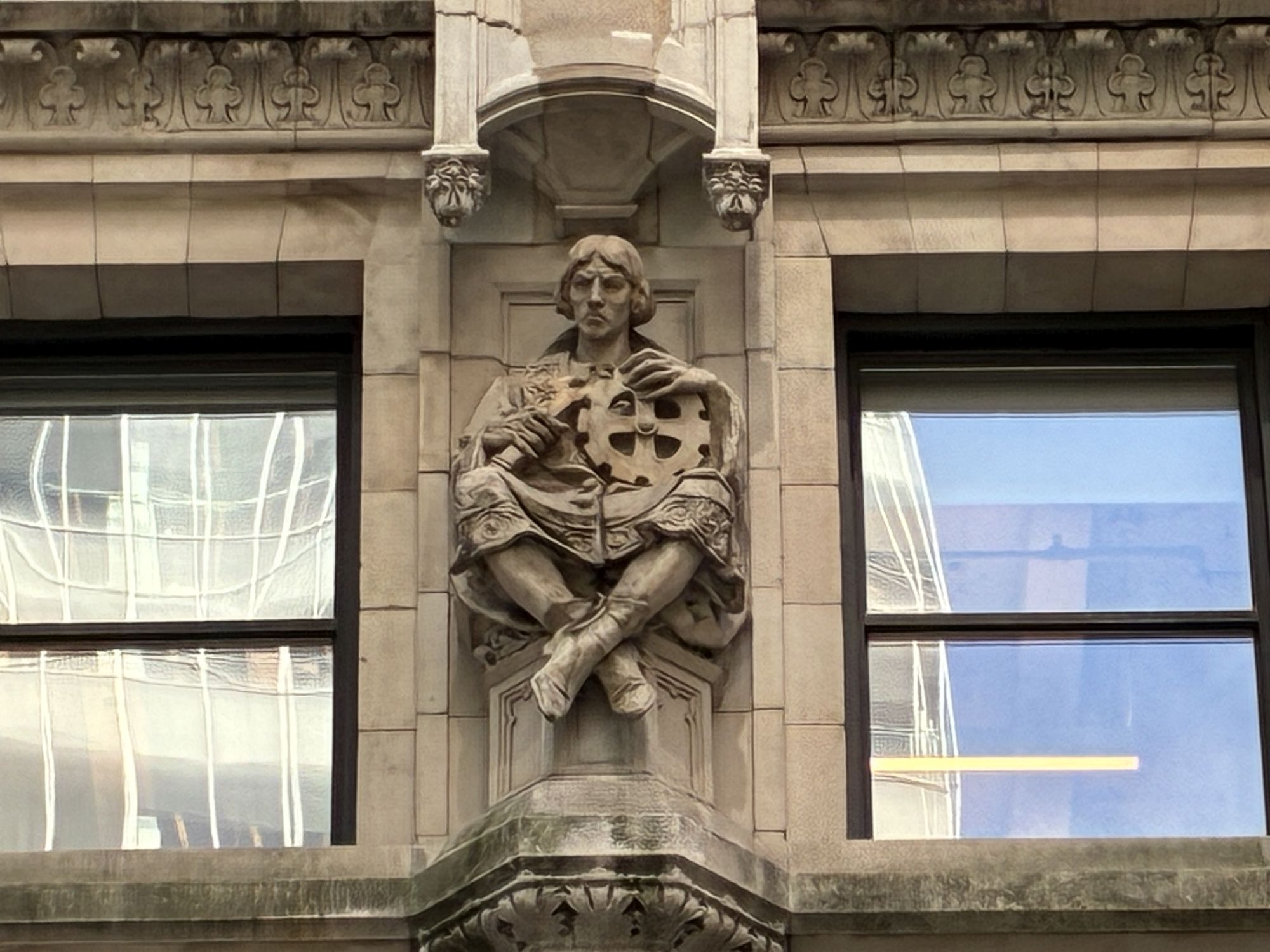
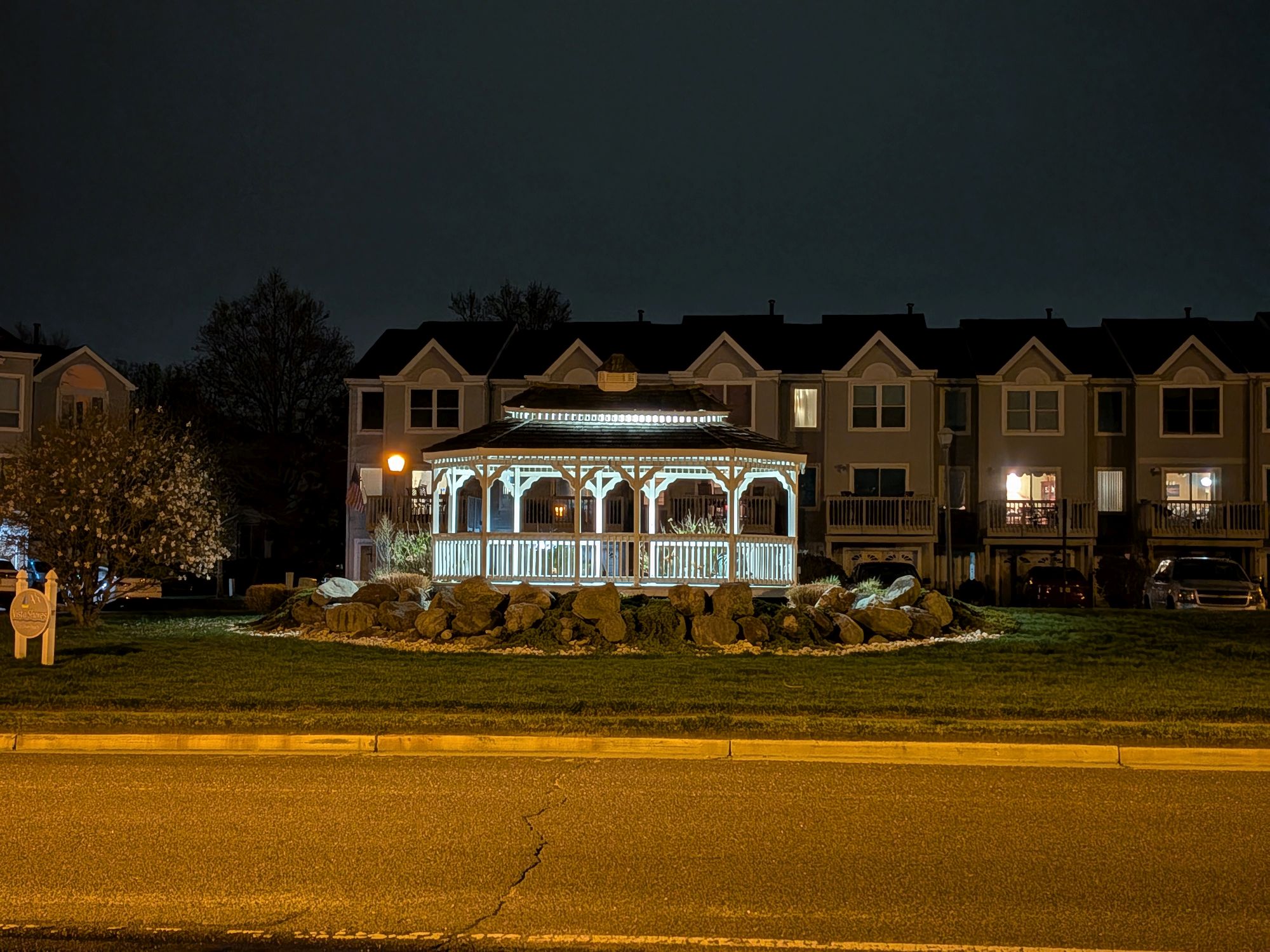
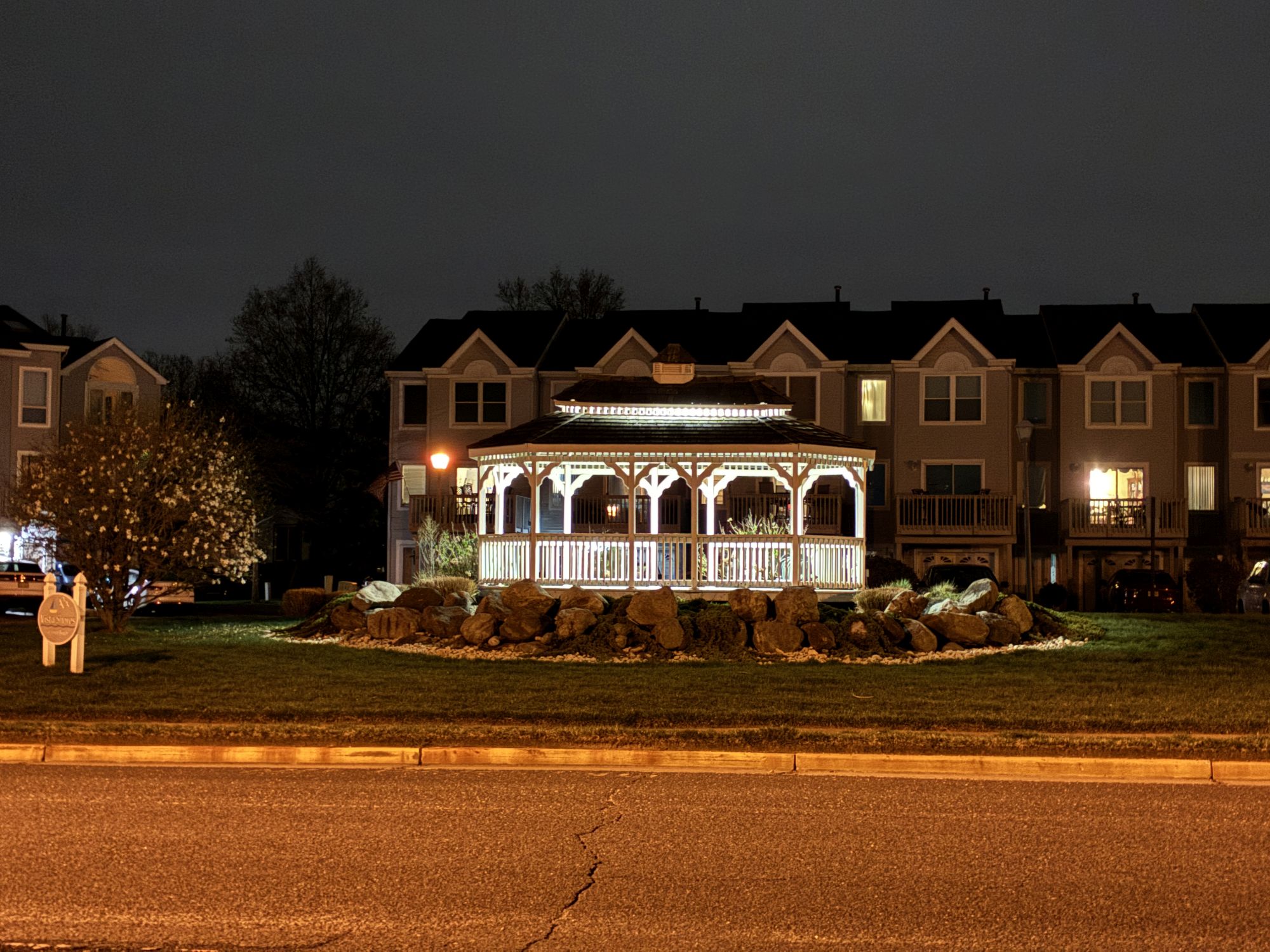
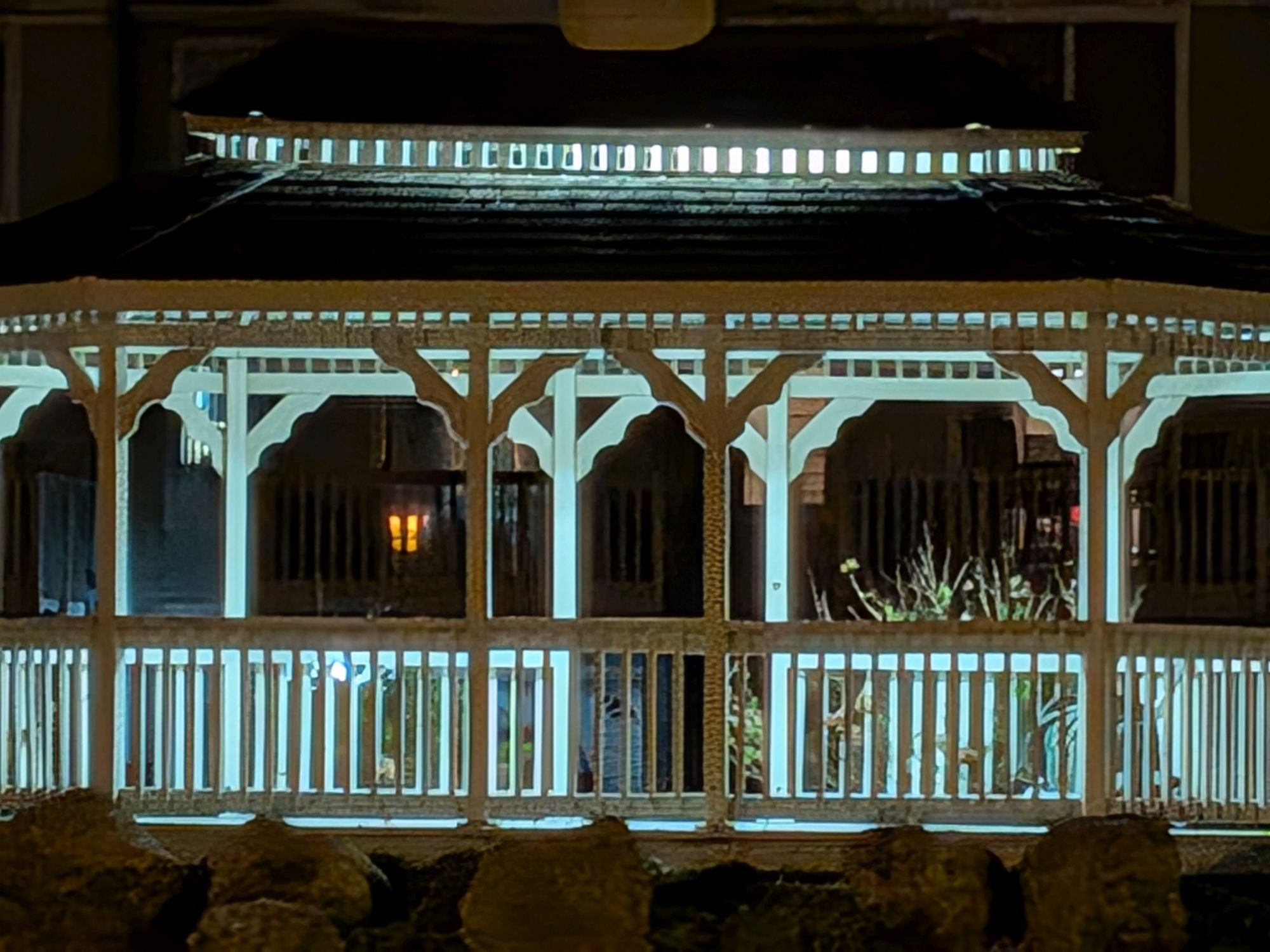
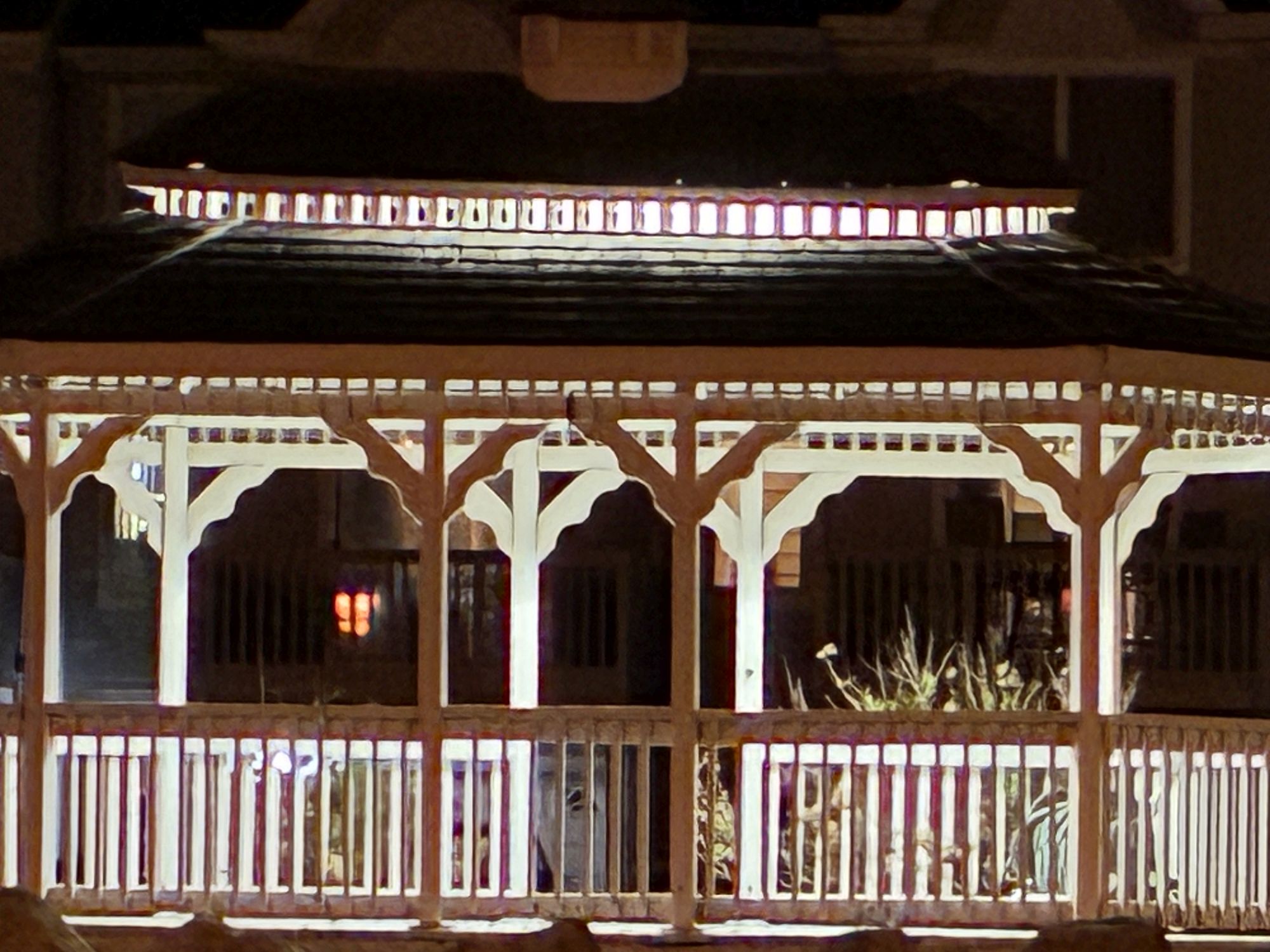




Finally, there’s low light where the Pixel 9a manages to shine.
With the tree in my back yard in near pitch black conditions, the Pixel 9s exposes more of the tree and its branches better than the iPhone 16e — a common theme with the rest of the low light photos I shot below. Sure, the pictures don’t seem quite as bright, but I will say that the iPhone 16e manages to capture a little more definition.
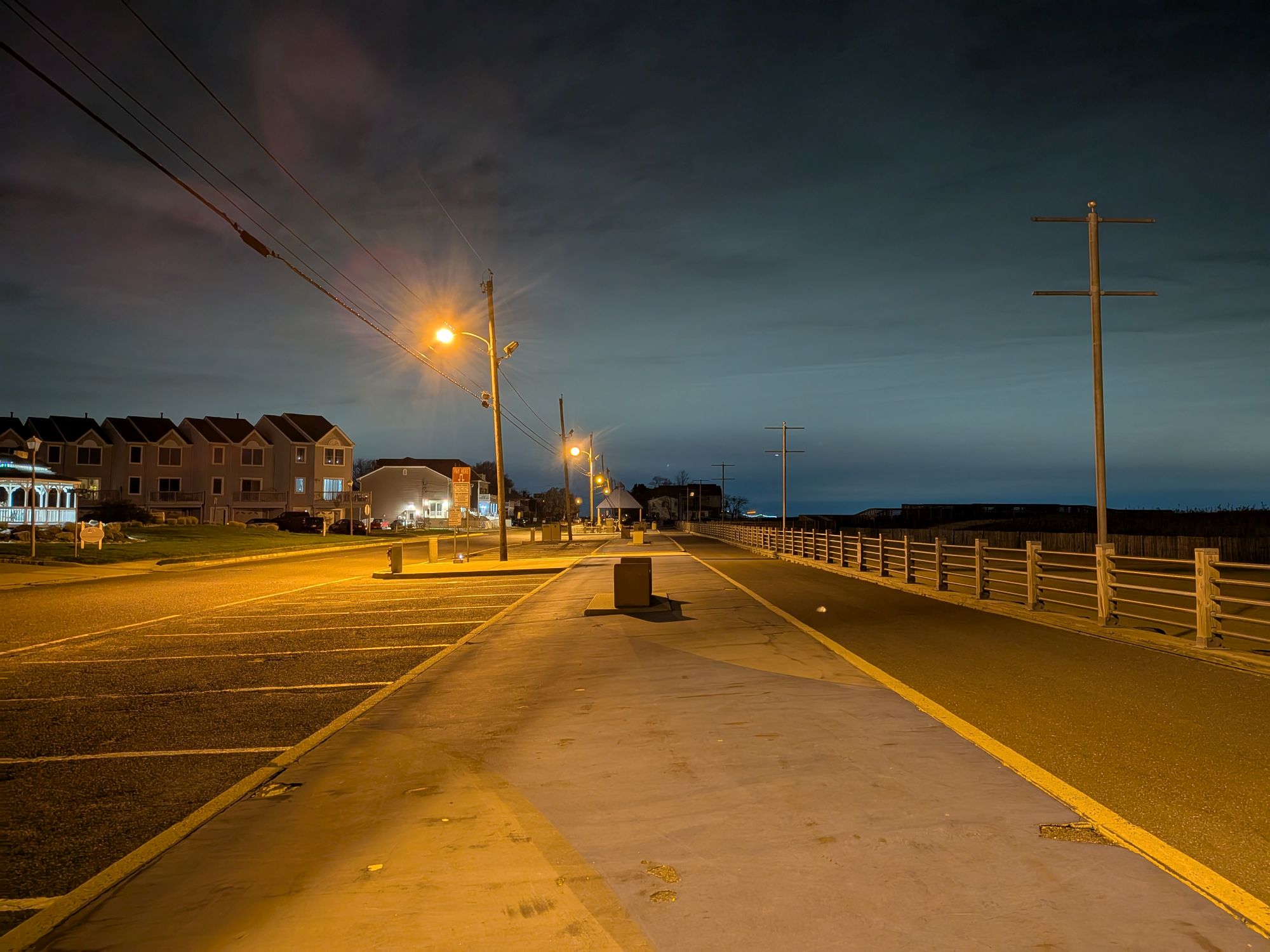
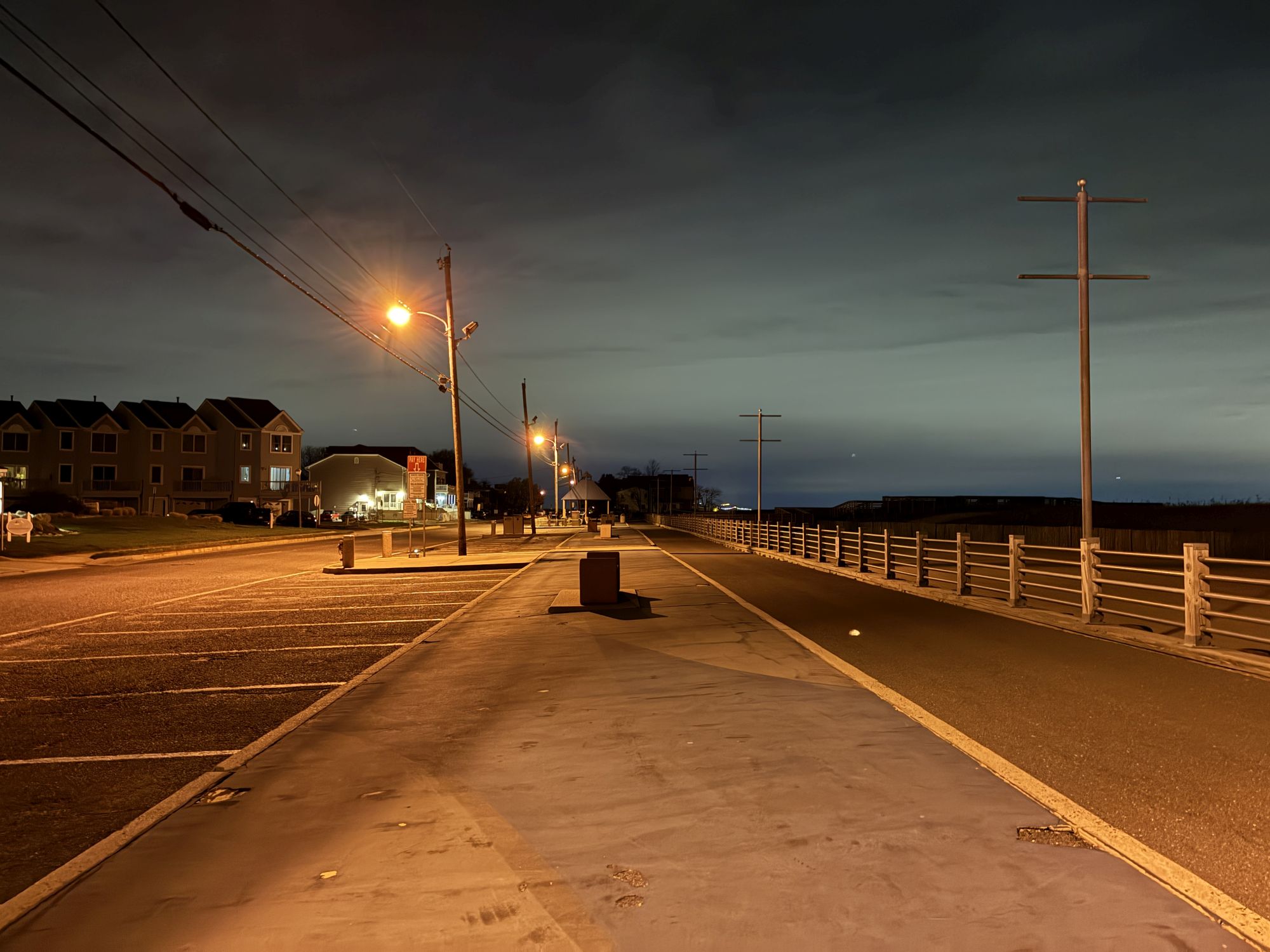
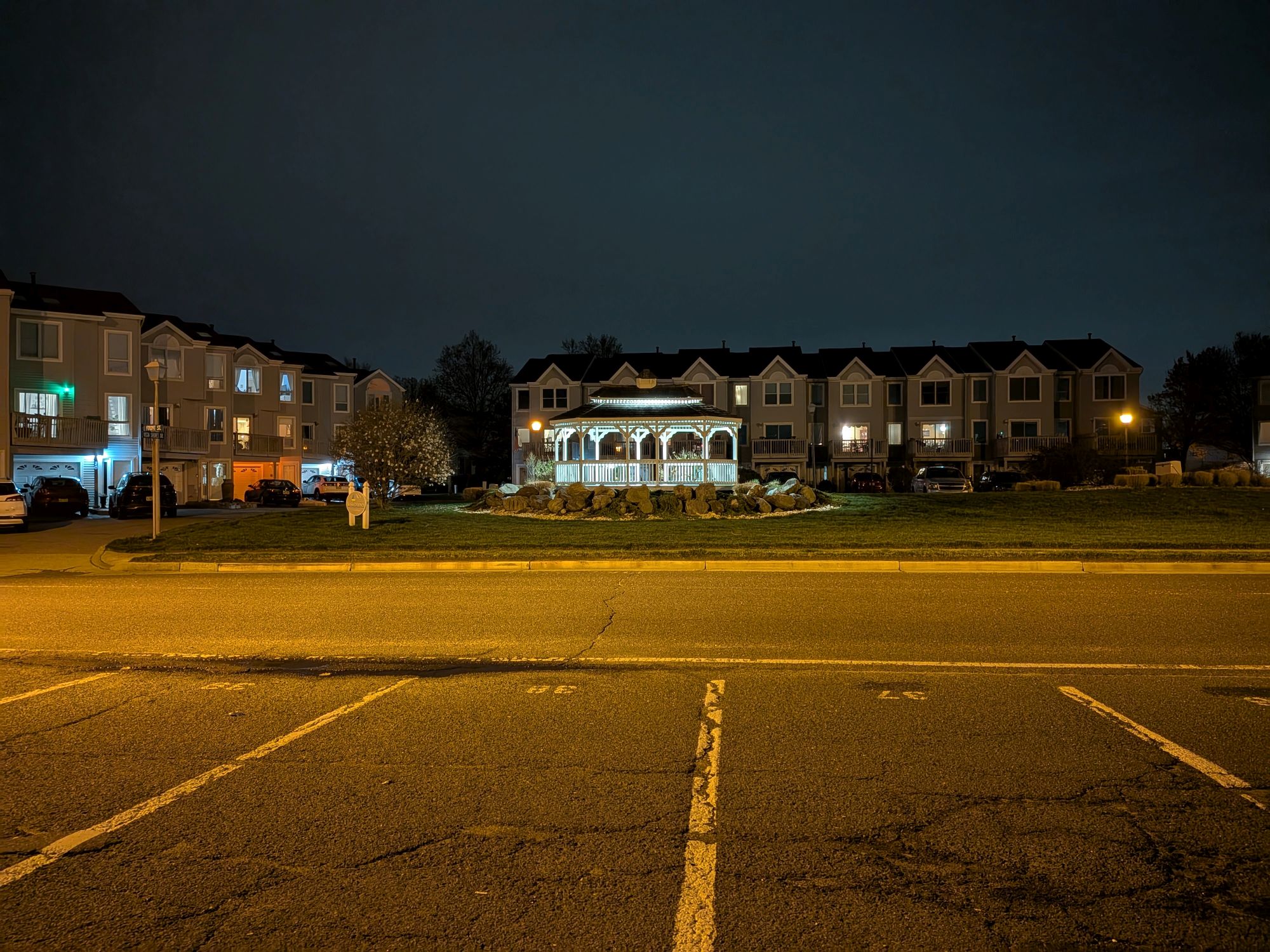
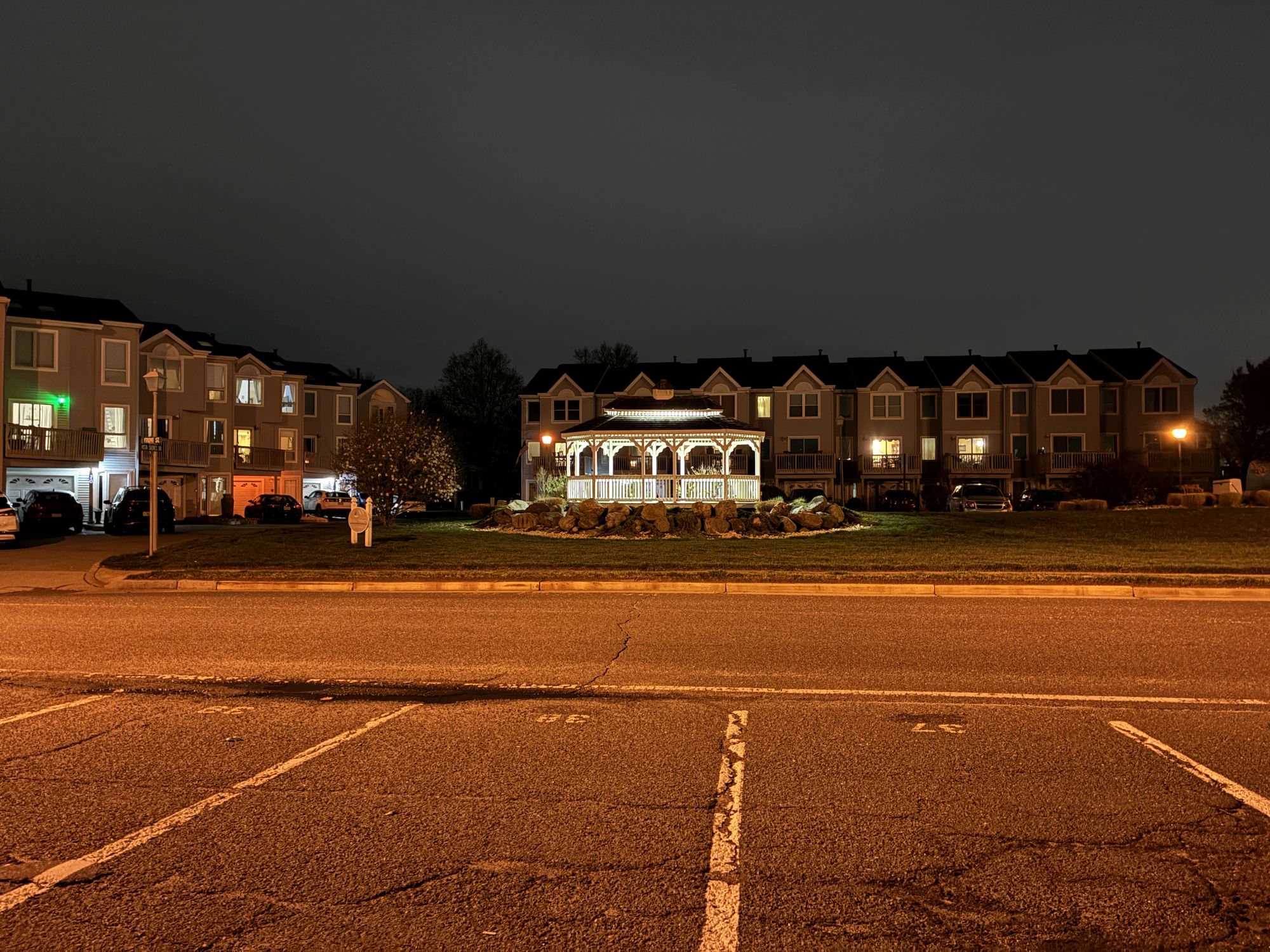
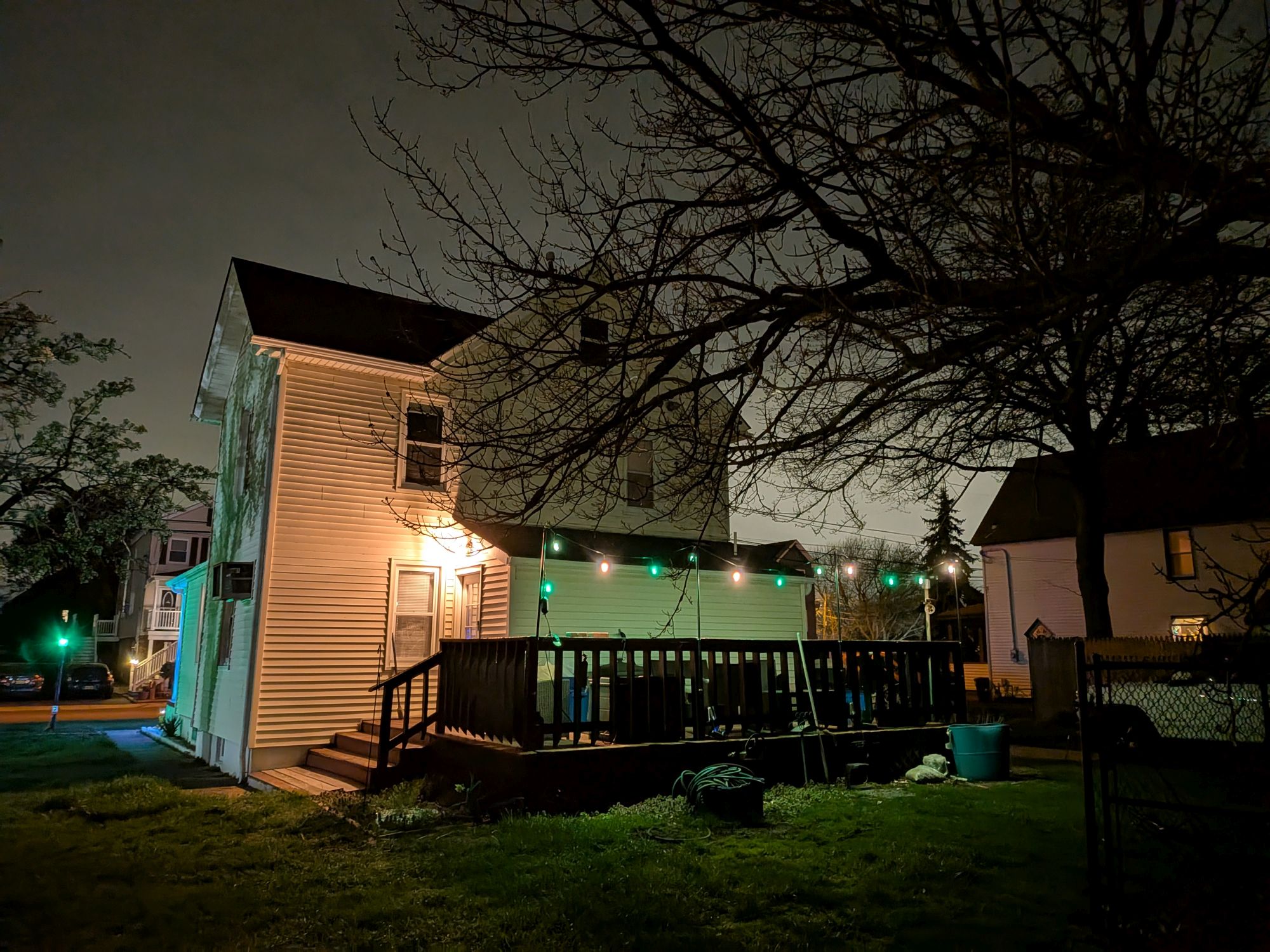
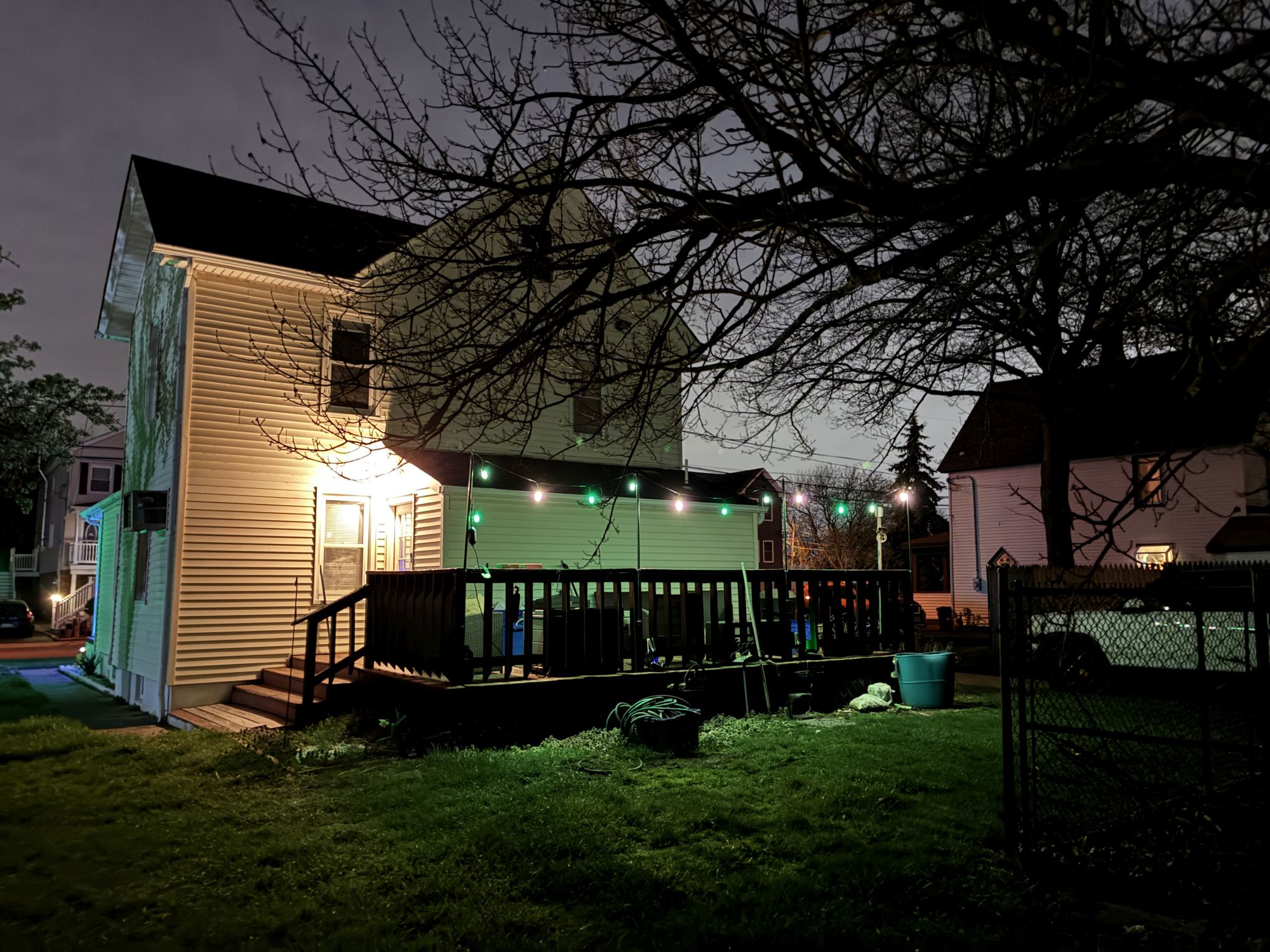
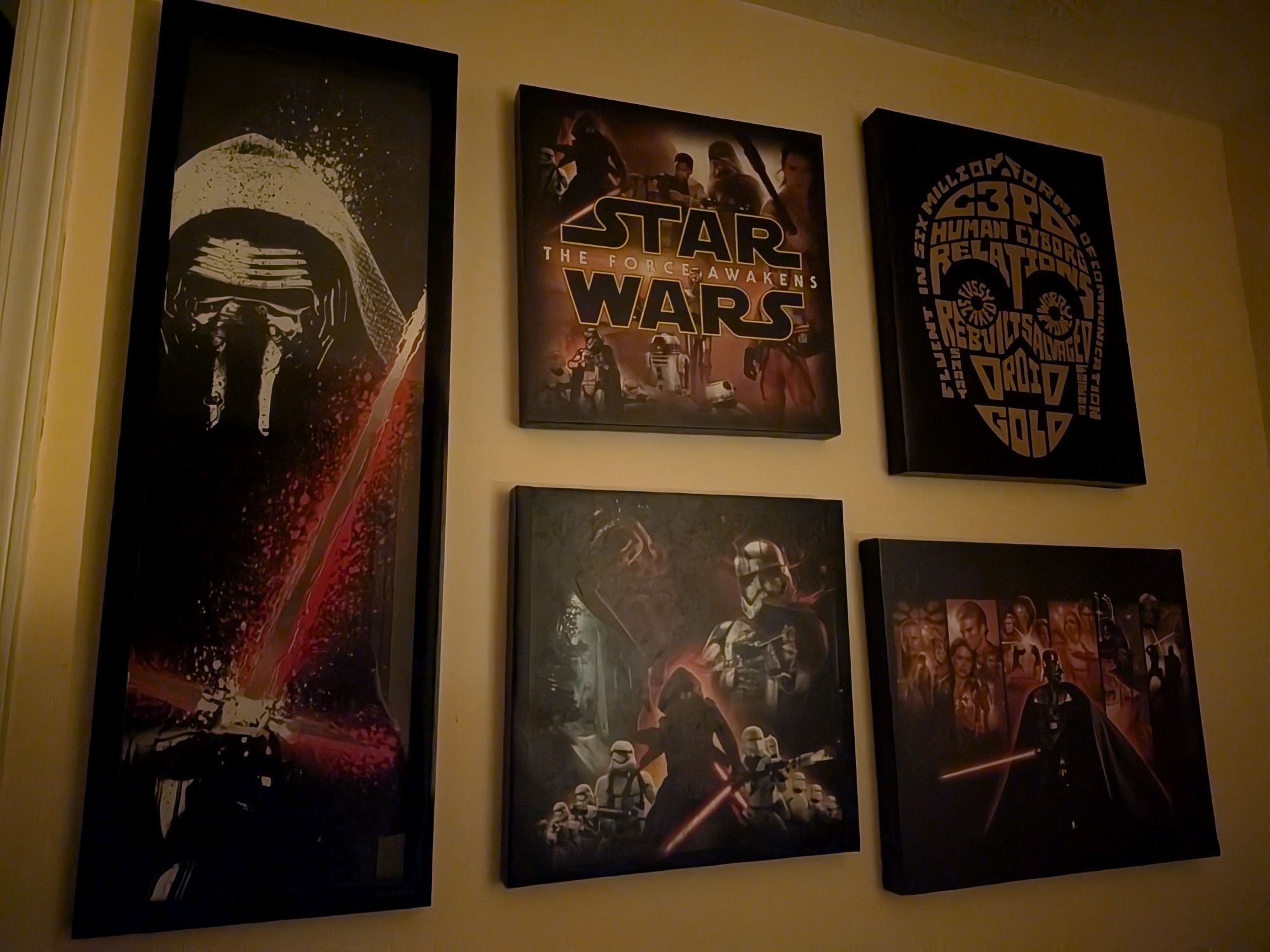
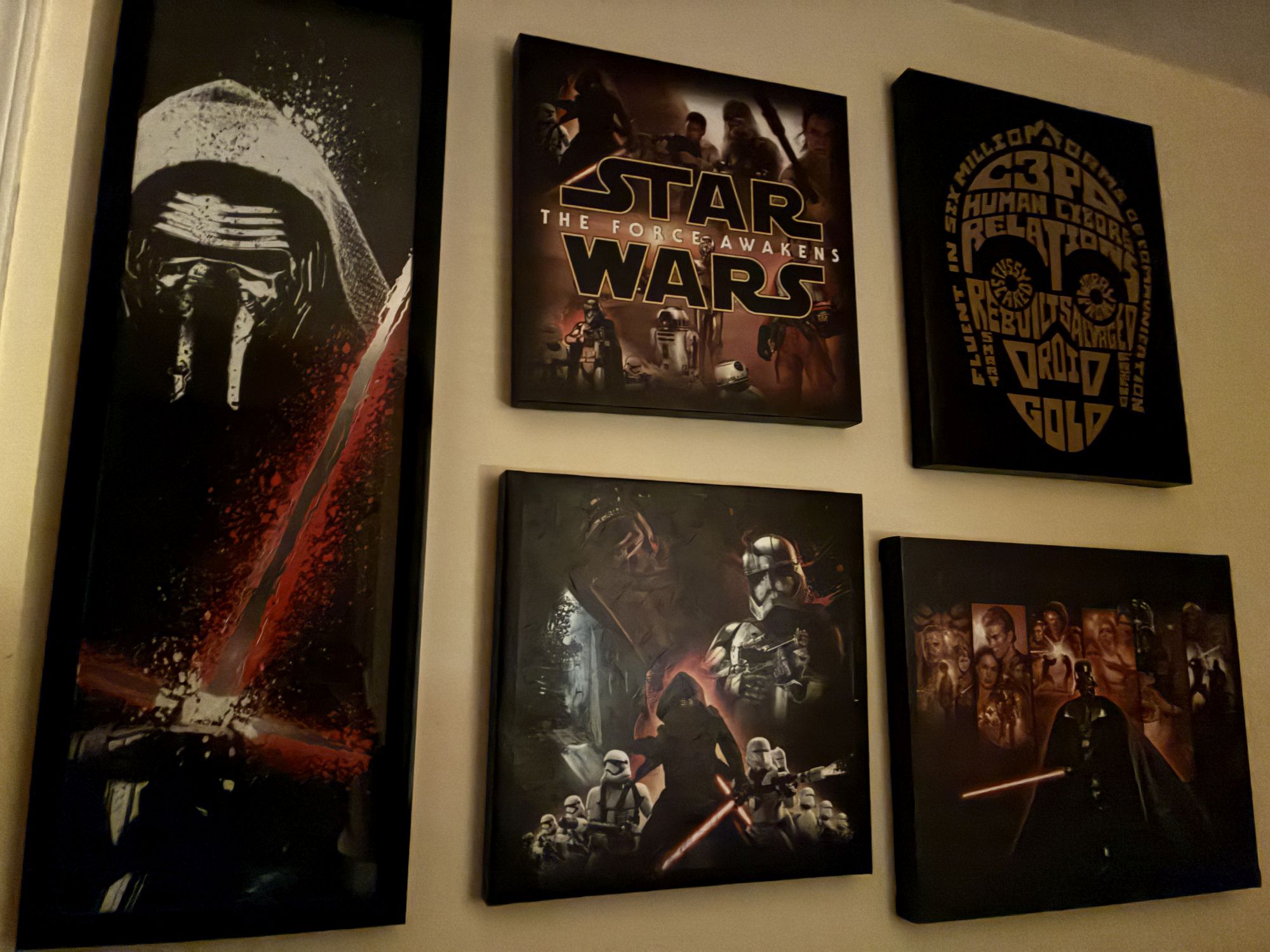
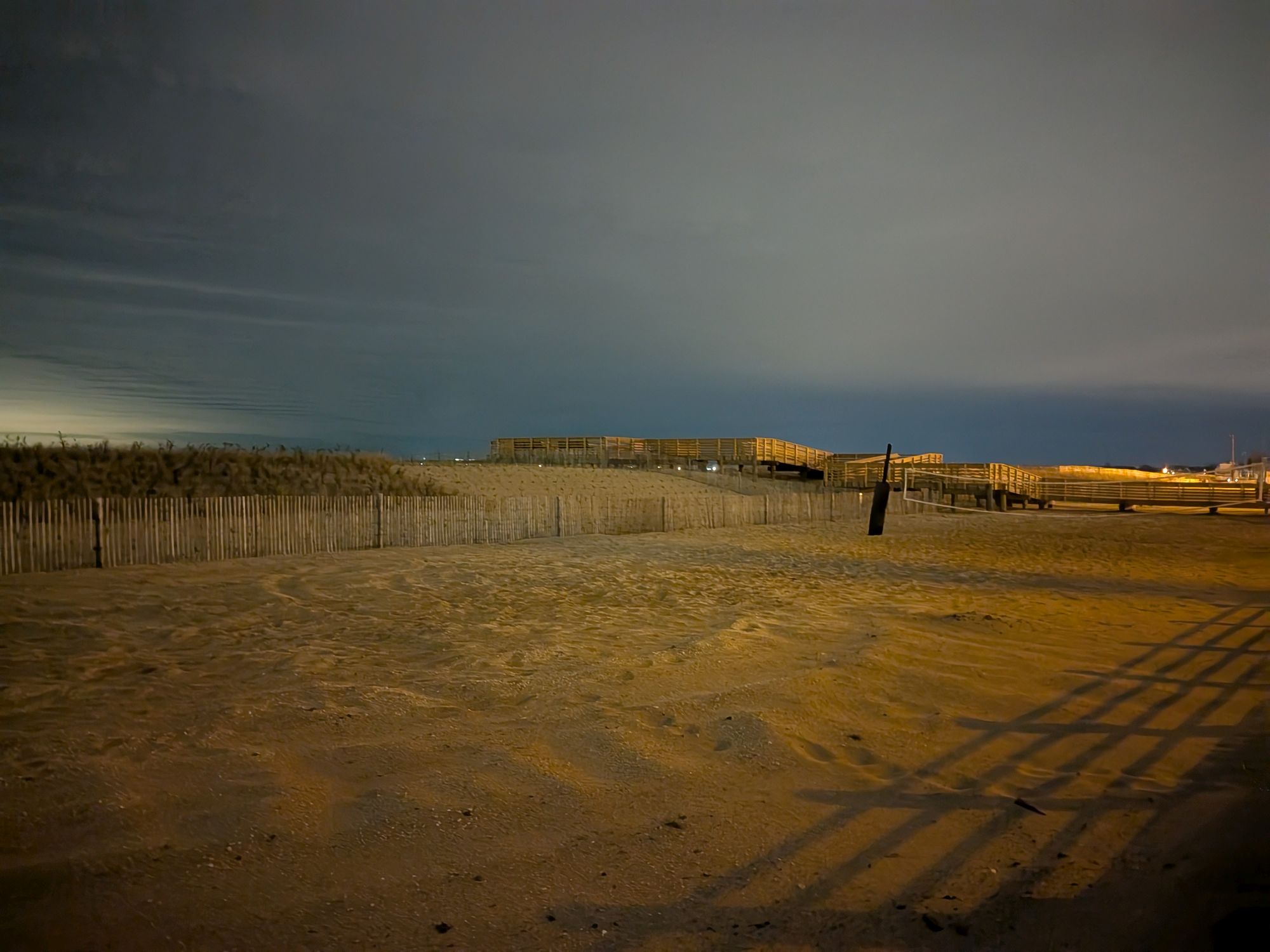
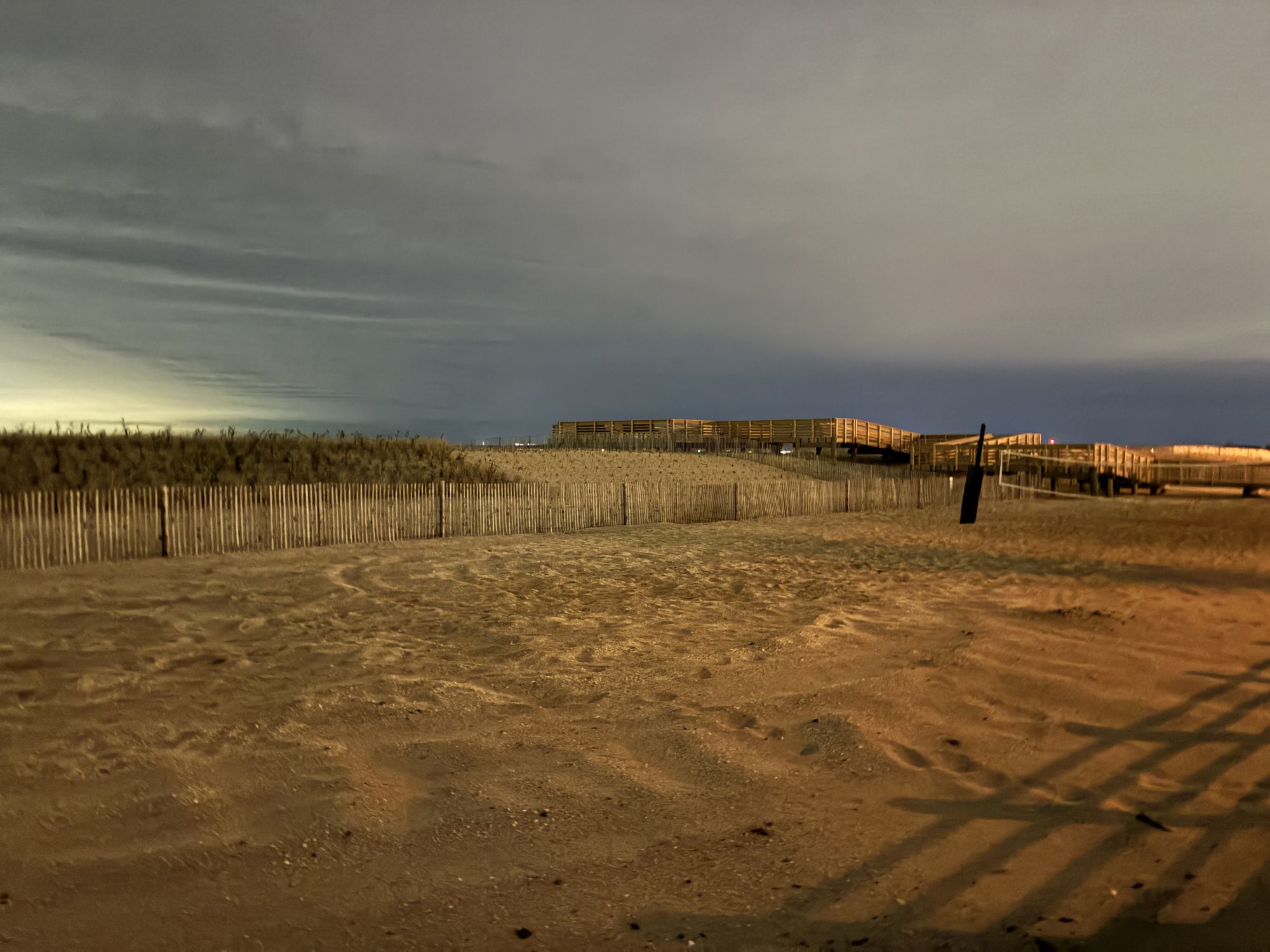


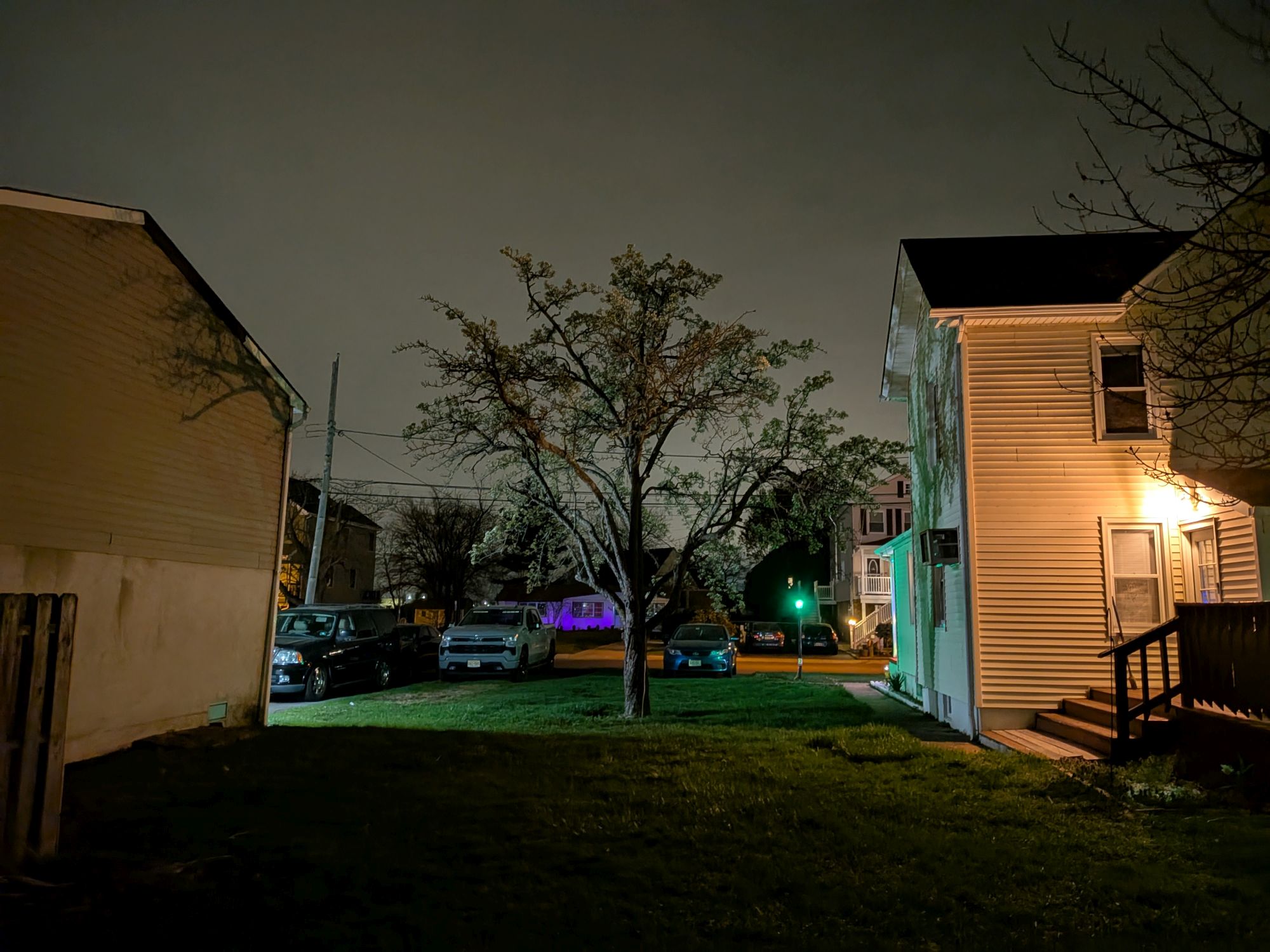
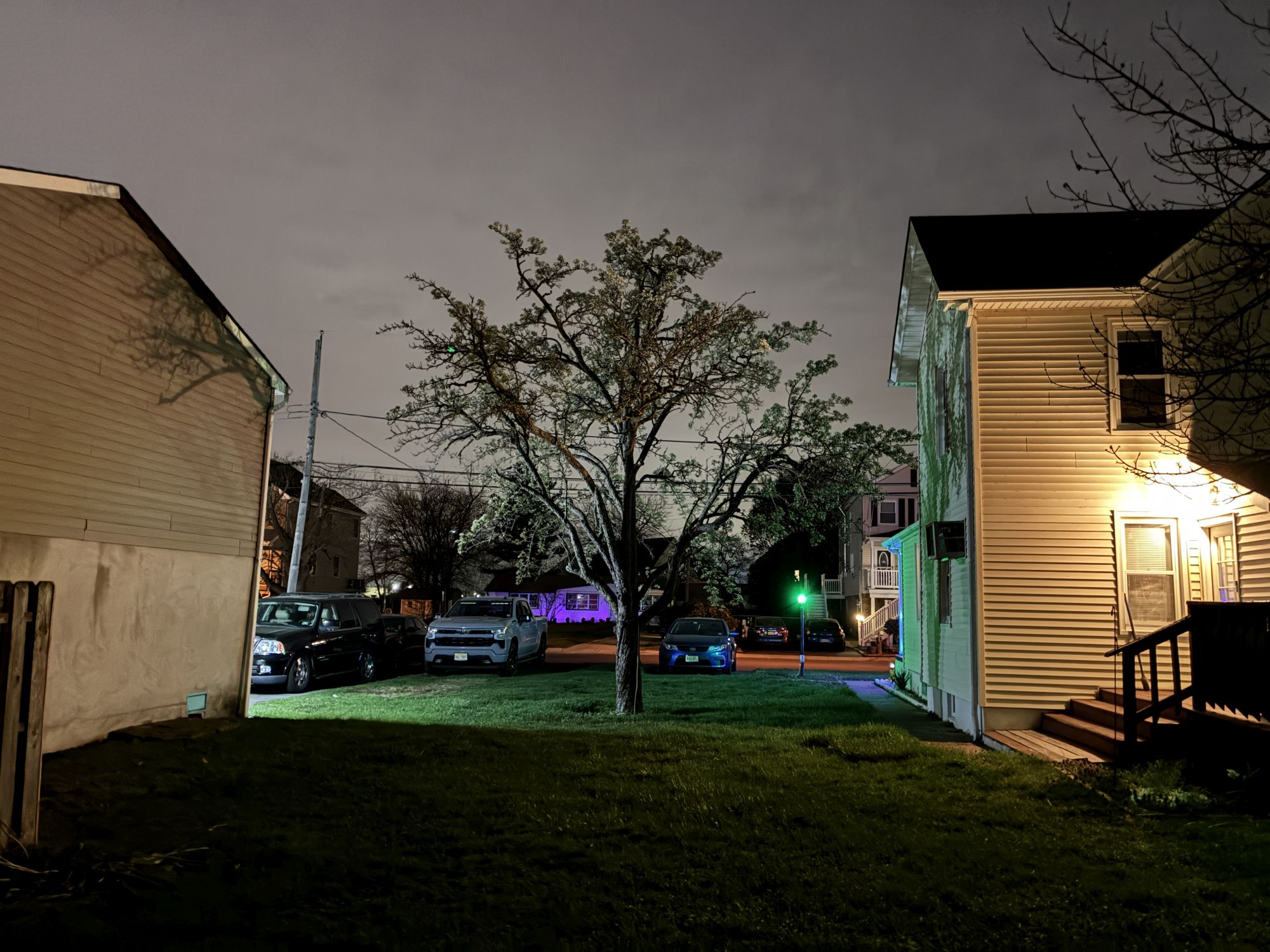
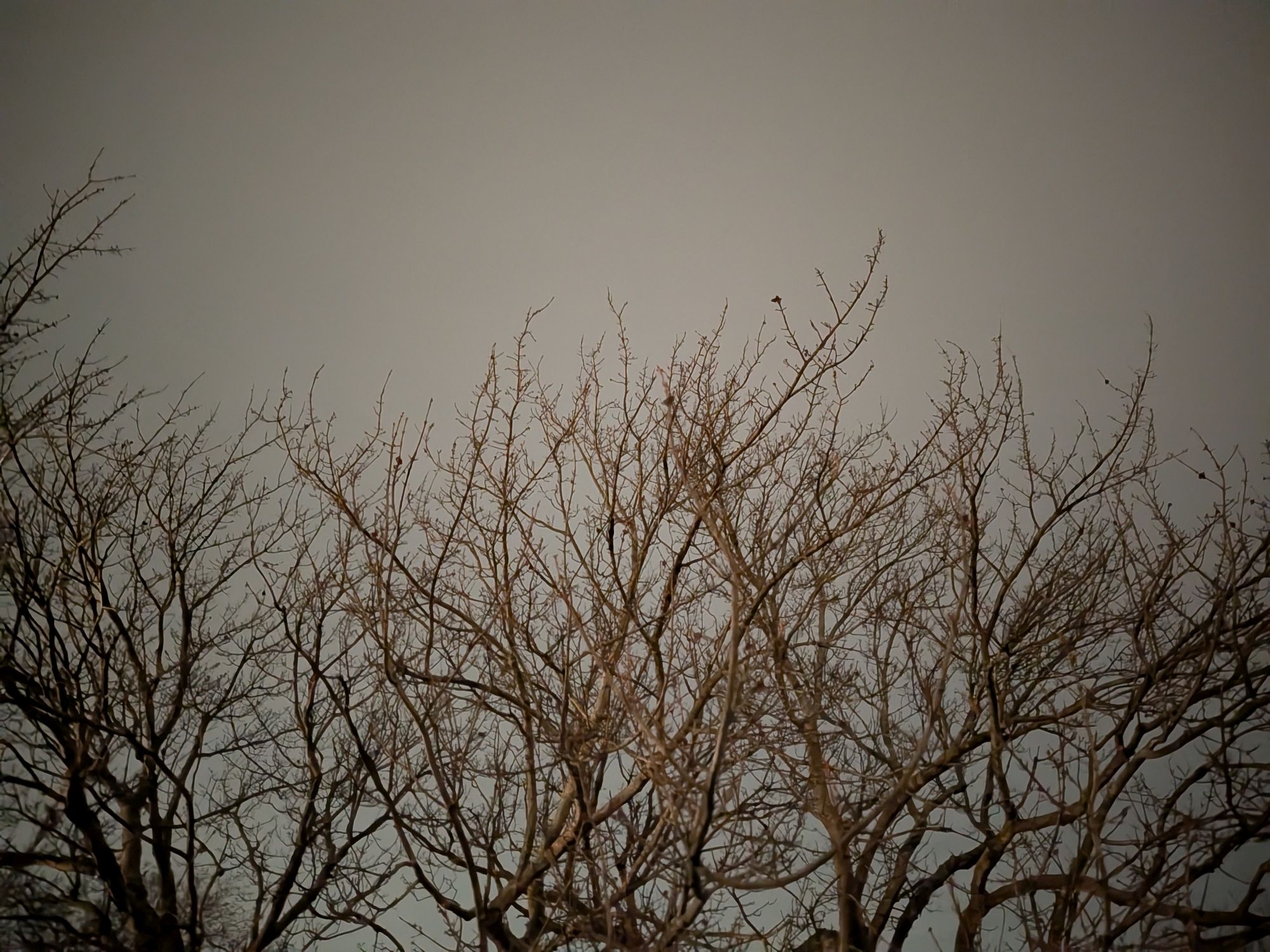

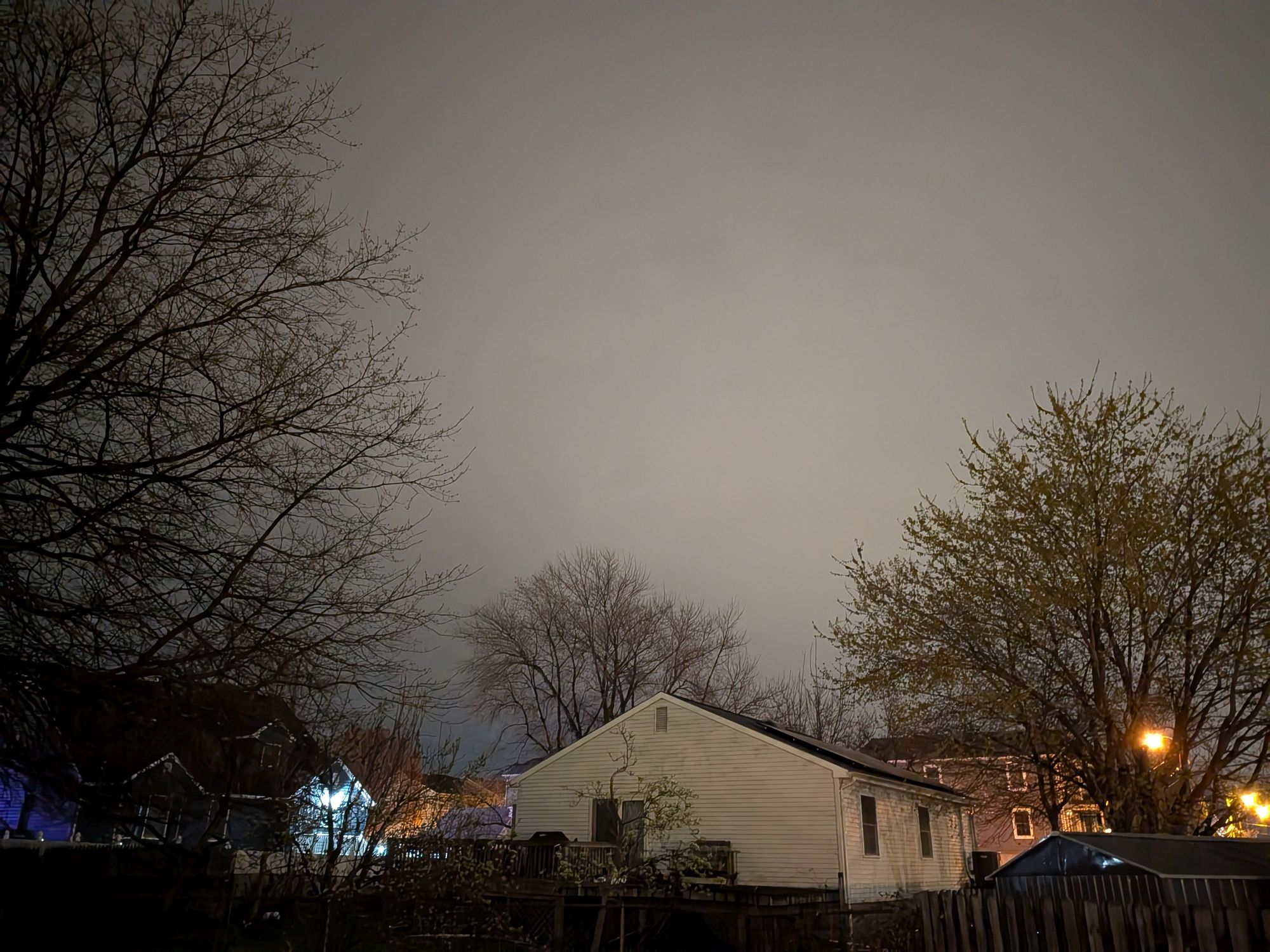
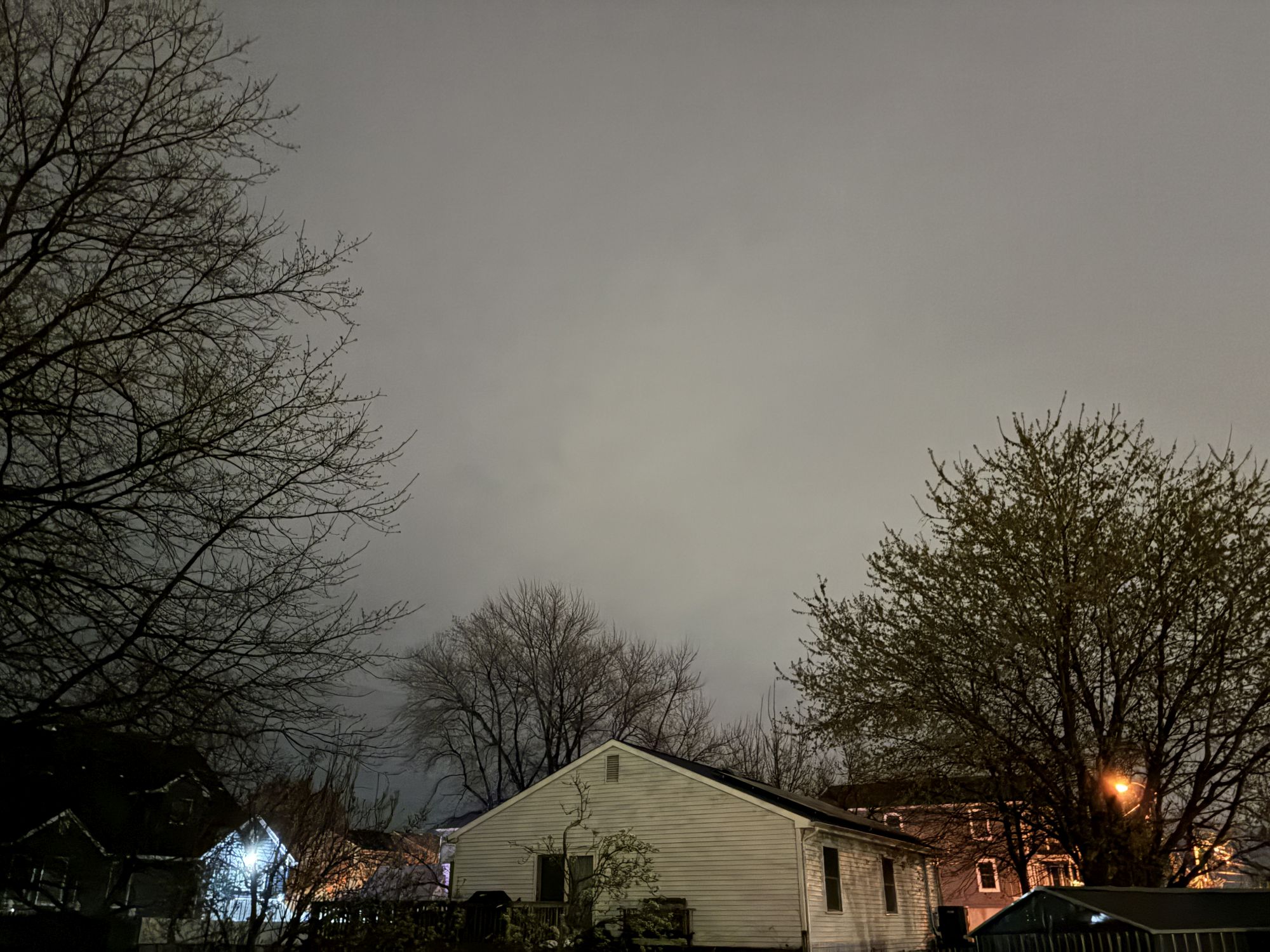
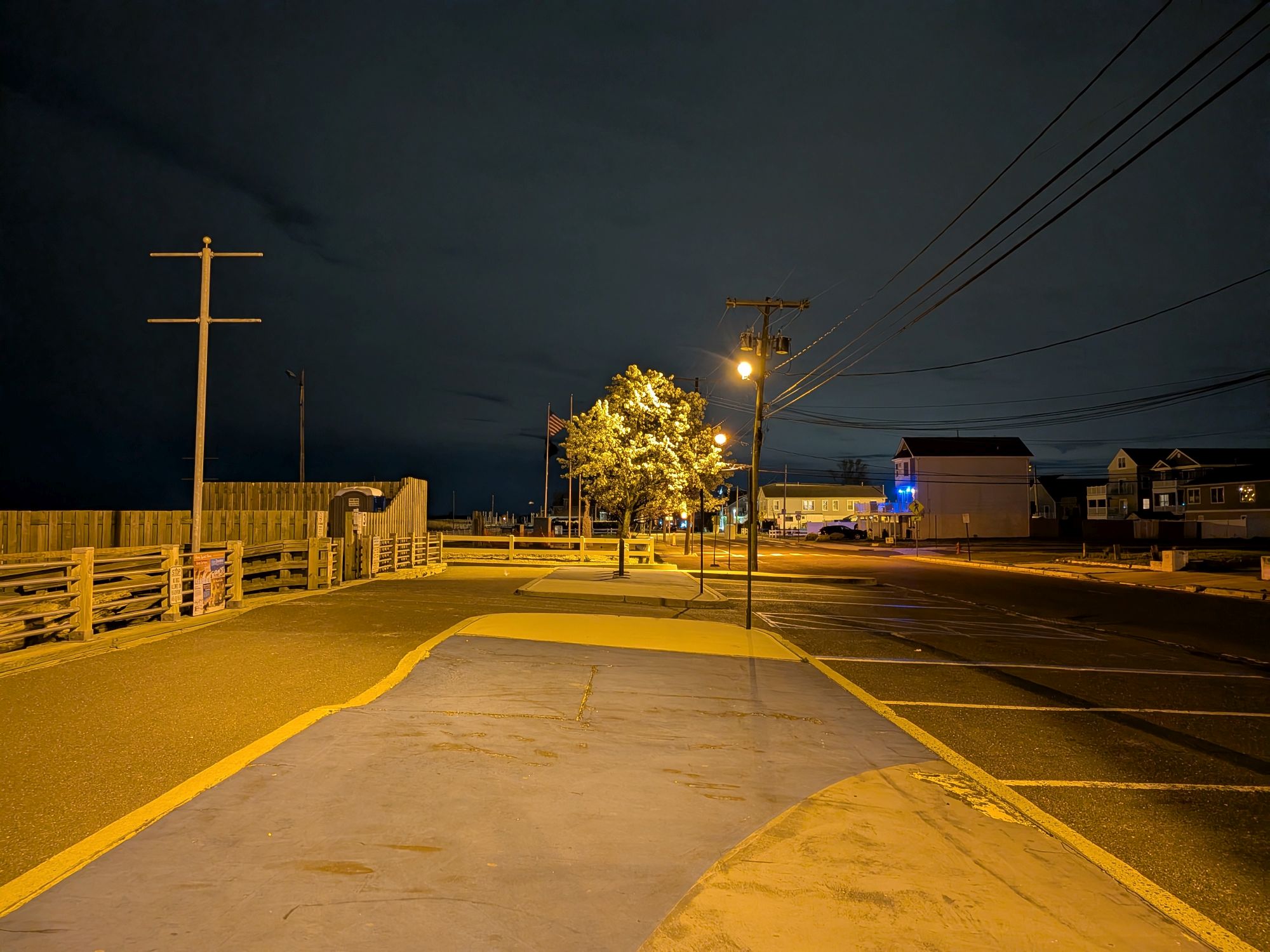
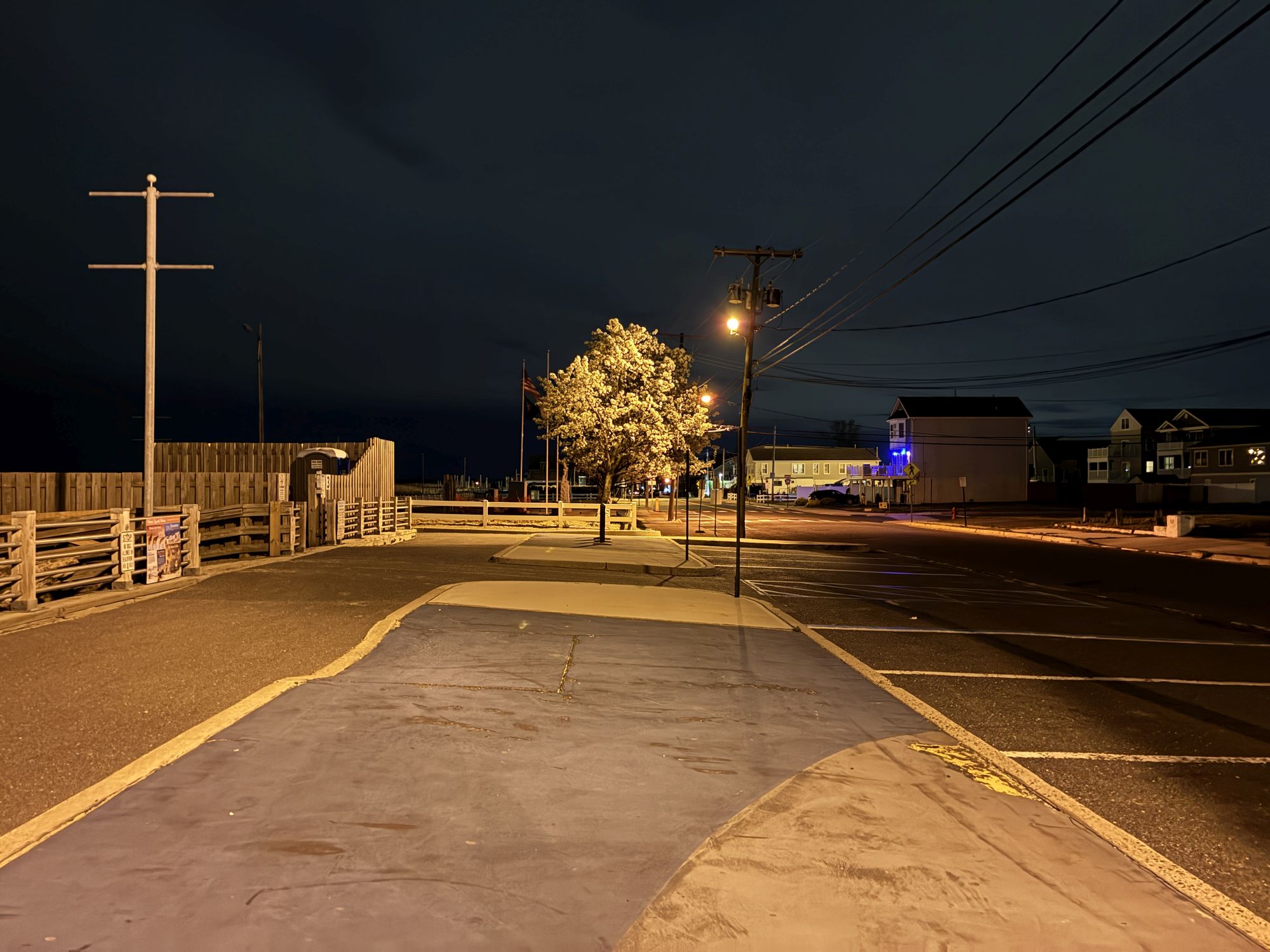
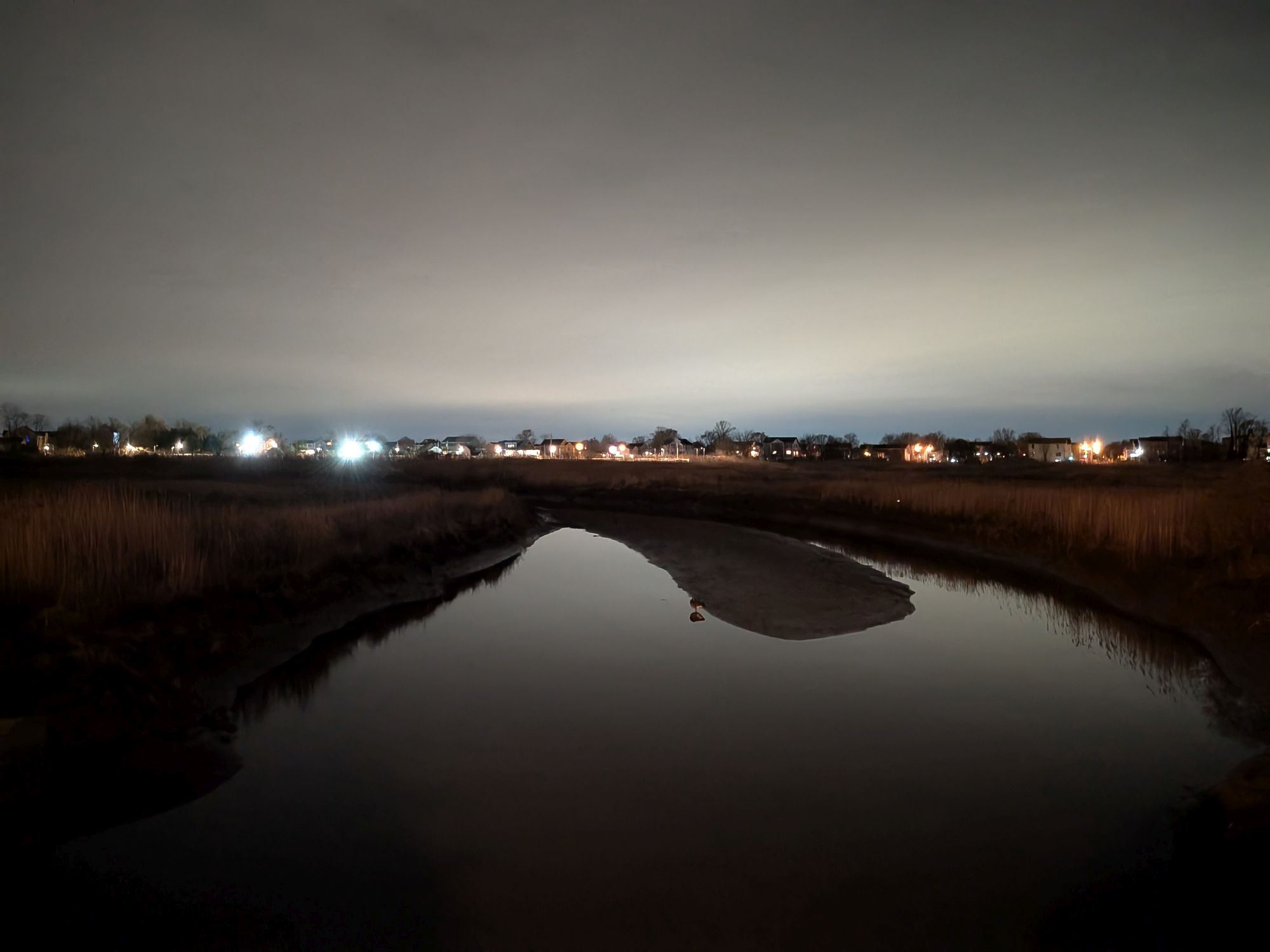



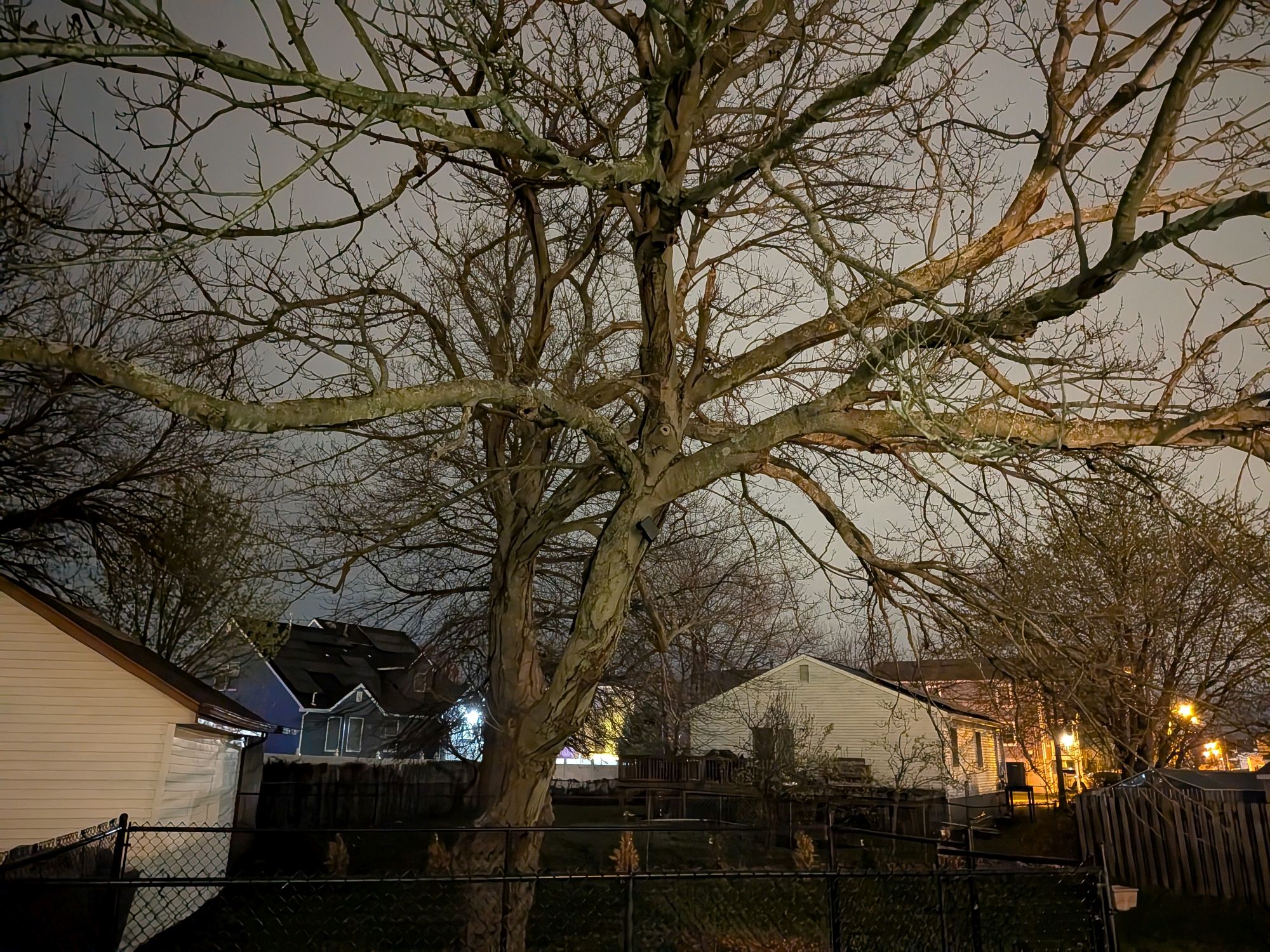
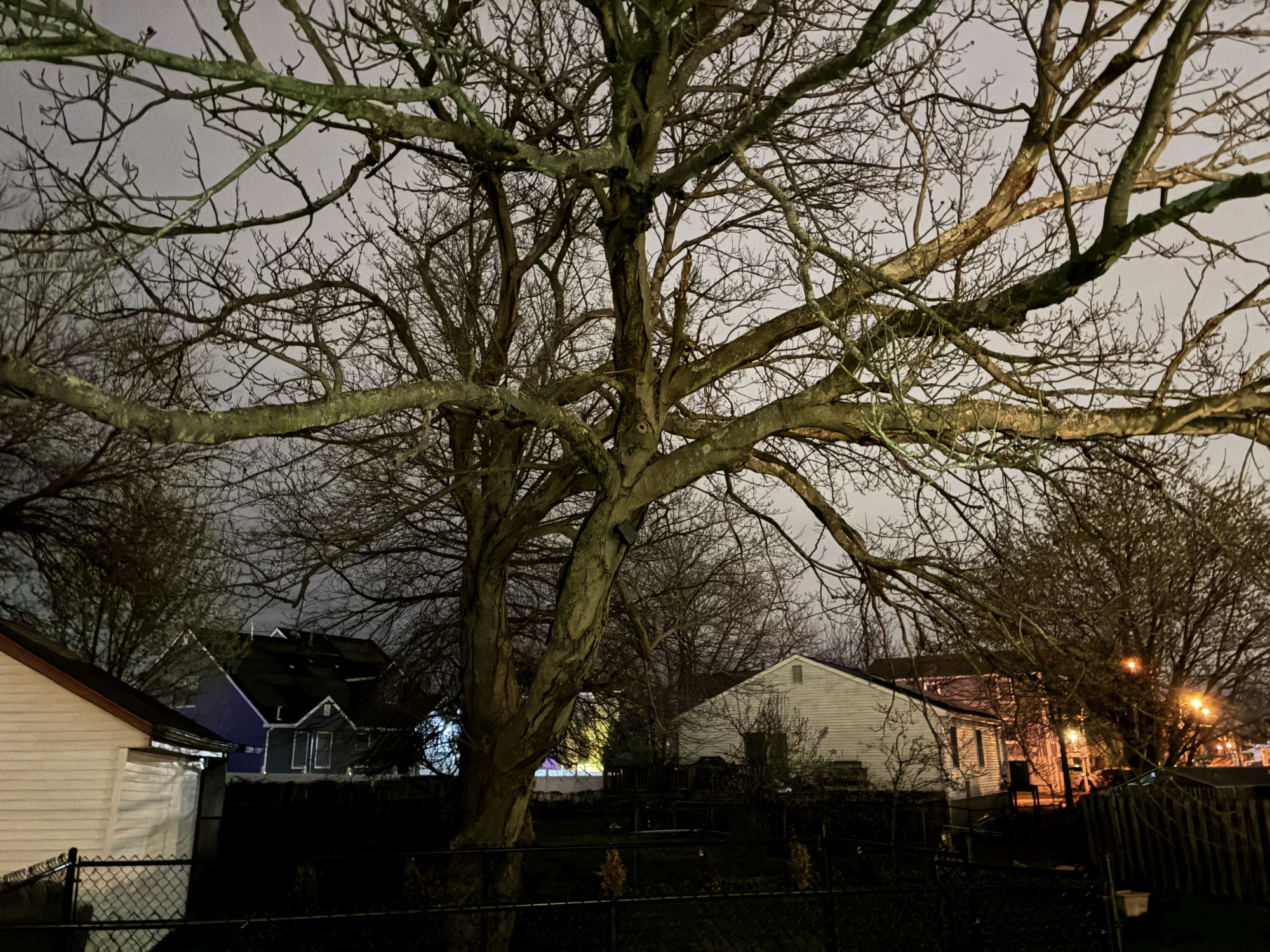
When it comes to video recording, both phones top out at 4K 60fps. They both can also shoot slow motion footage at up to 1080p 240fps.
I recorded the two clips above at 4K 30fps and while they both handle the strong and sudden change of lighting in the scene, the Pixel 9a does look a tad bit overexposed. However, Google's phone does have clearer, less noisy audio recording.
It’s a close one with these two camera phones, but the Pixel 9a offers a more robust experience. Not only is it better in some areas, like low light and selfies, it also has a lot more modes that I find practical to use in my work flow.
Plus, you can’t neglect the fact that the Pixel 9a has an extra ultrawide camera for additional utility to capture group shots or sprawling landscapes.
Winner: Pixel 9a
Pixel 9a vs. iPhone 16e: Performance

Apple and Google have the same strategy for powering their cheaper phones — use the same chip as the last flagship models. That means a Tensor G4 chip in the Pixel 9a's case and an A18 for the iPhone 16e.
Our lab ran both devices through various synthetic tests, with the A18 chip of the iPhone 16e easily outclassing the Tensor G4 in nearly every metric. For example, it’s a wide gap between GeekBench 6 scores — the iPhone 16e’s results are double what you get from the Pixel 9a in this CPU test.
| Row 0 - Cell 0 | Pixel 9a | iPhone 16e |
Chipset | Tensor G4 | Apple A18 |
Geekbench 6 (single-core/multi-core) | 1,707 / 4,512 | 3,328 / 8,132 |
3DMark Wild Life Original Unlimited (score/fps) | 9,592 / 57.44 | 11,904 / 71.27 |
Adobe Premiere Rush time to transcode (mins:secs) | 1:24 | 0:21 |
But while the GPU tests show that the iPhone 16e is the superior phone on paper, I feel that the Pixel 9a is more suitable after running different games on both phones. Most notably, the faster 120Hz refresh rate of the Pixel 9a does translate to a smoother gameplay. I would say that the iPhone 16e is also pretty responsive at running the same games, but it doesn’t have the same fluid look.
The iPhone 16e also crosses the finish line long before the Pixel 9a when it comes to rendering video in Adobe Premiere Rush. If editing videos is high on your priority, the iPhone 16e is much more equipped at doing it, having completed our test more than a minute faster than the Pixel 9a.
Winner: iPhone 16e
Pixel 9a vs. iPhone 16e: Battery and charging
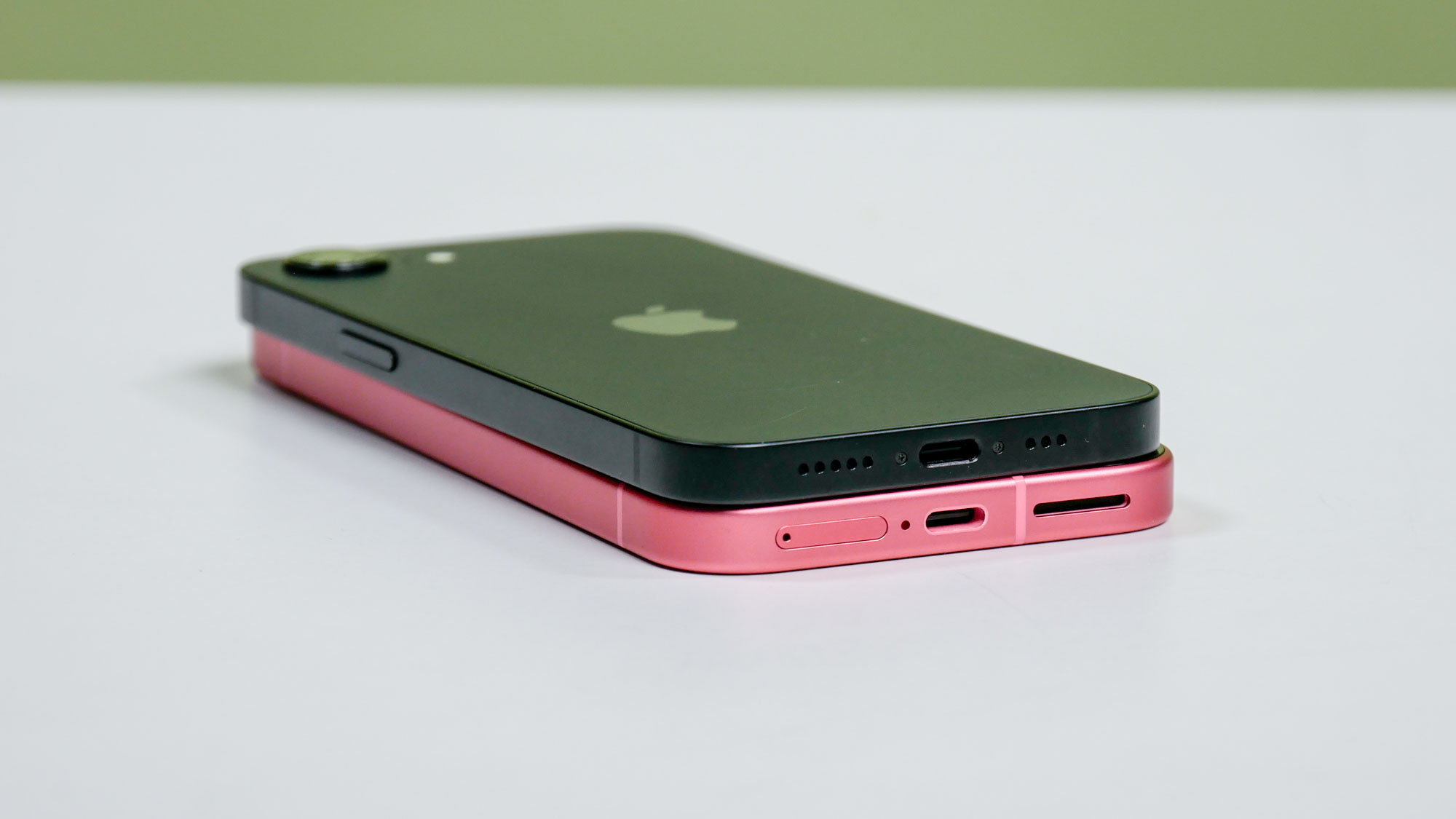
After testing out both phones for more than a week, I found that both got me through a work shift without any worry, so in that sense, they’re similar with their battery life performance. However, it’s worth noting that the Pixel 9a has an enormous 5,100 mAh battery, which dwarfs the 4,005 mAh cell that teardowns reveal with the iPhone 16e.
In the Tom’s Guide’s battery benchmark test, the Pixel 9a lasts longer with an average time of 13 hours and 8 minutes of surfing the web continuously until it ran out of power. That’s a smidge better than the iPhone 16e’s average time of 12 hours and 41 minutes.
I was expecting a bigger disparity between the two phones, given how the Pixel 9a has a much larger battery. However, it shows how the 3nm manufacturing process of the A18 chip in the iPhone 16e bridges the gap by being more power efficient.
Pixel 9a | iPhone 16e | |
Battery Capacity | 5,100 mAh | 4,005 mAh |
Average Battery life (Hrs:Mins) | 13:08 | 12:41 |
Charging % in 15 minutes | 25% | 32% |
Charging % in 30 minutes | 47% | 57% |
The iPhone 16e supports 20W wired charging, and basic 7.5W wireless charging. (Sadly, there's no MagSafe on this model.) The Pixel 9a offers the same 7.5W wireless charging speed, but slightly higher-powered 23W wired charging with the right charger. As a result of its larger battery, though, the Pixel 9a takes a little longer to charge to the same level as the iPhone 16e. It’s not all that much, though.
Winner: Pixel 9a
Pixel 9a vs. iPhone 16e: Software and AI

The Pixel 9a is running Android 15 and the iPhone 16e with iOS 18. There’s a lot in common with the two opposing mobile platforms, but nowadays they’re distinguished by something totally different.
Both Google and Apple are focused on AI features with their Gemini and Apple Intelligence suites respectively. For the Pixel 9a, that involves features like Add Me for adding missing people into photos, Pixel Studio image generation powers, Gemini Live for chatty AI antics and phone call-related features like automatic transcription and summarization.
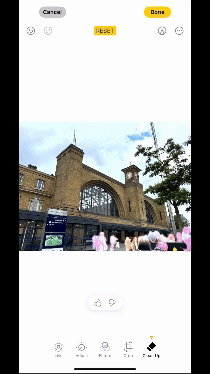
In the iPhone 16e's case, Apple Intelligence tools include elements like Visual Intelligence for asking questions about what's in front of your camera lens, Writing Tools for help with drafting text, Photo Clean Up for tidying images and Image Playground and Genmoji for generating pictures and custom emoji.










I would say that between them, the Pixel 9a offers the richer suite of AI features that I find much more practical to use. One of the biggest examples is Call Screen, where Google Assistant can take phone calls for me — a feature that Apple Intelligence doesn’t offer.
I’ve also put Pixel Studio and Image Playground to the test to see which image generator is better at creating people. And now that Gemini Live can perform visual searches with the help of Pixel 9a’s camera, it beats out what Visual Intelligence can do.
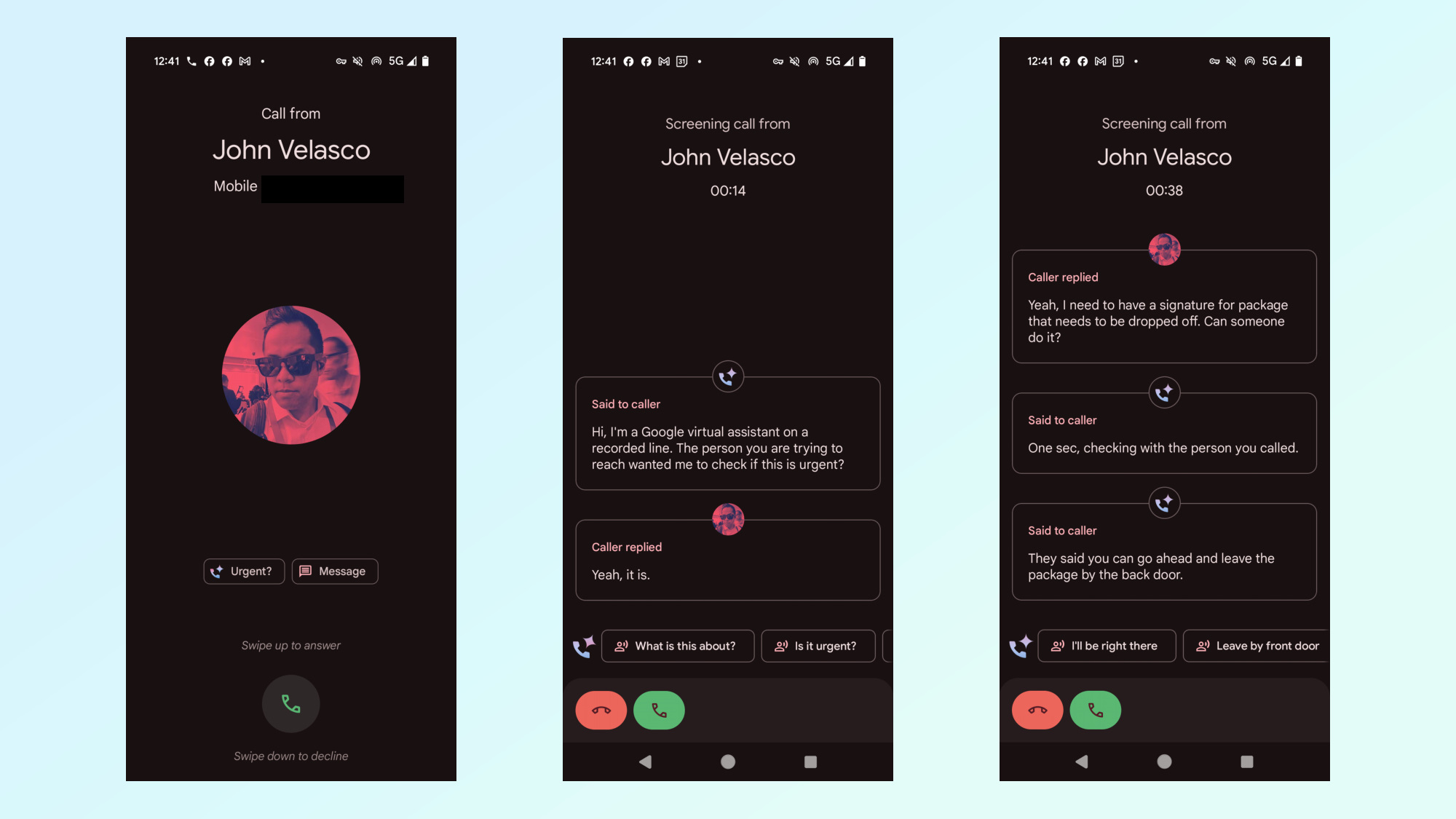
Finally, Google is once again offering seven full years of updates for the Pixel 9a. That's still the longest we've seen for any phone at this price. Apple doesn't make specific software update promises, but normally supports its phones with five years of updates. Perhaps that's enough for users who plan to upgrade by 2030, but the Pixel will obviously last longer.
Winner: Pixel 9a
Pixel 9a vs. iPhone 16e: Verdict
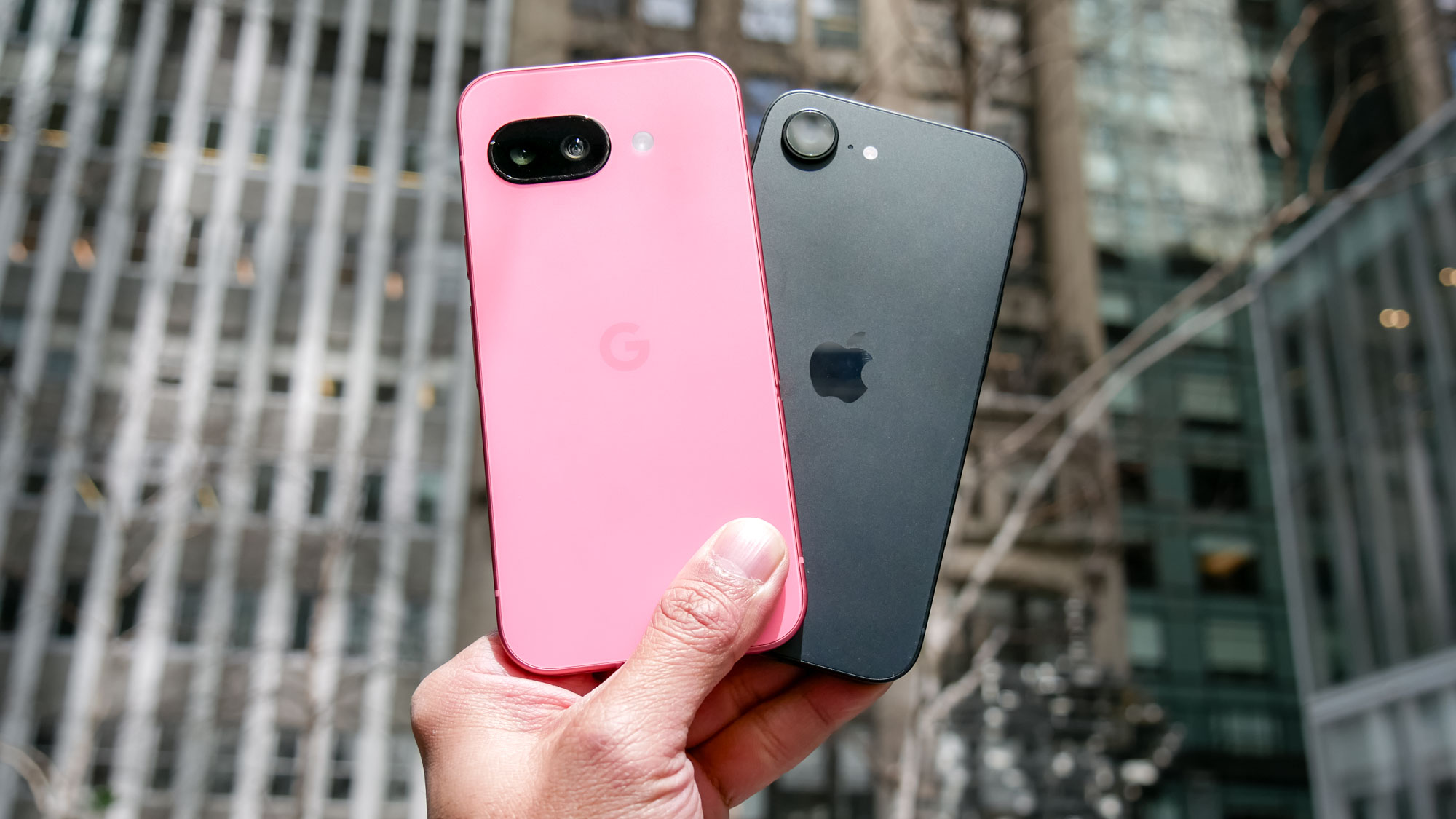
I honestly thought a Pixel 9a vs. iPhone 16e face-off would’ve turned out a lot closer, but it proves again how Google can’t be beat when it comes to making the best cheap phone. With exception of its processing performance, the Pixel 9a manages to win every other category in this 7-round face-off.
Again, I can’t overstate the Pixel 9a's hardware advantages — like how it has dual cameras and a faster display refresh rate — while emphasizing how it’s still somehow $100 less than the iPhone 16e. Paired with the smarter AI features, longer battery life, and extended software support, the Pixel 9a is without question the superior phone here.
I’m really glad that Apple finally updated its cheapest iPhone, but the iPhone 16e can’t match the value of the Pixel 9a. That said, I do hope that future models get a proper yearly refresh like the rest of the iPhones because I’d sooner hope for bigger hardware improvements now than much later.
More from Tom's Guide
Sign up to get the BEST of Tom's Guide direct to your inbox.
Get instant access to breaking news, the hottest reviews, great deals and helpful tips.

John’s a senior editor covering phones for Tom’s Guide. He’s no stranger in this area having covered mobile phones and gadgets since 2008 when he started his career. On top of his editor duties, he’s a seasoned videographer being in front and behind the camera producing YouTube videos. Previously, he held editor roles with PhoneArena, Android Authority, Digital Trends, and SPY. Outside of tech, he enjoys producing mini documentaries and fun social clips for small businesses, enjoying the beach life at the Jersey Shore, and recently becoming a first time homeowner.
You must confirm your public display name before commenting
Please logout and then login again, you will then be prompted to enter your display name.




